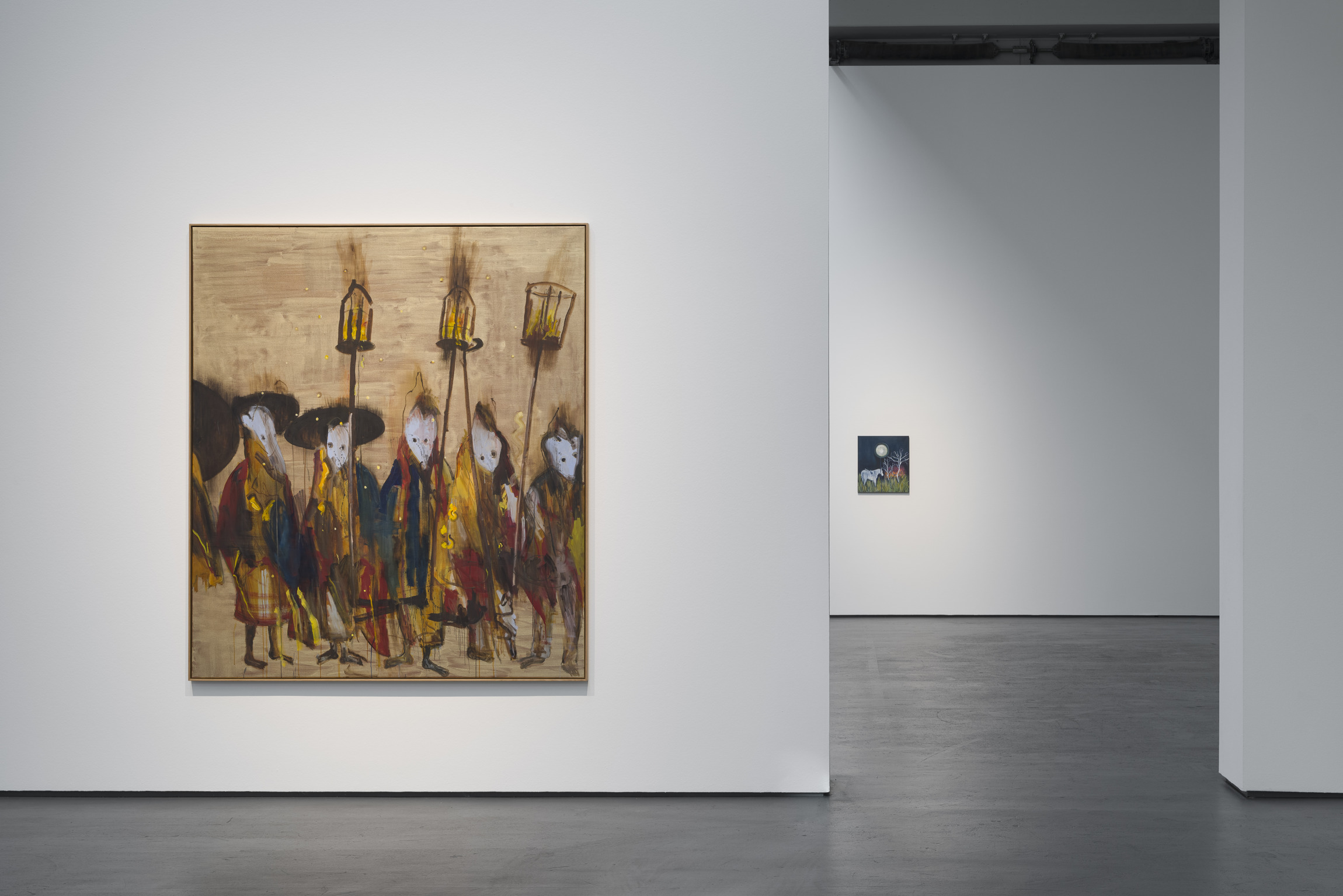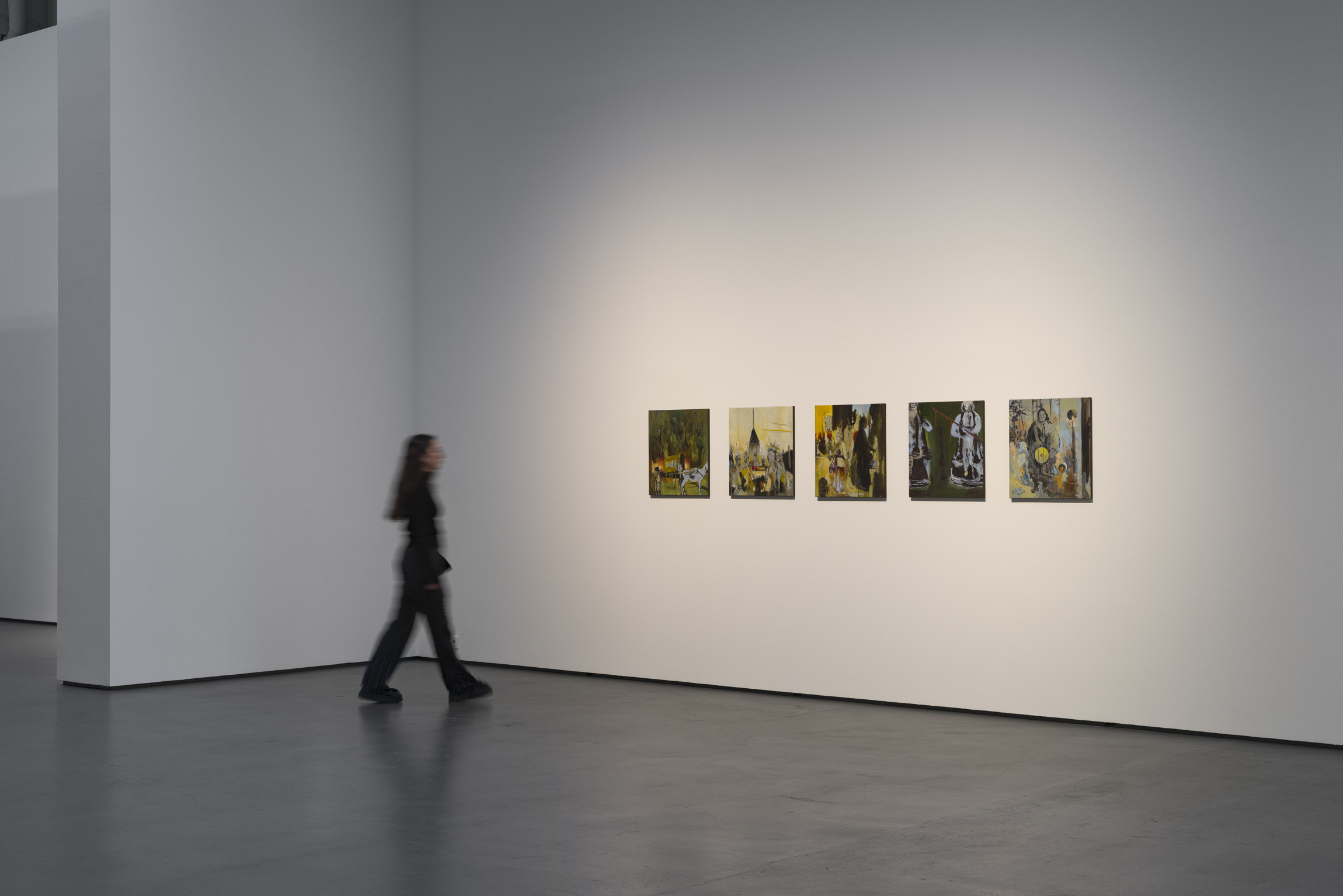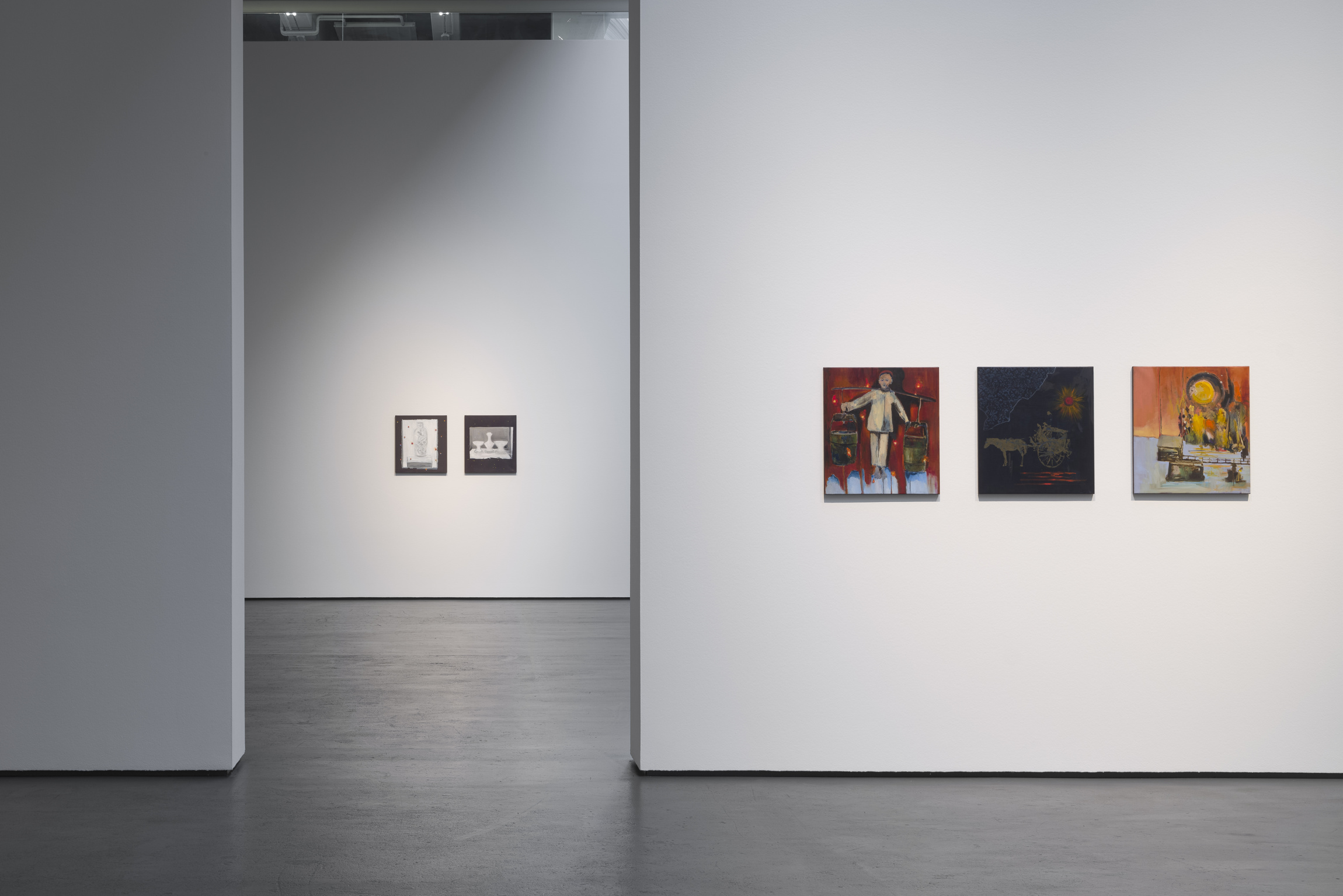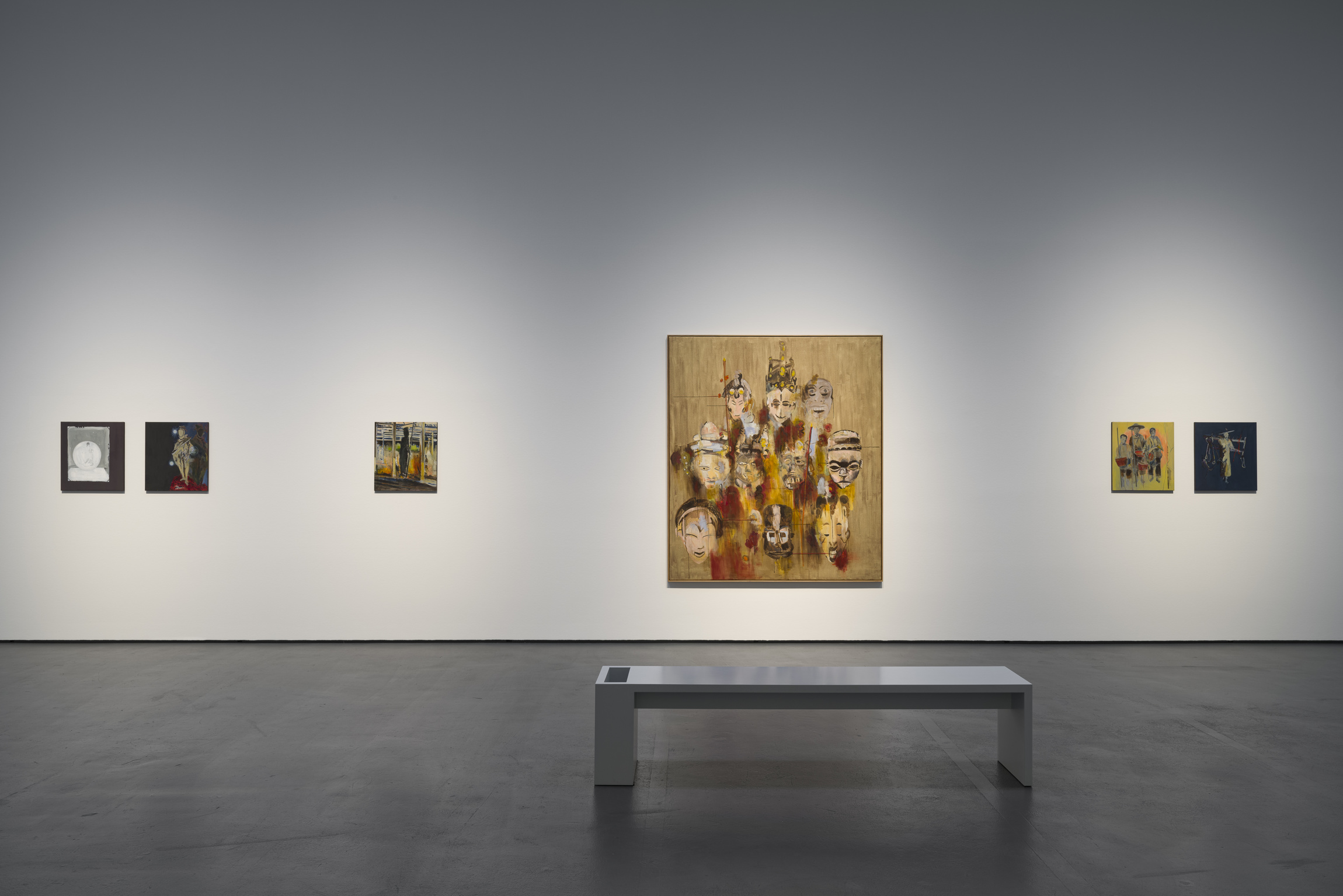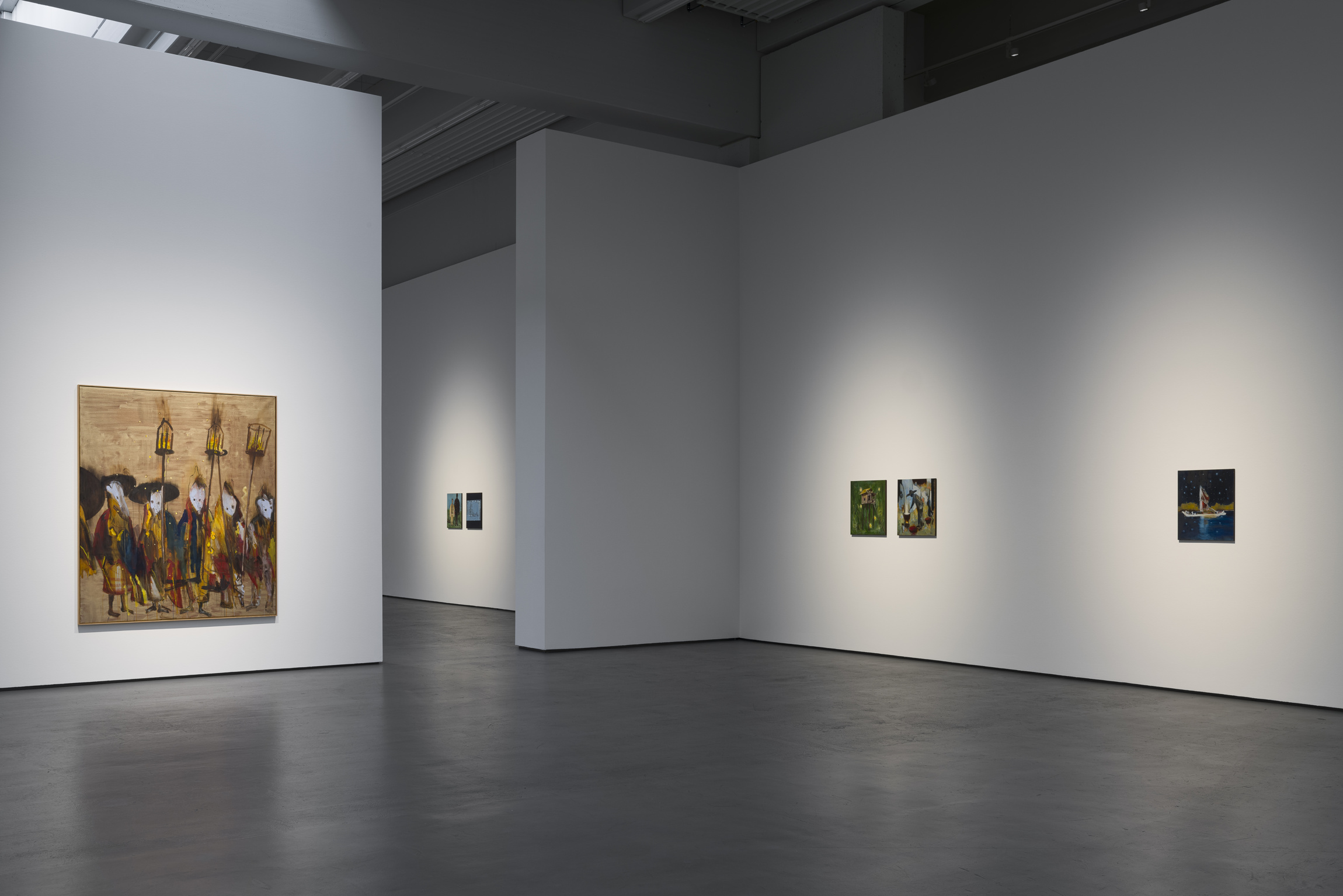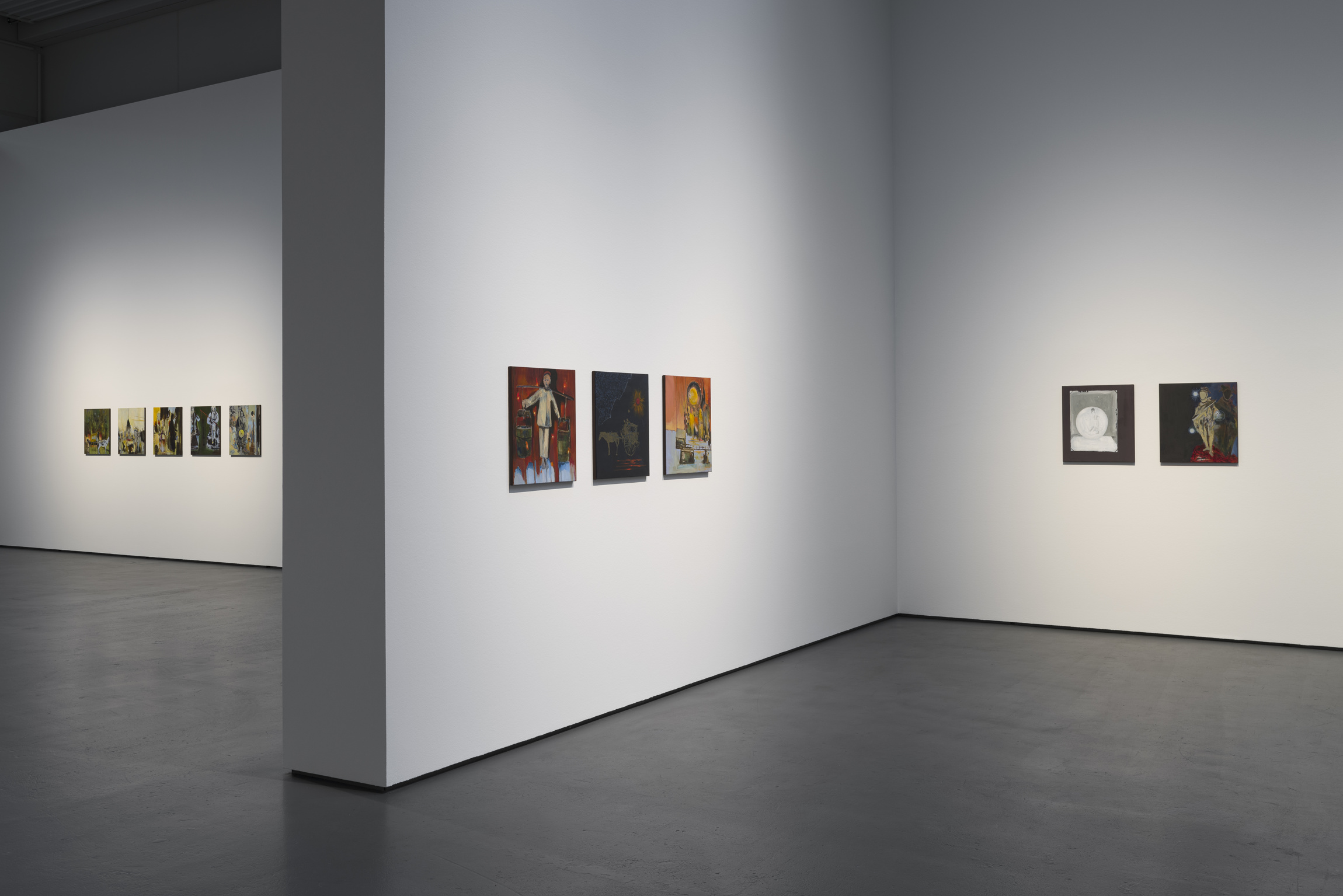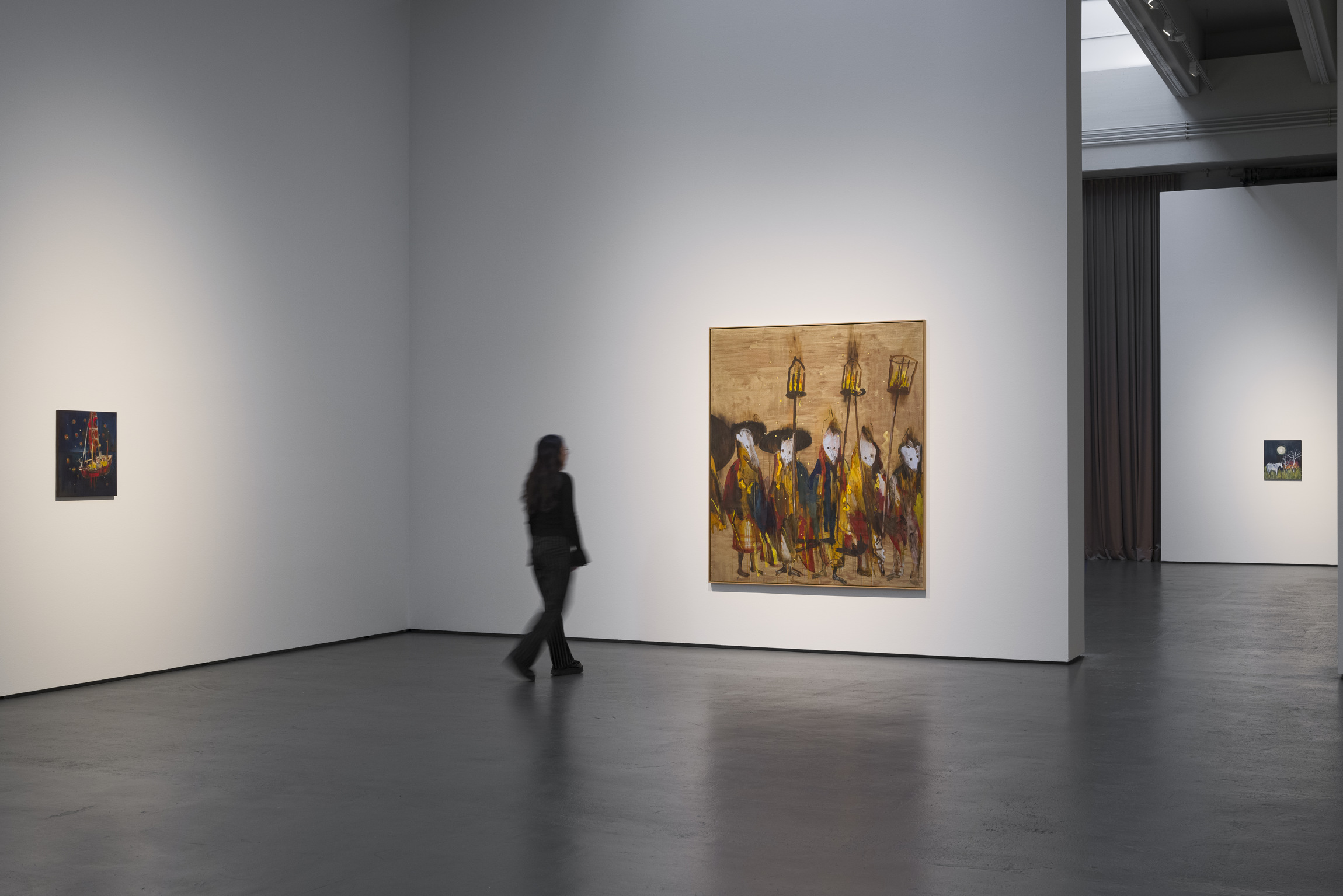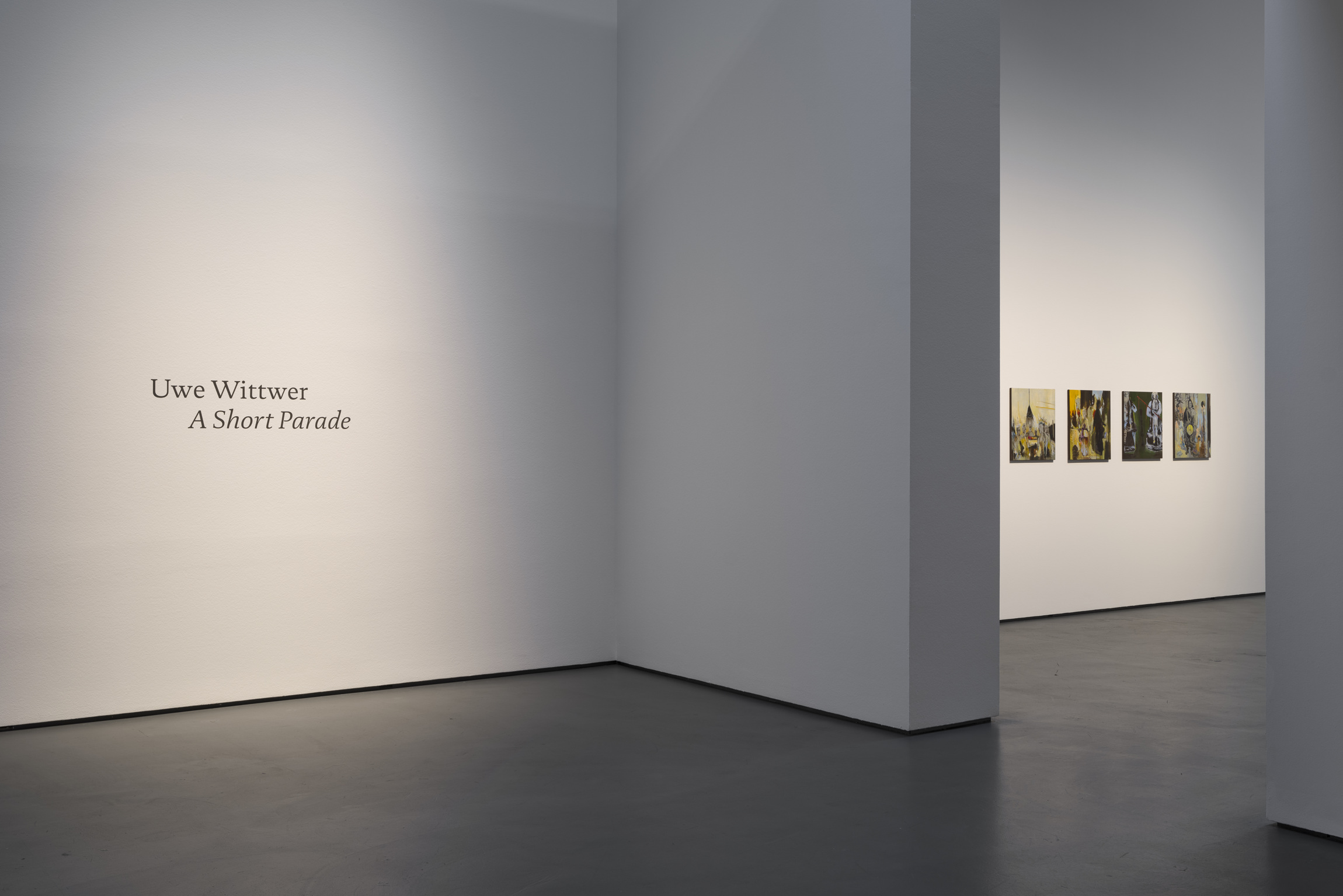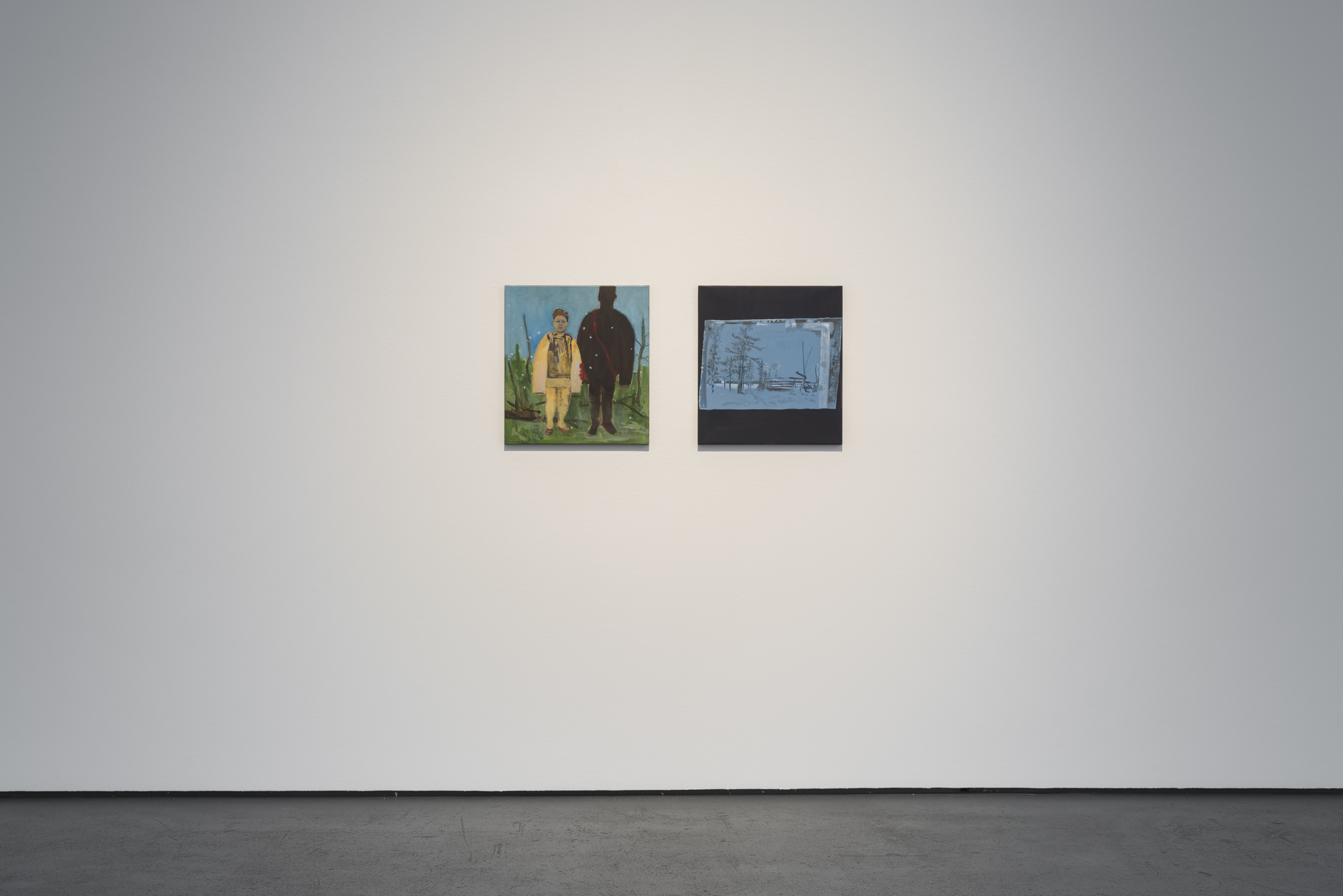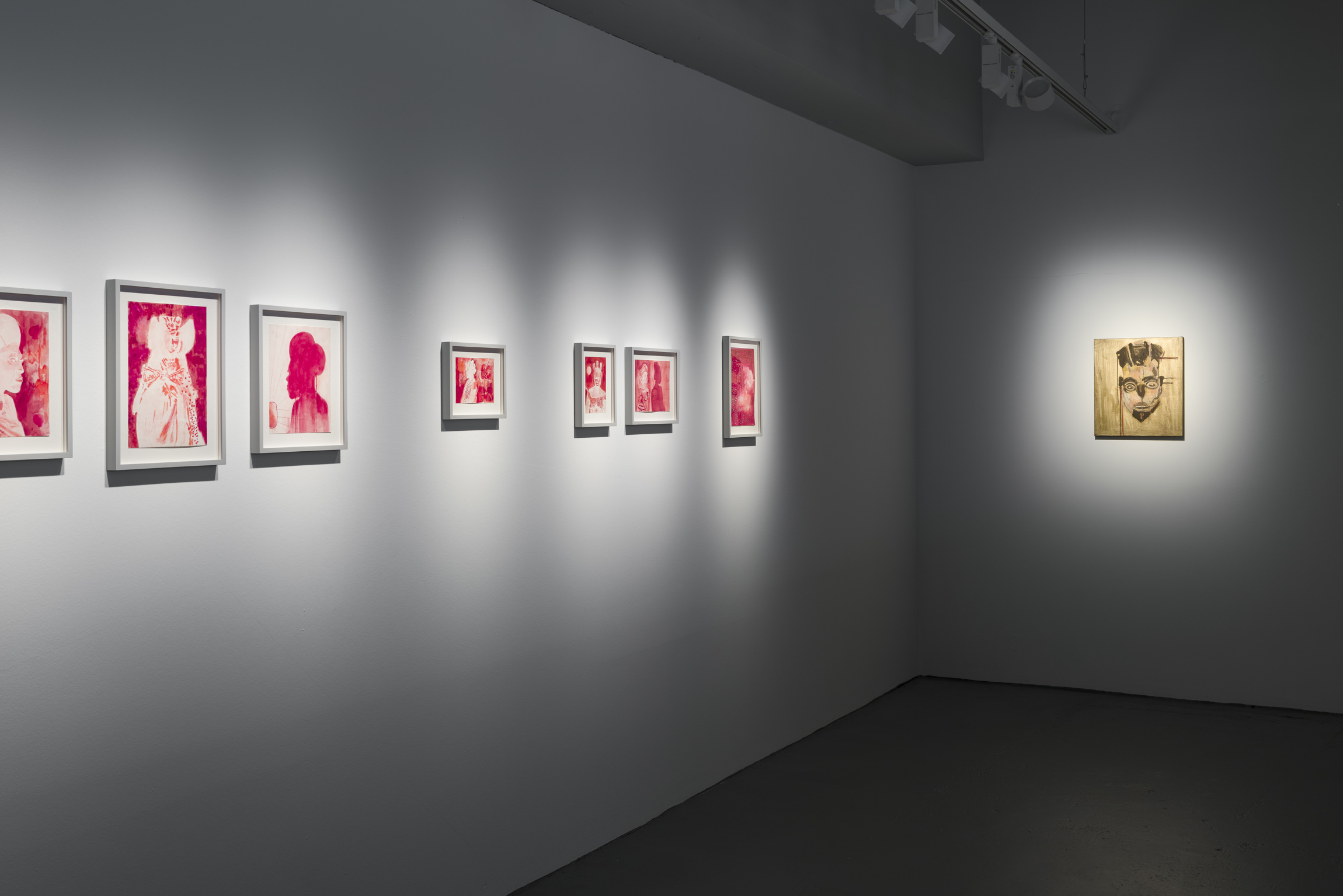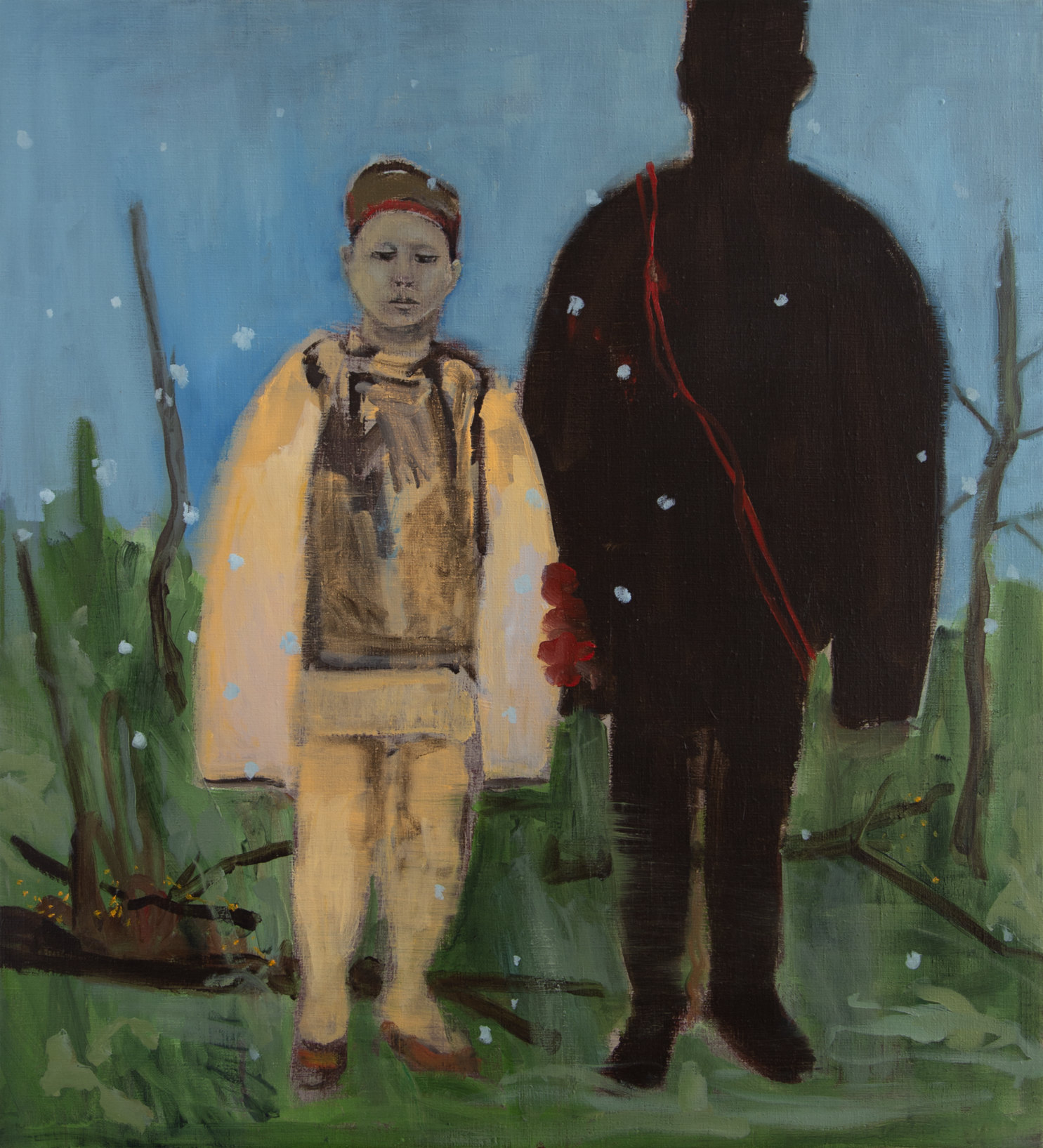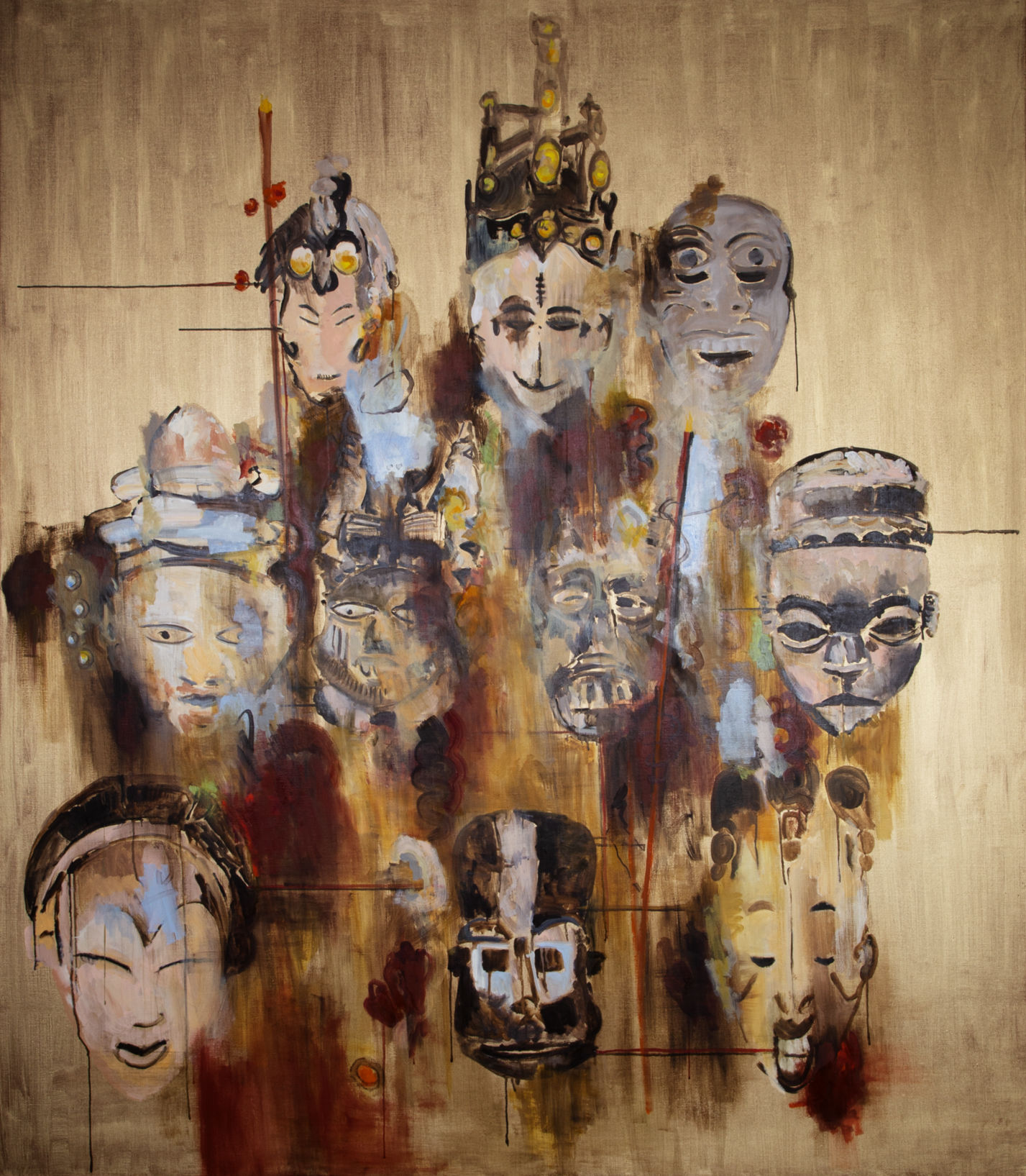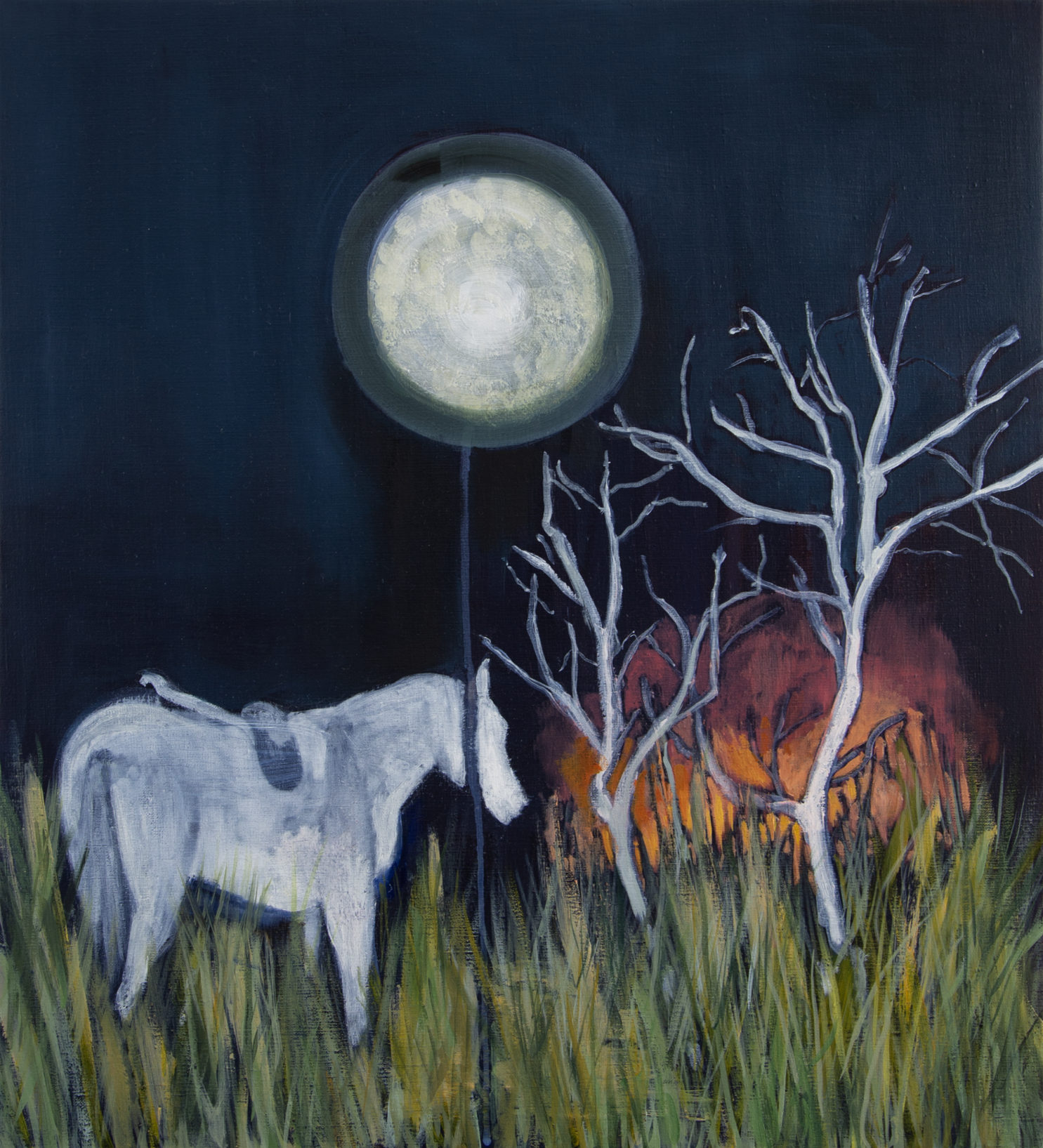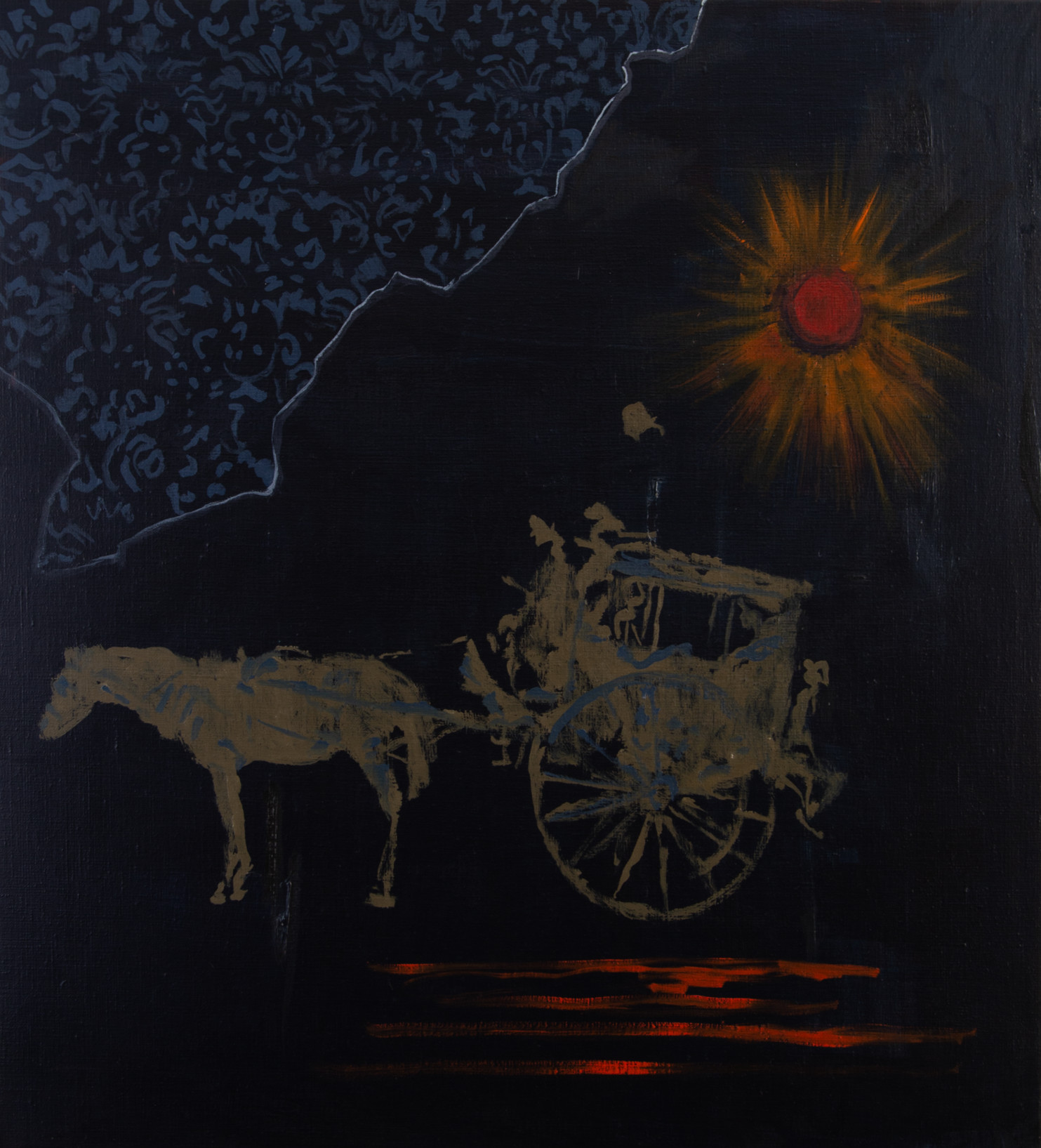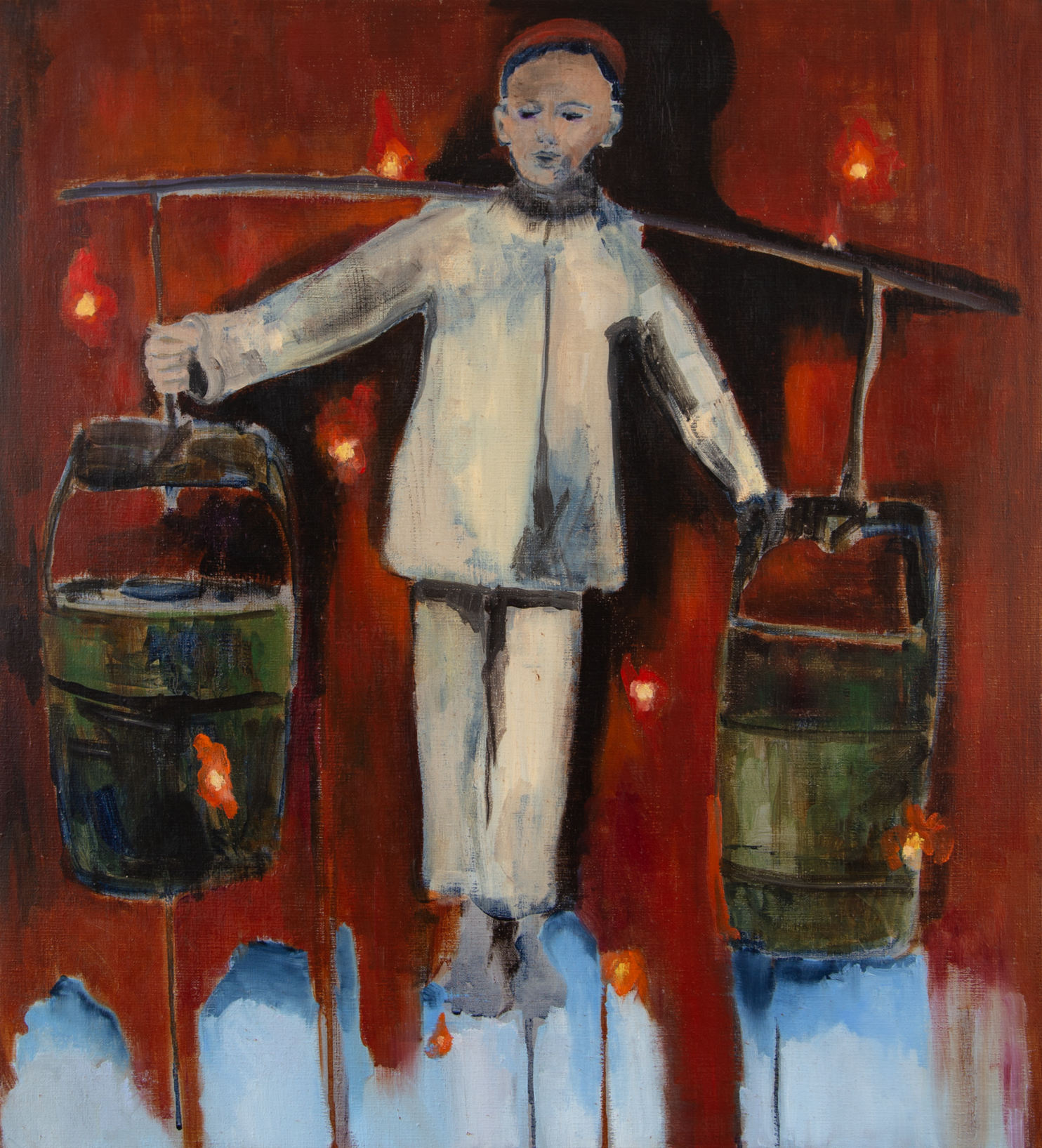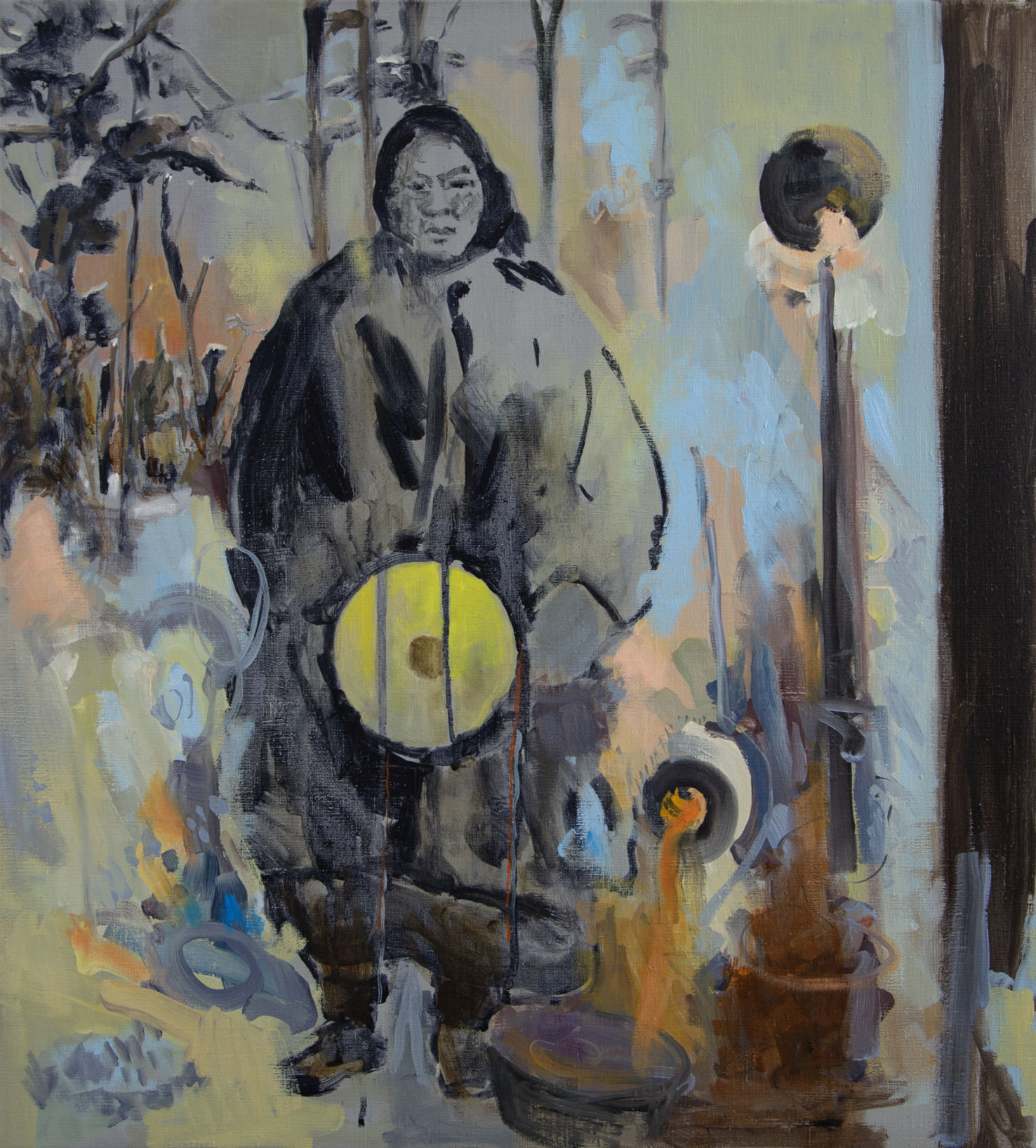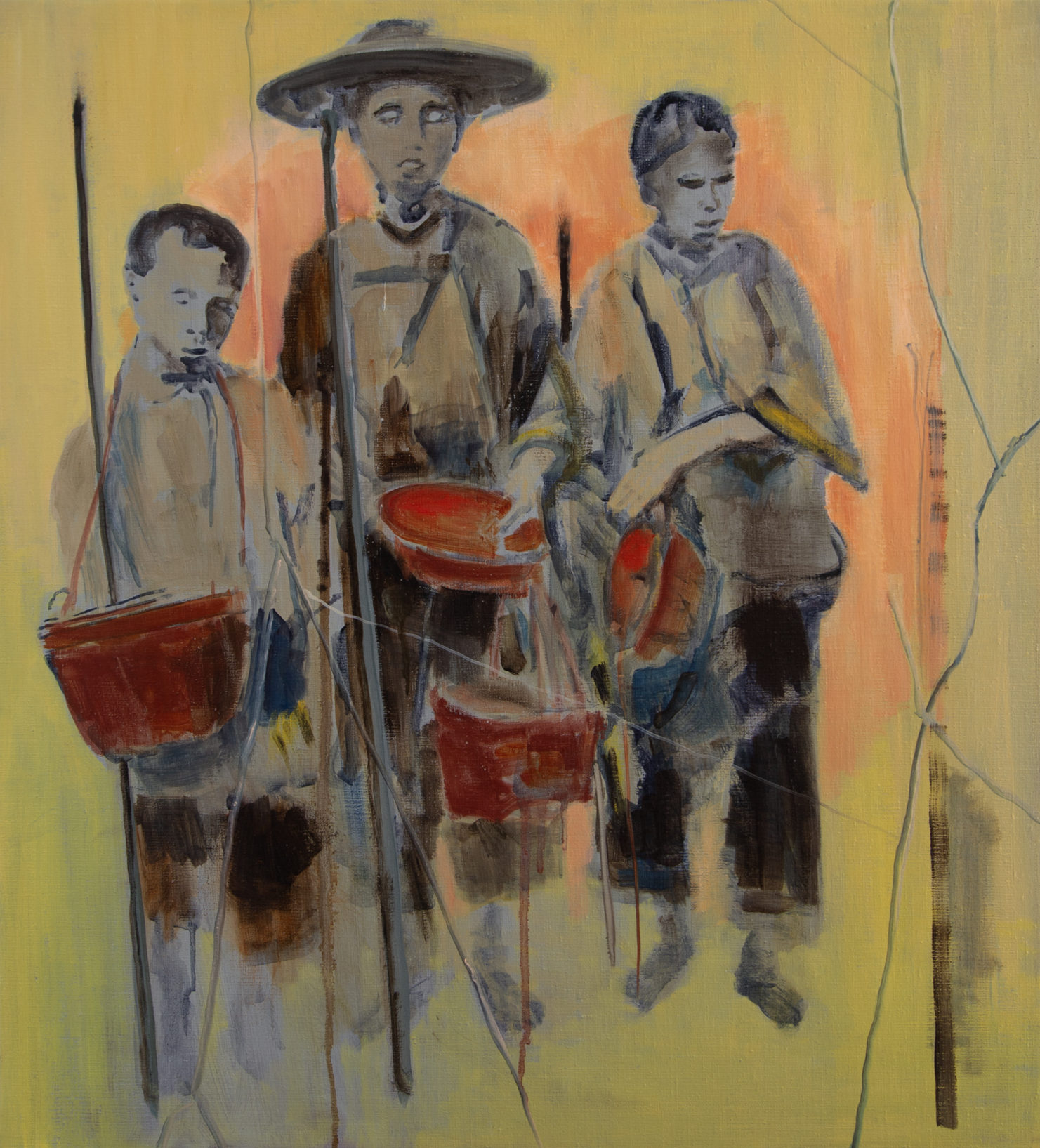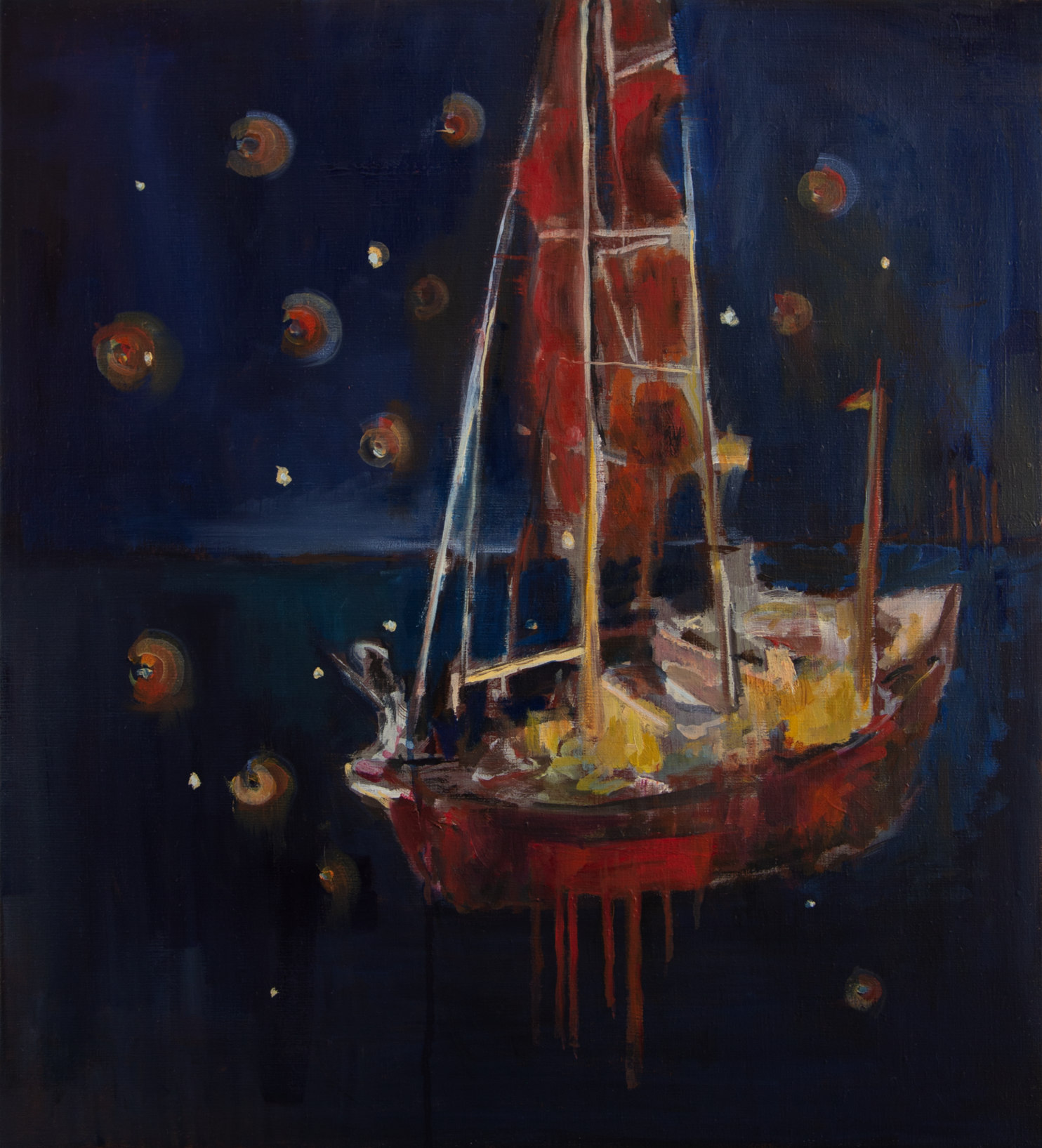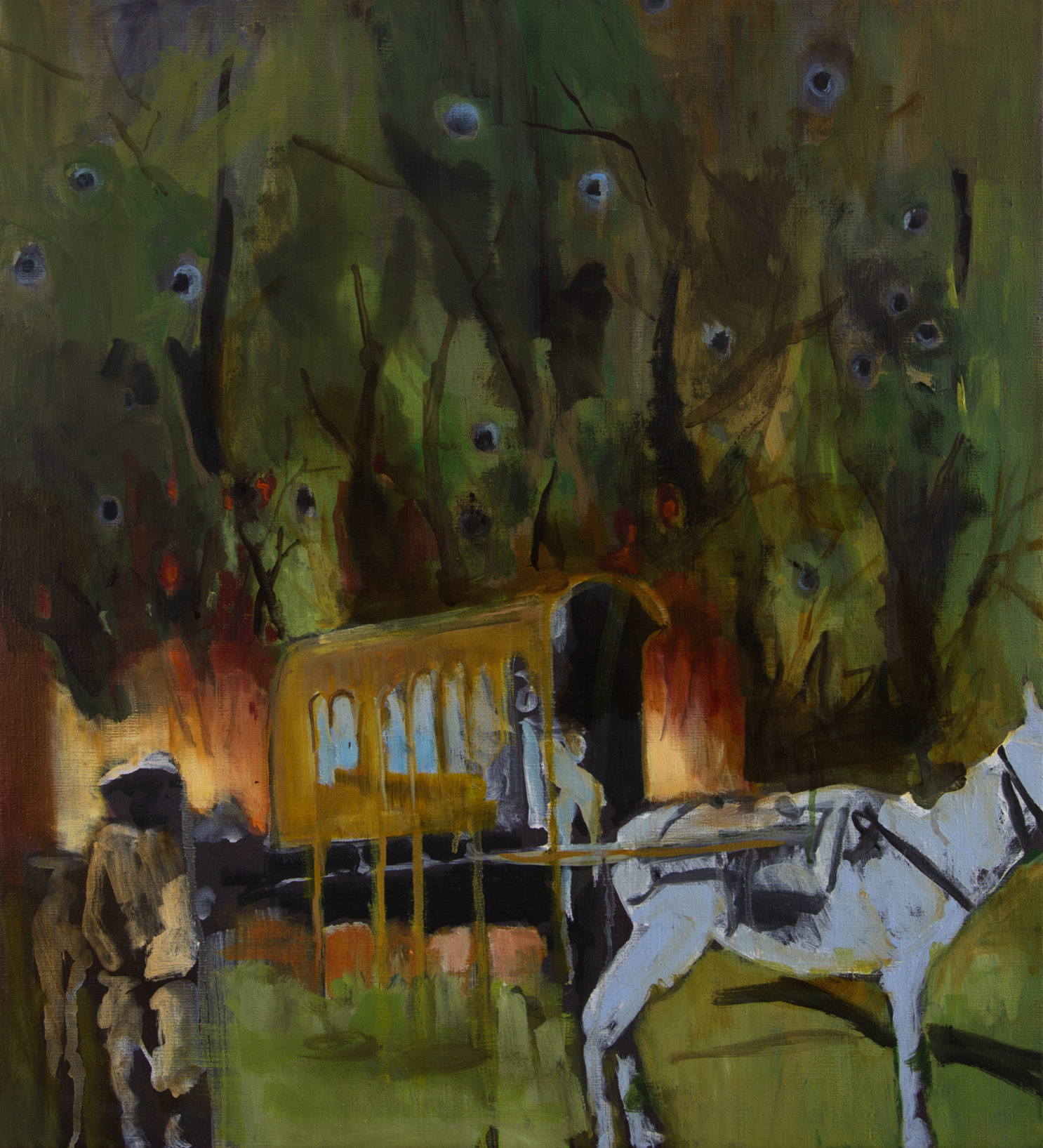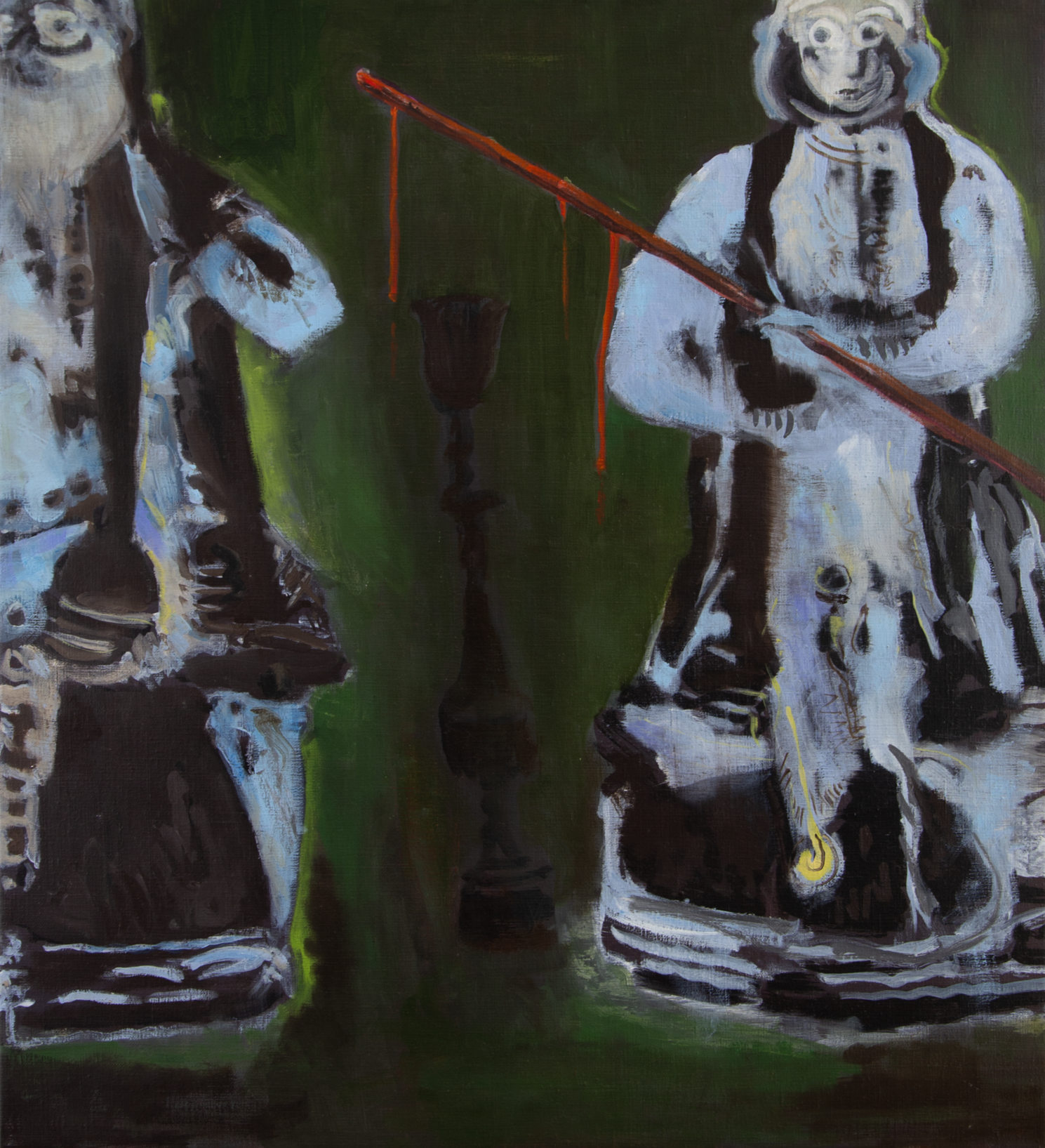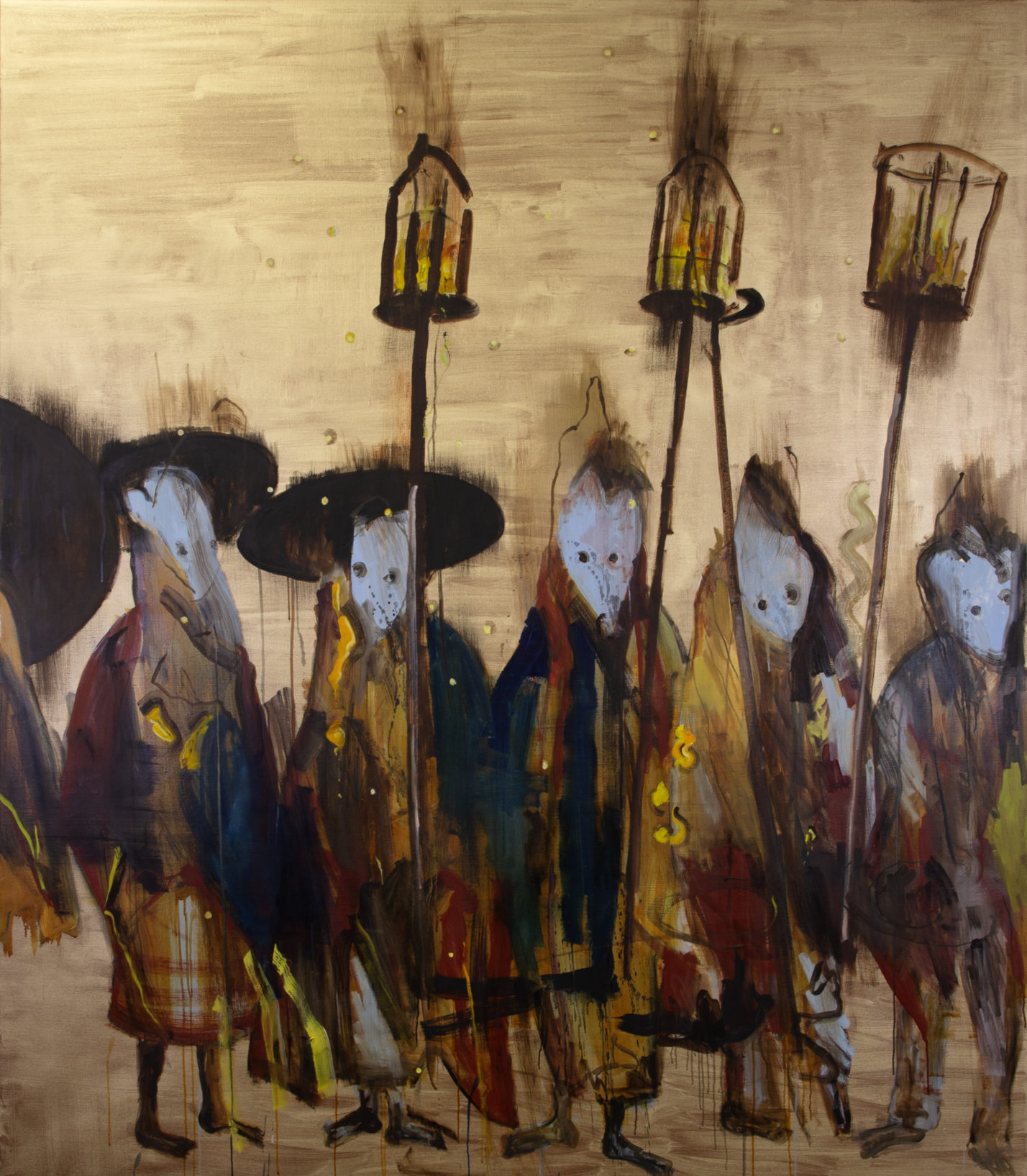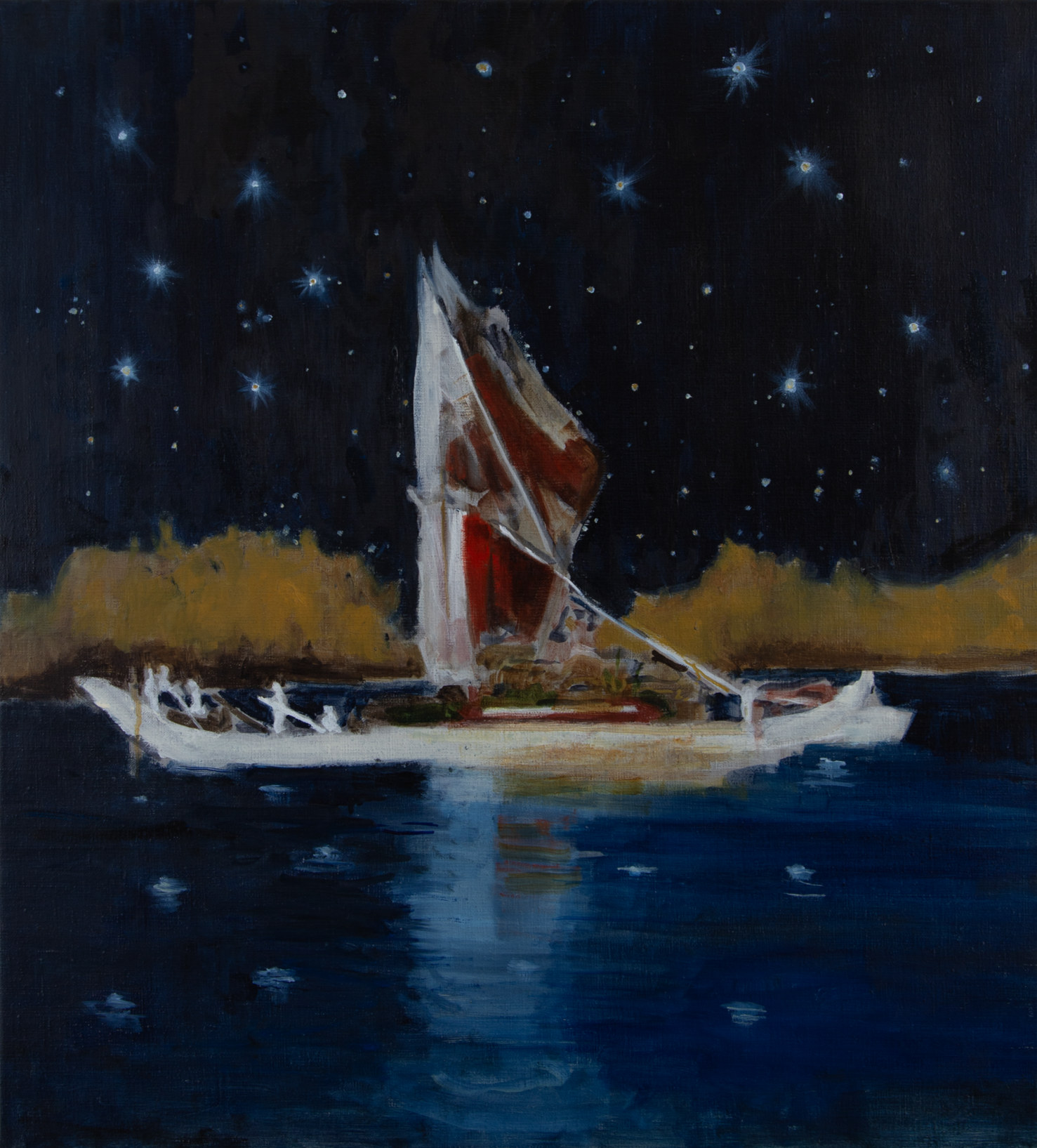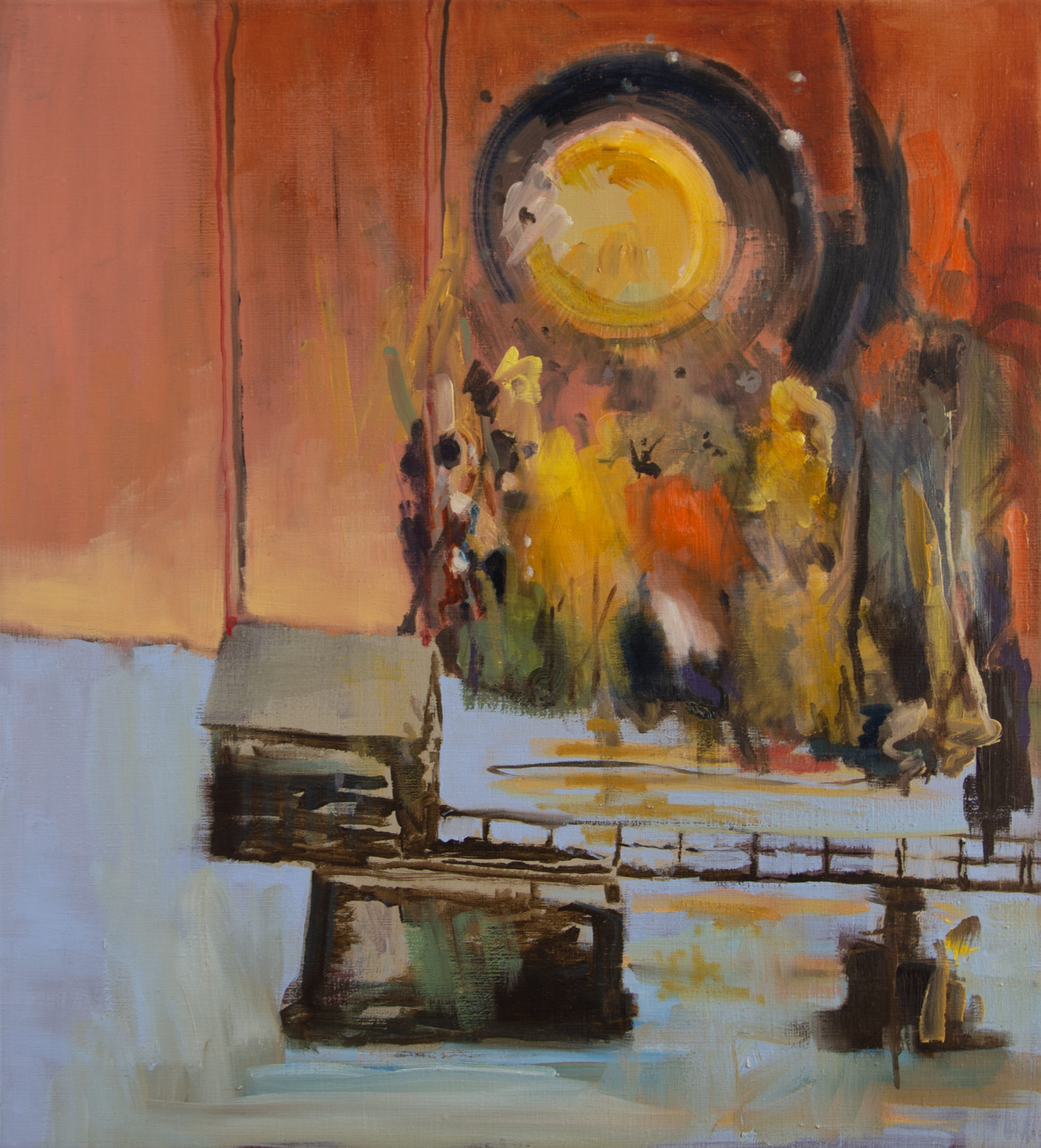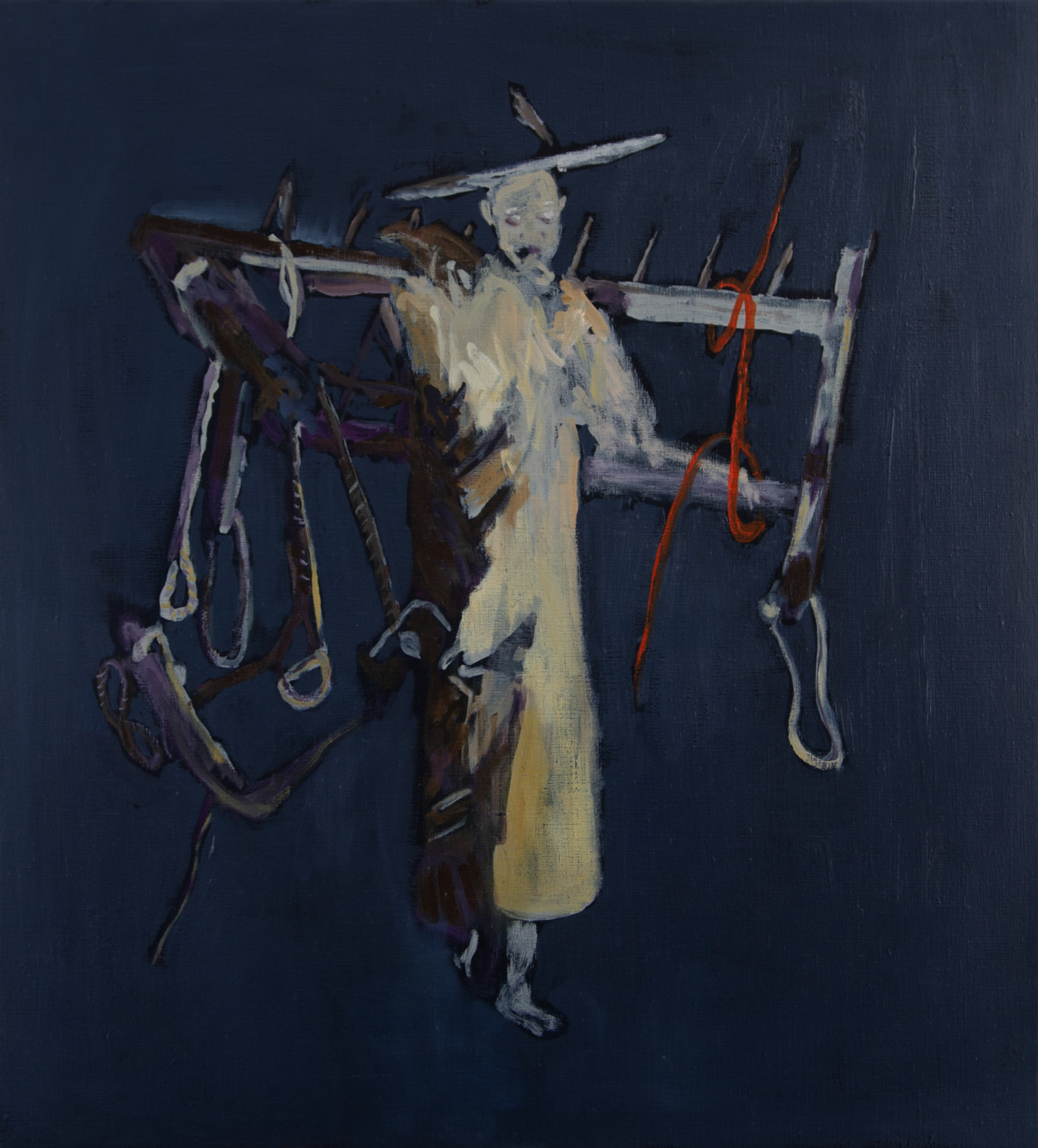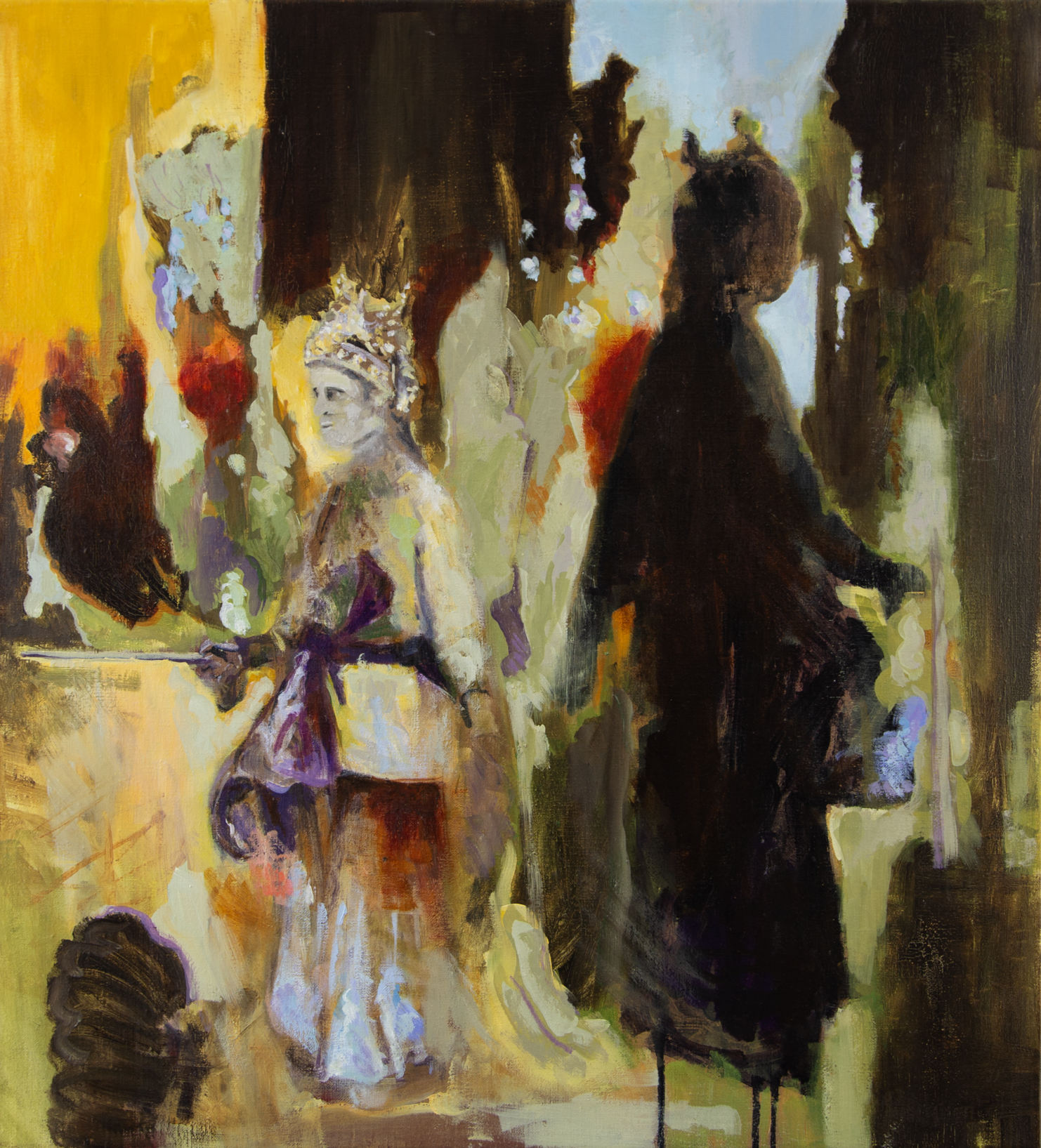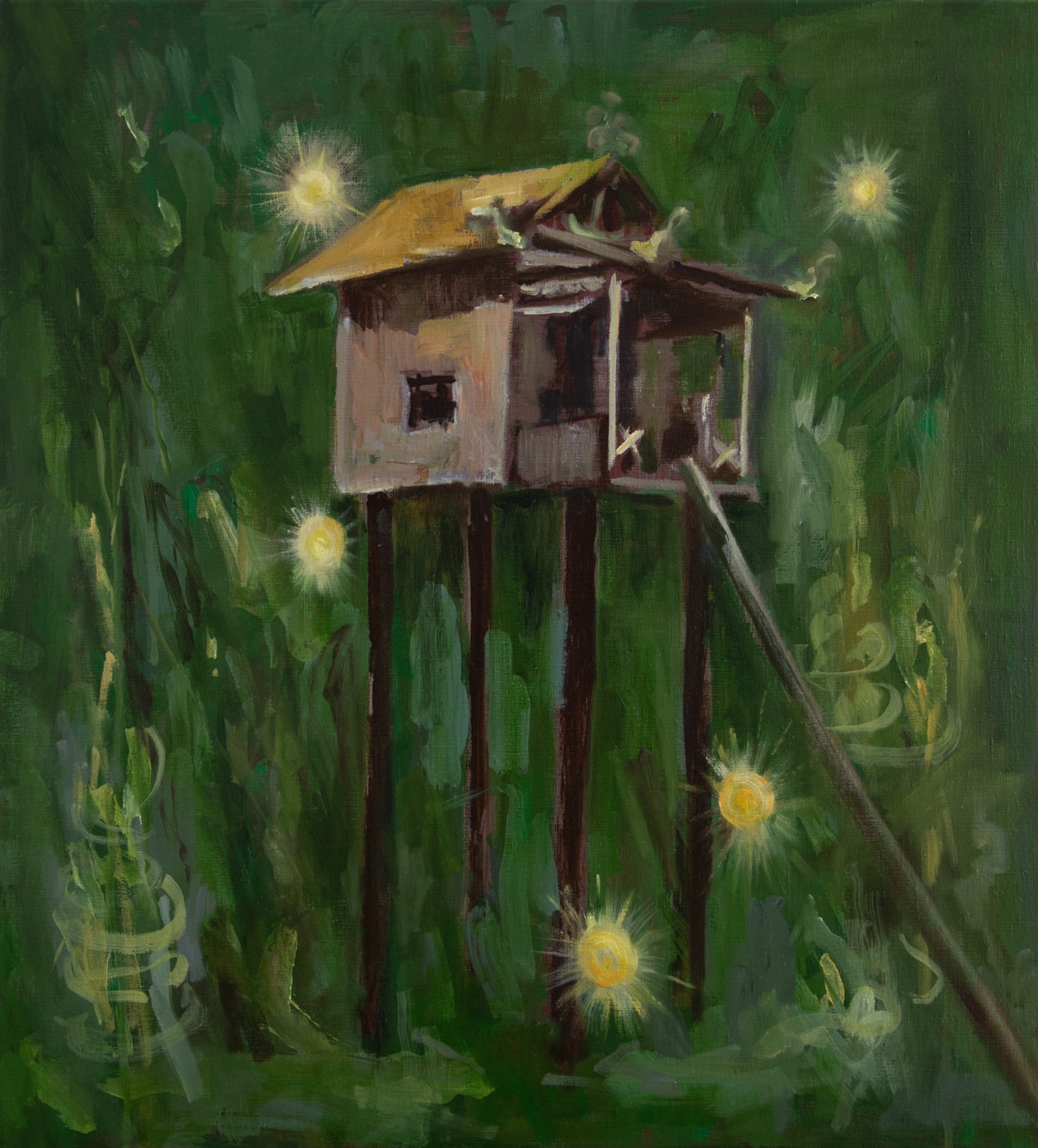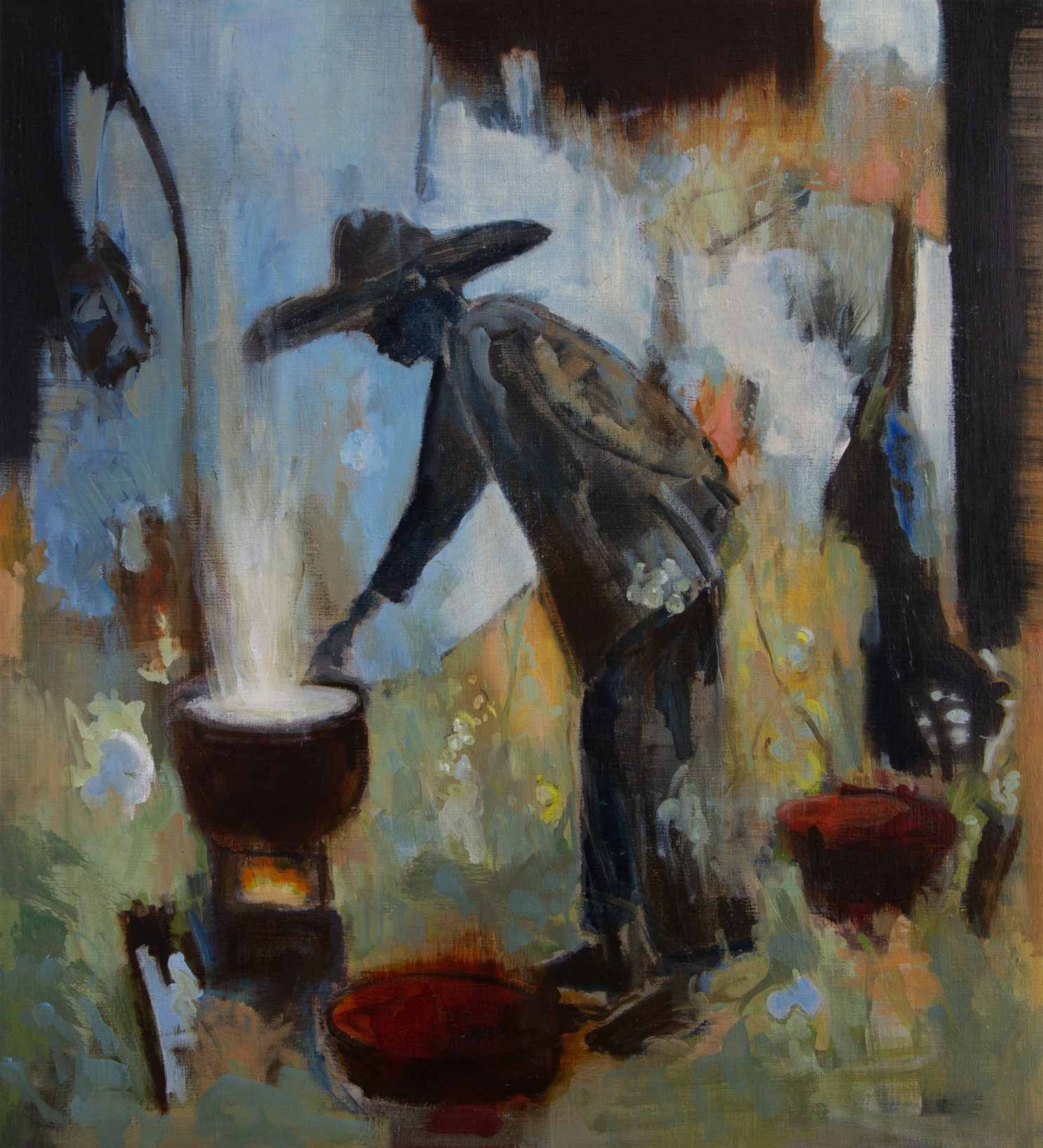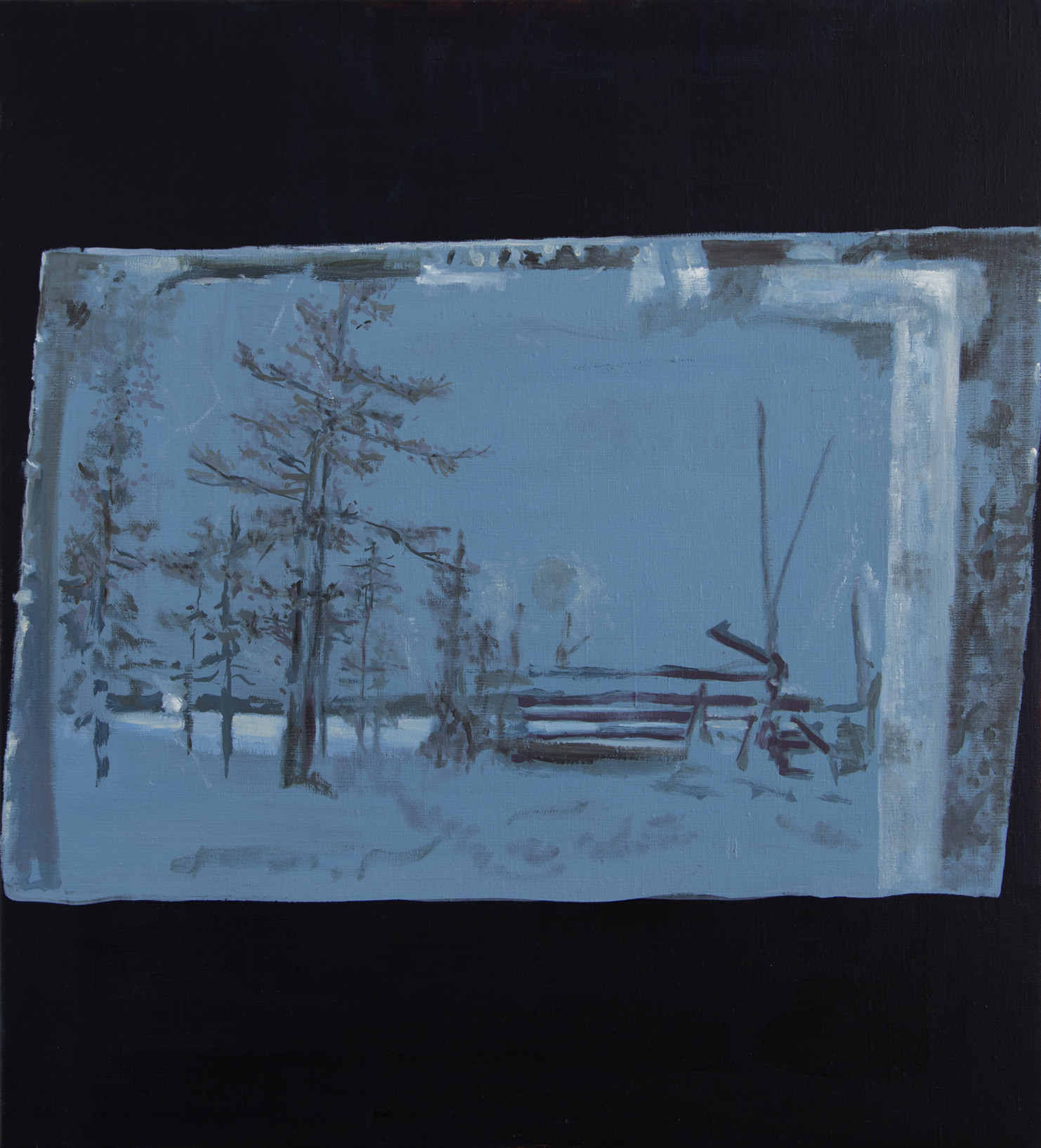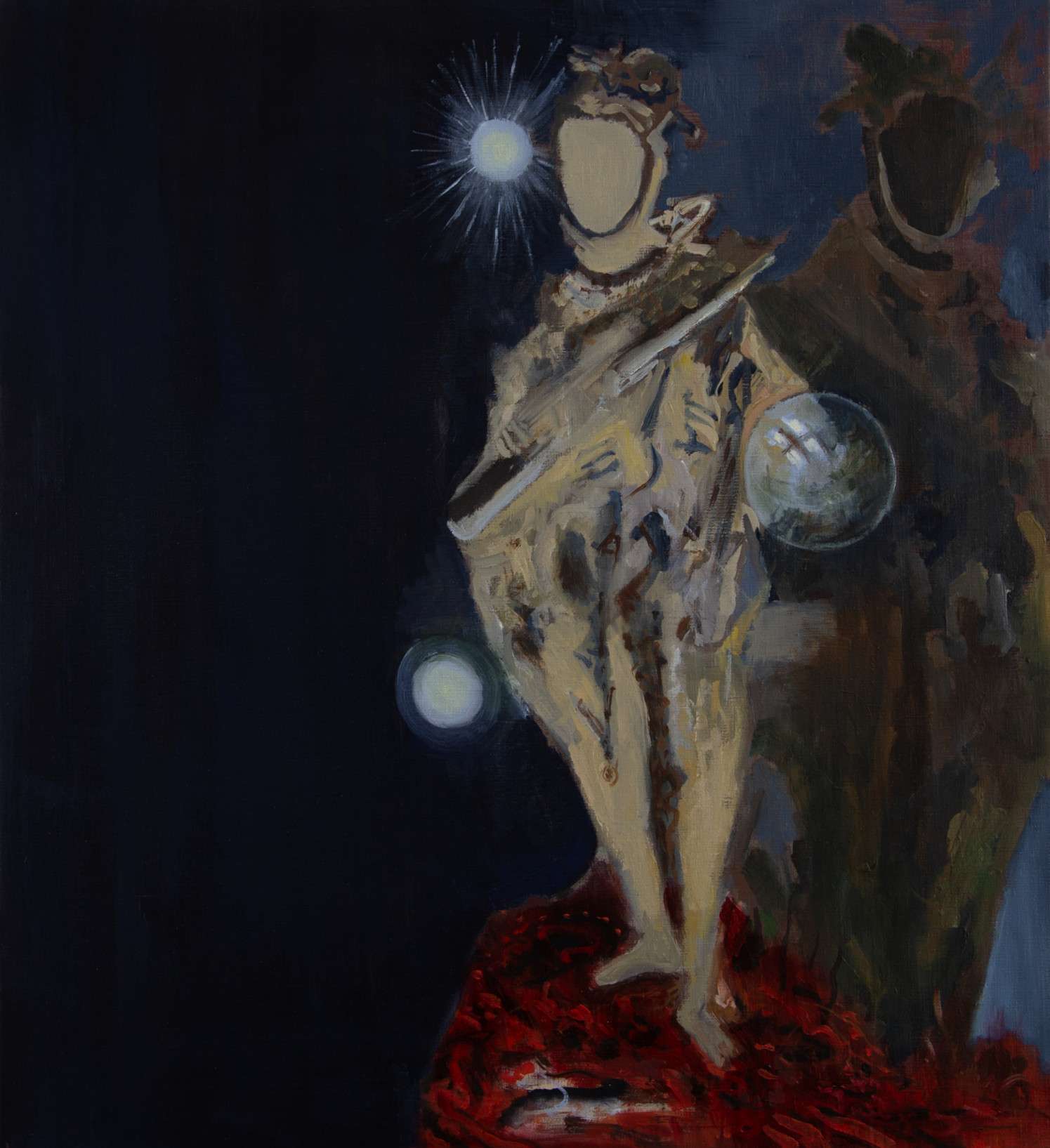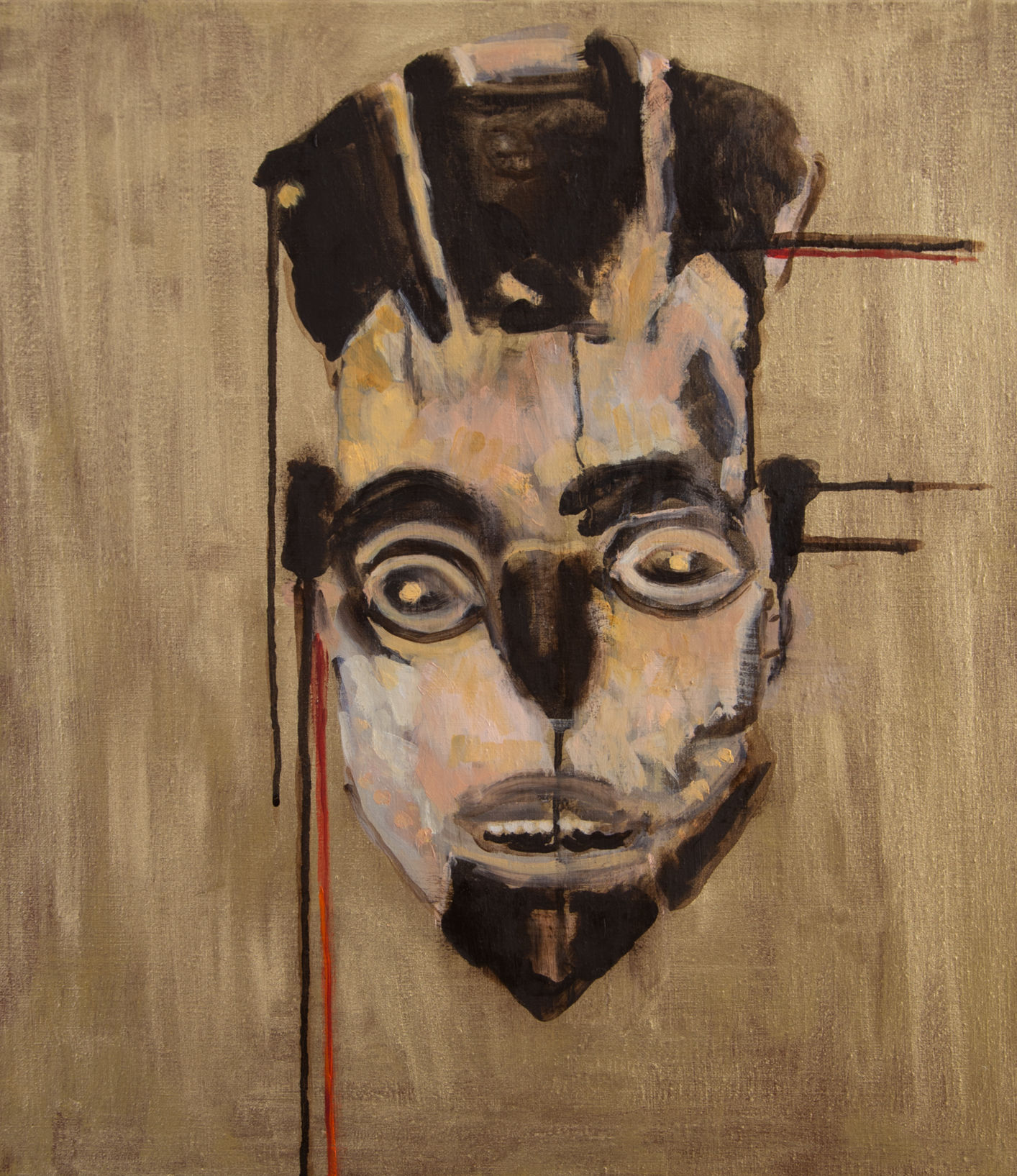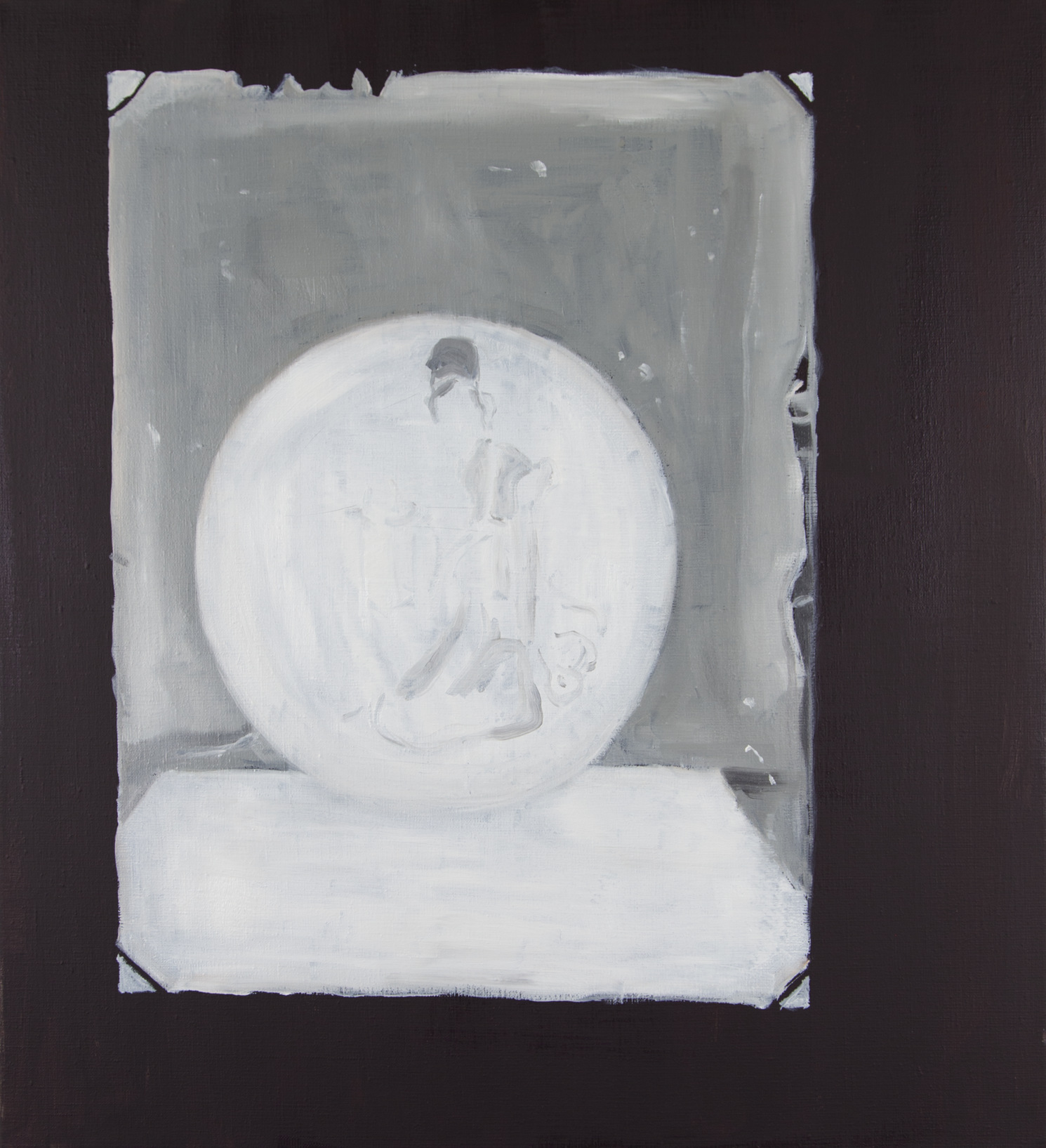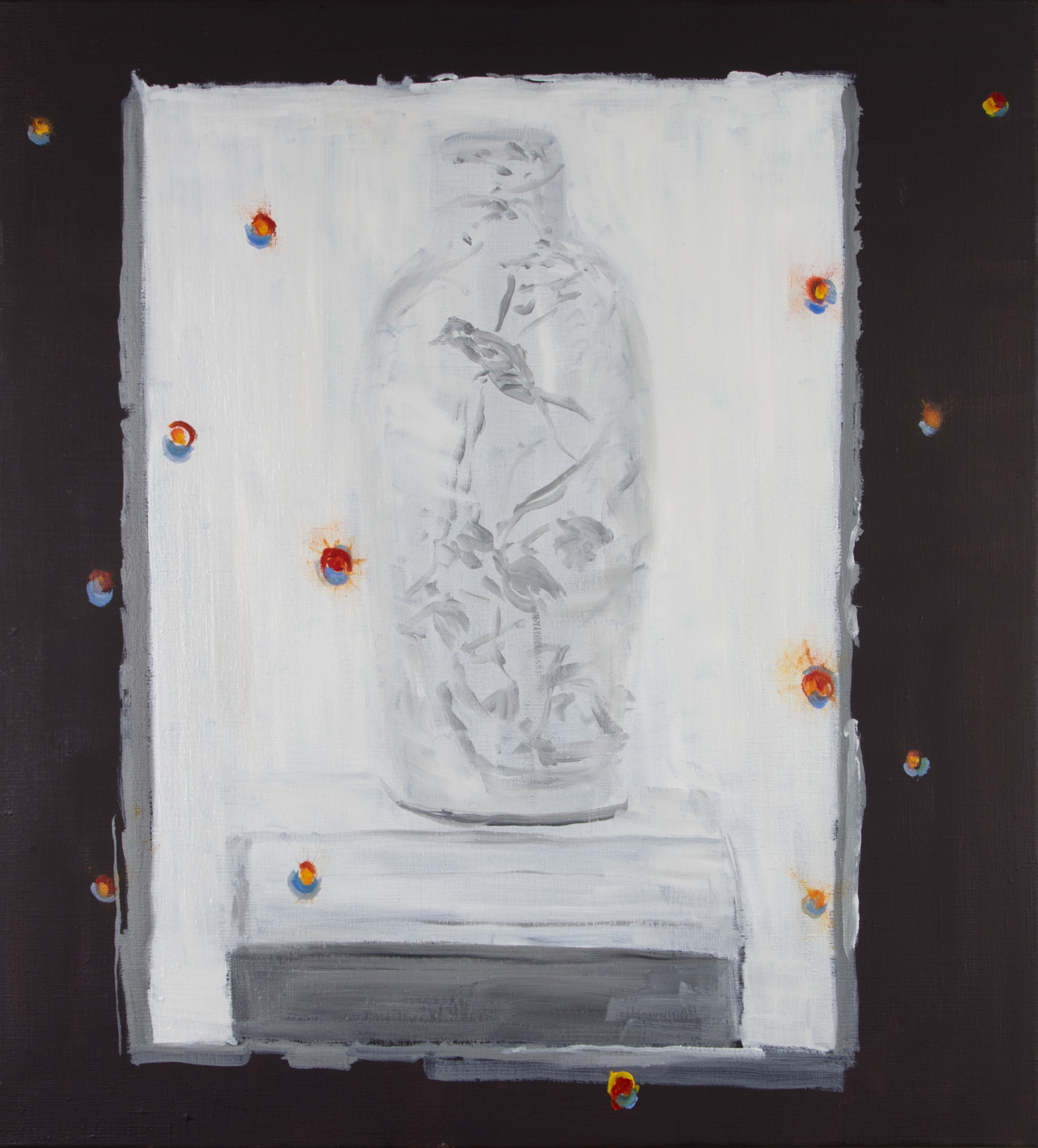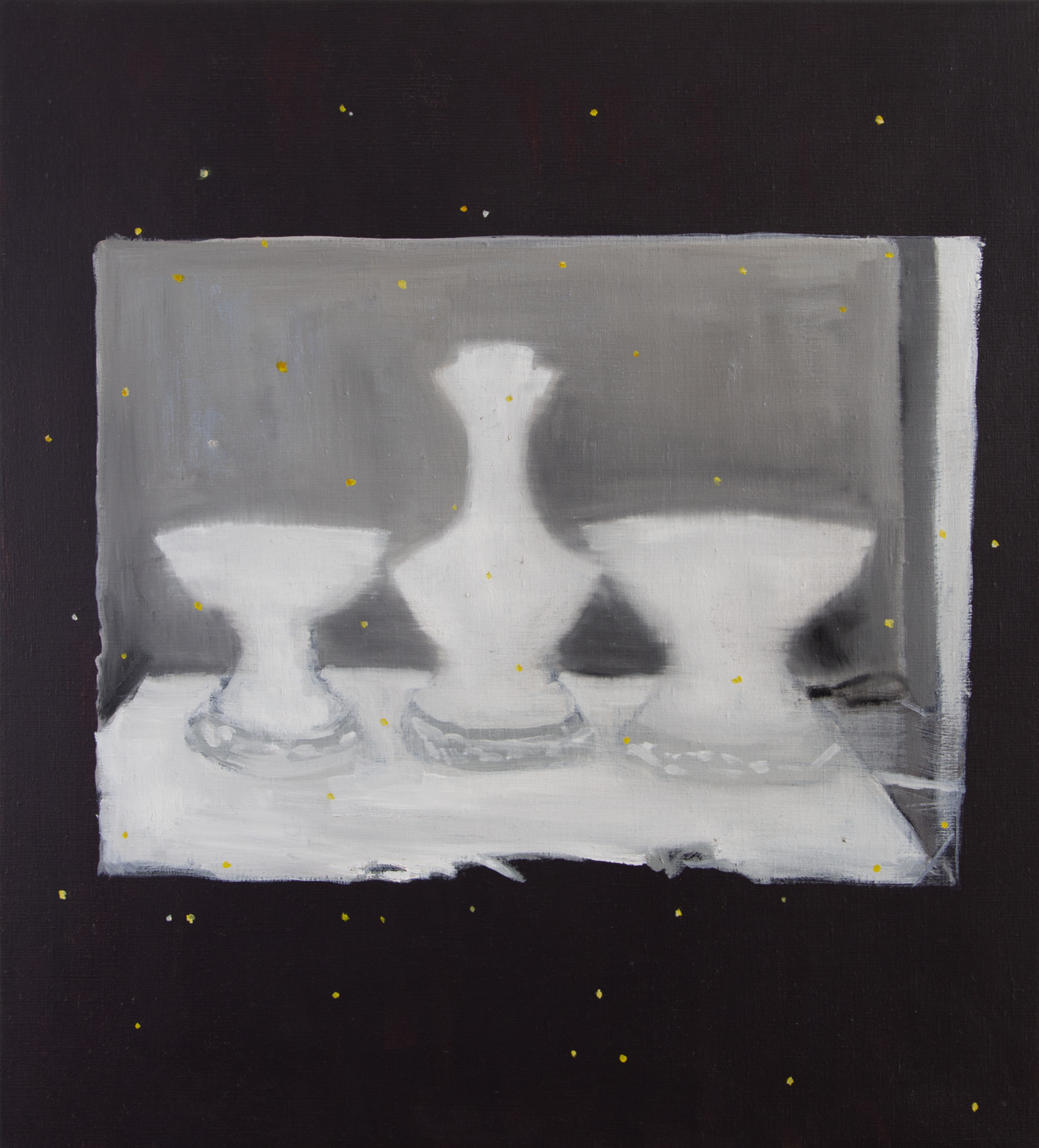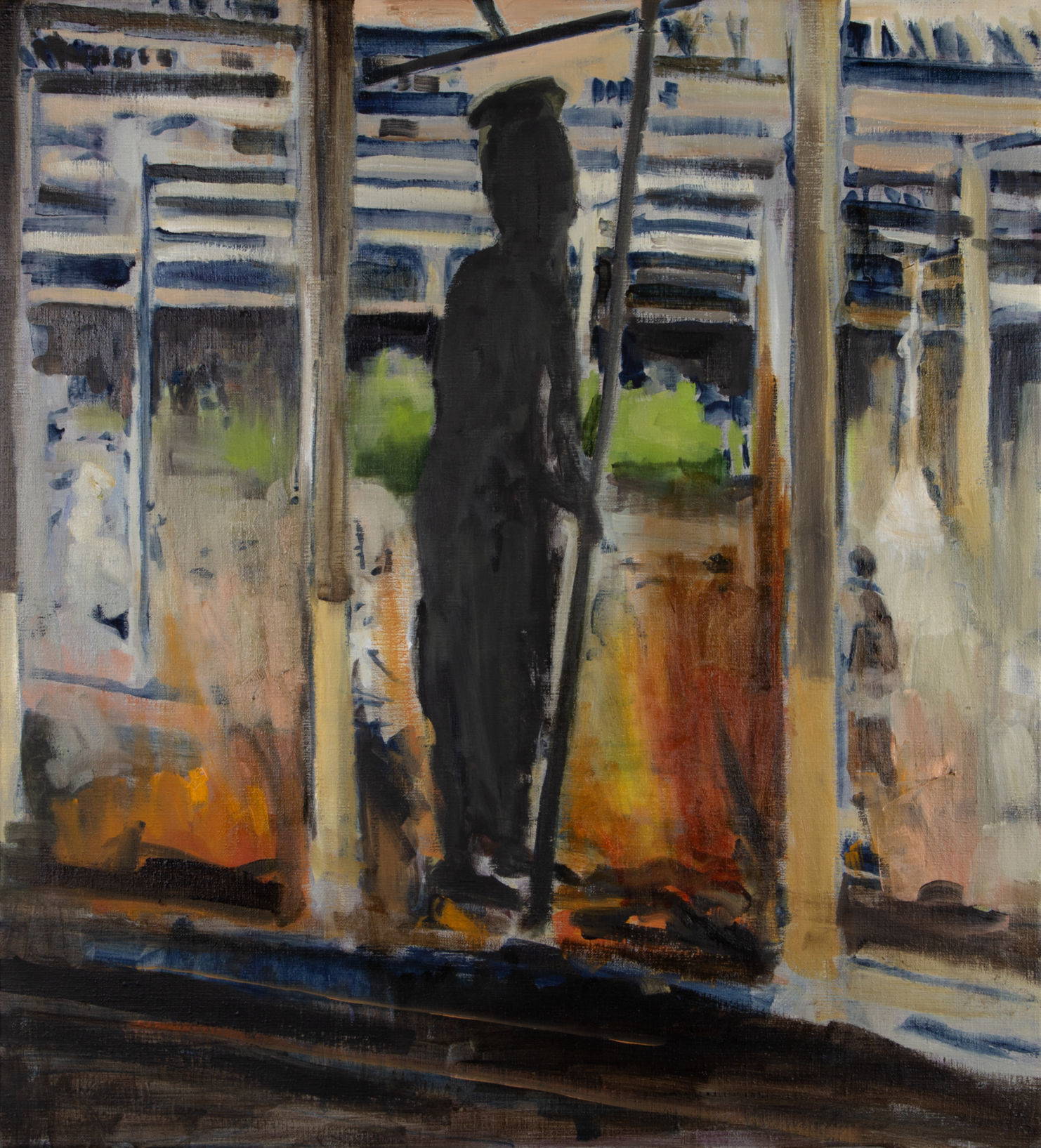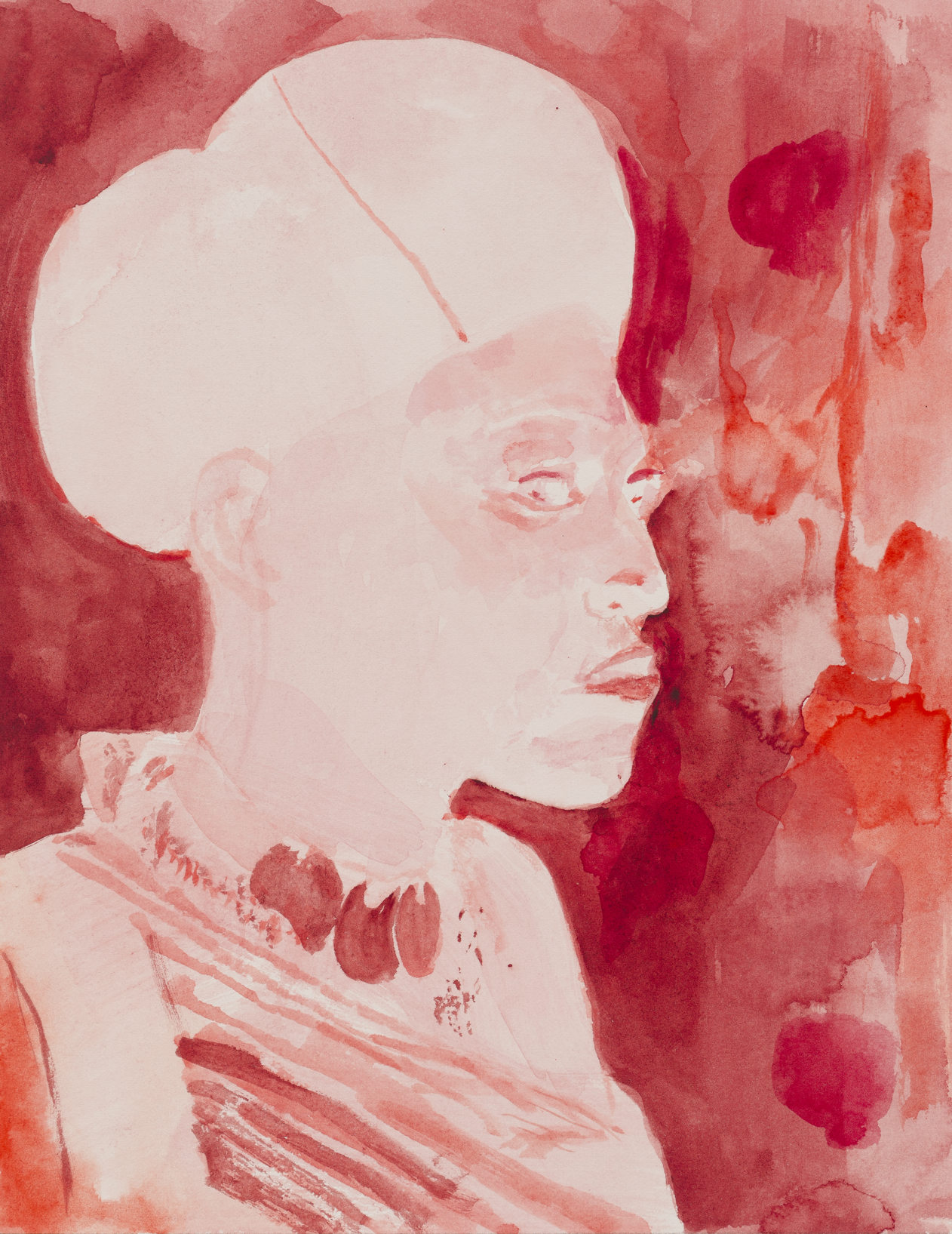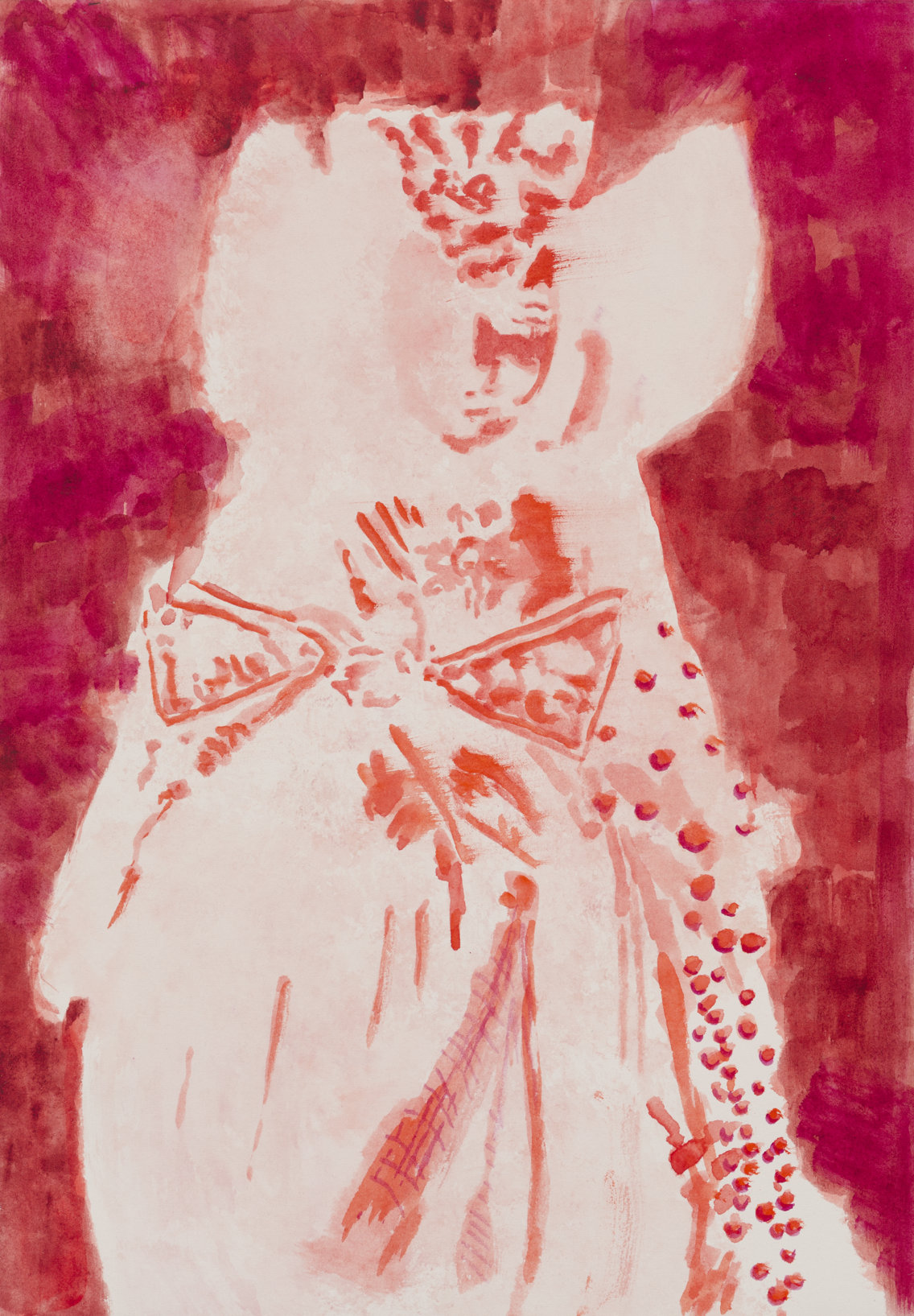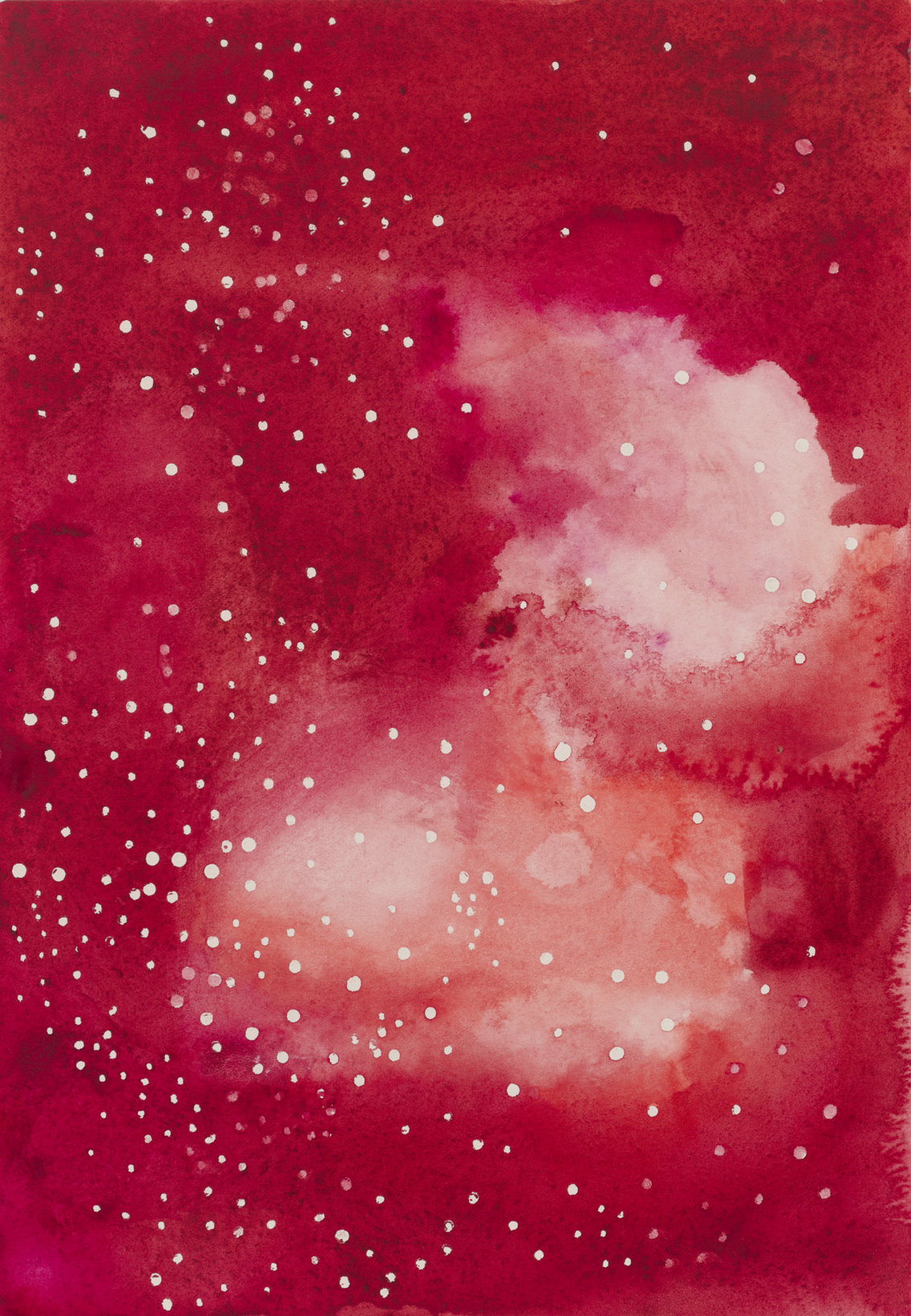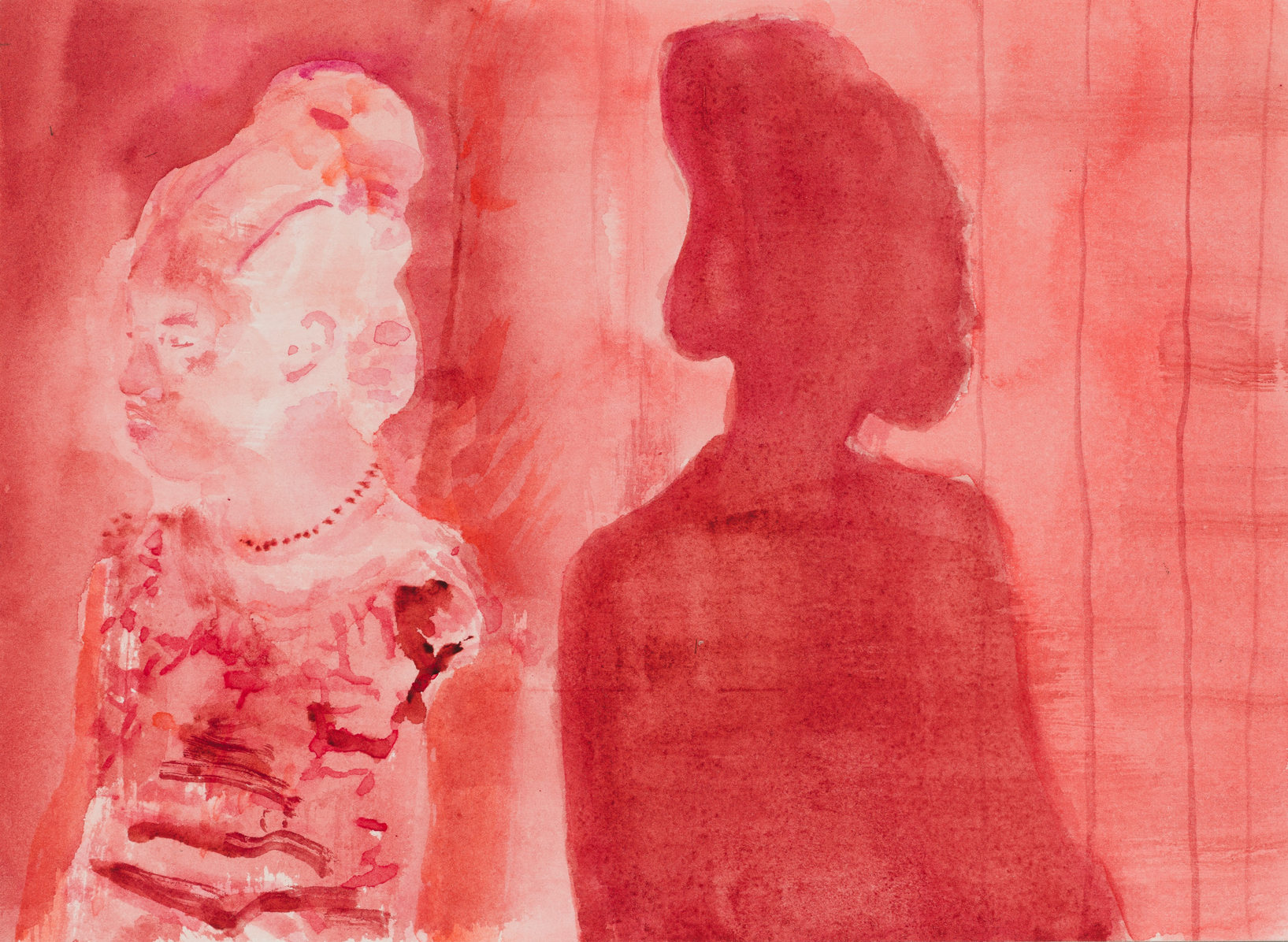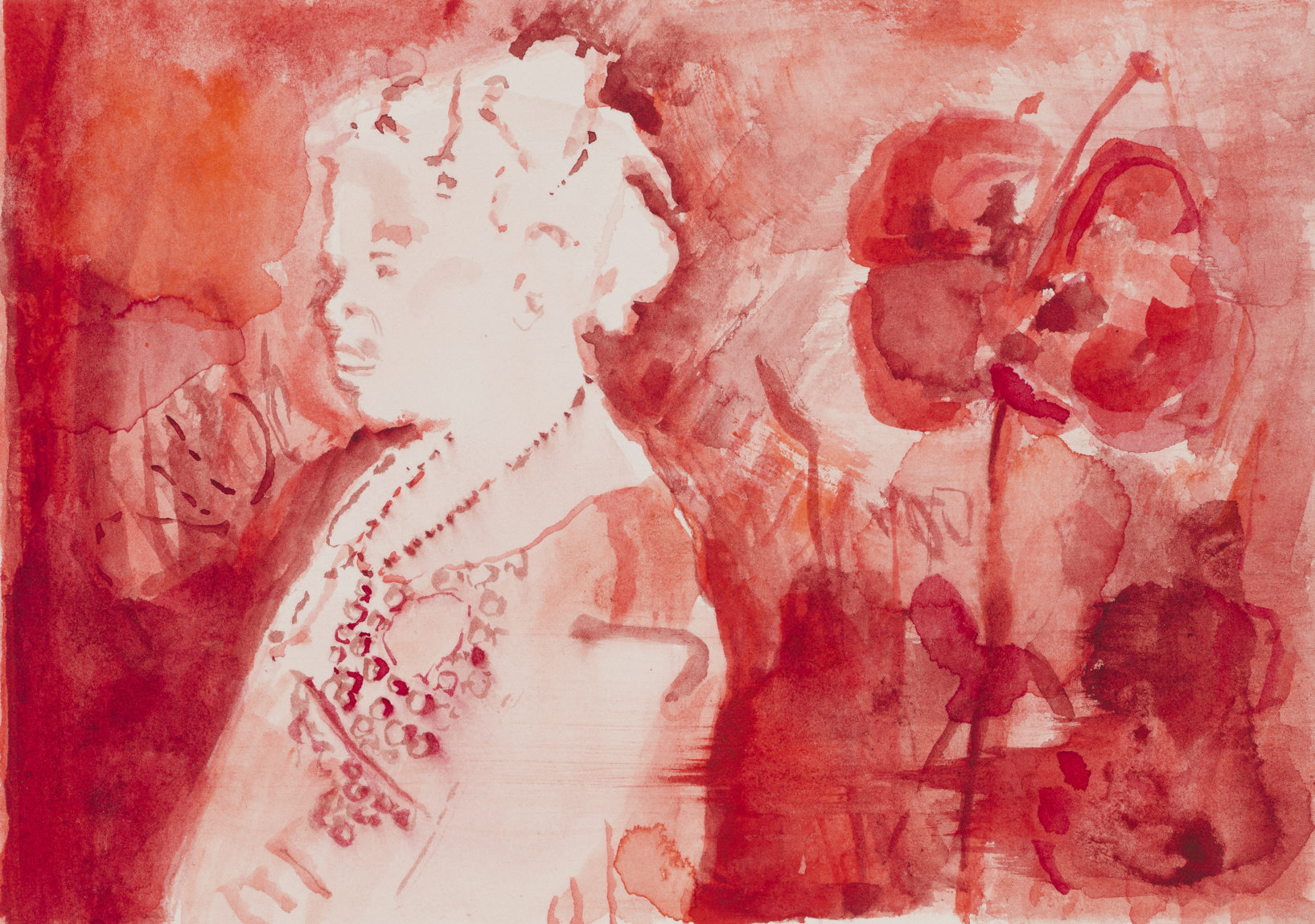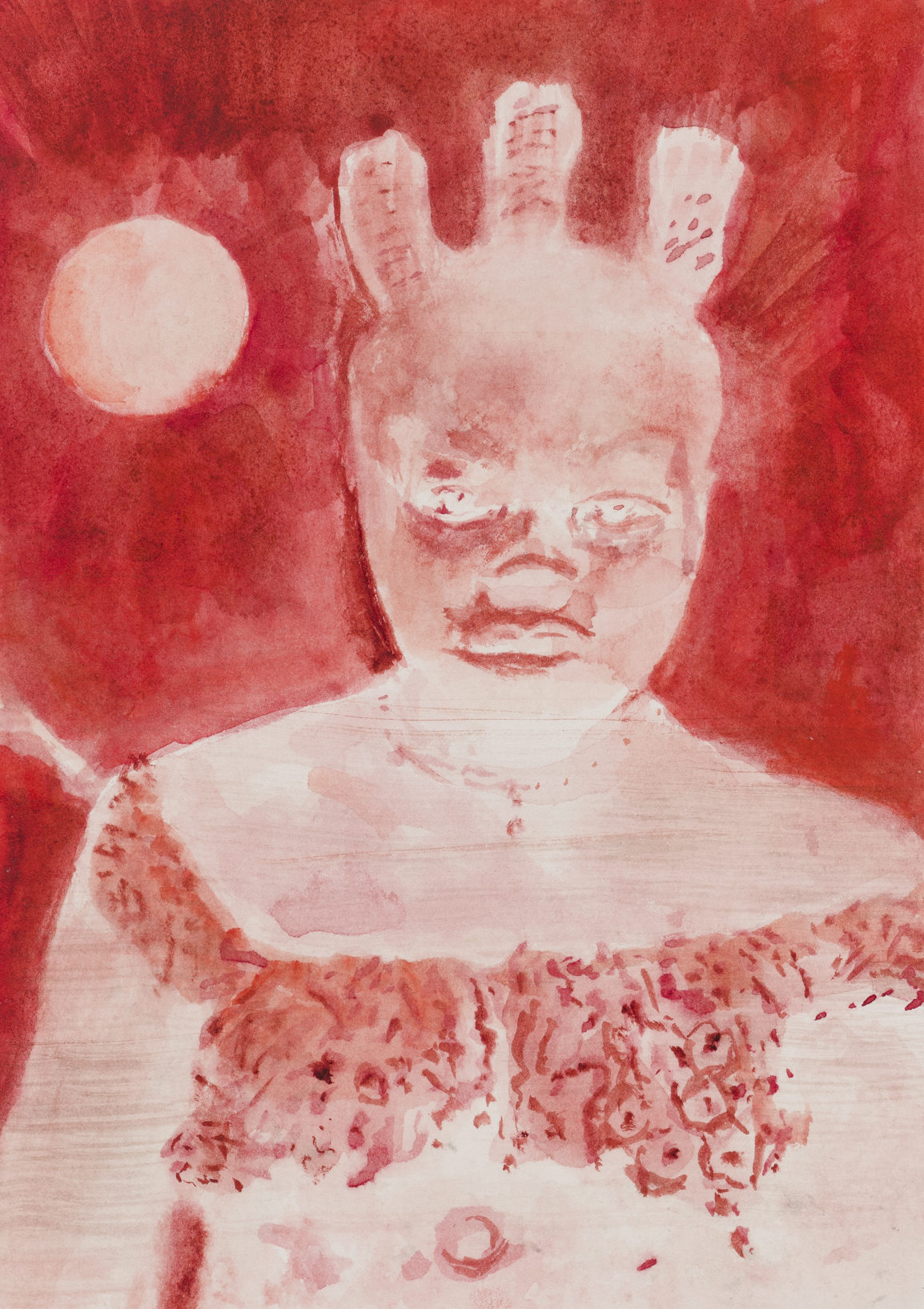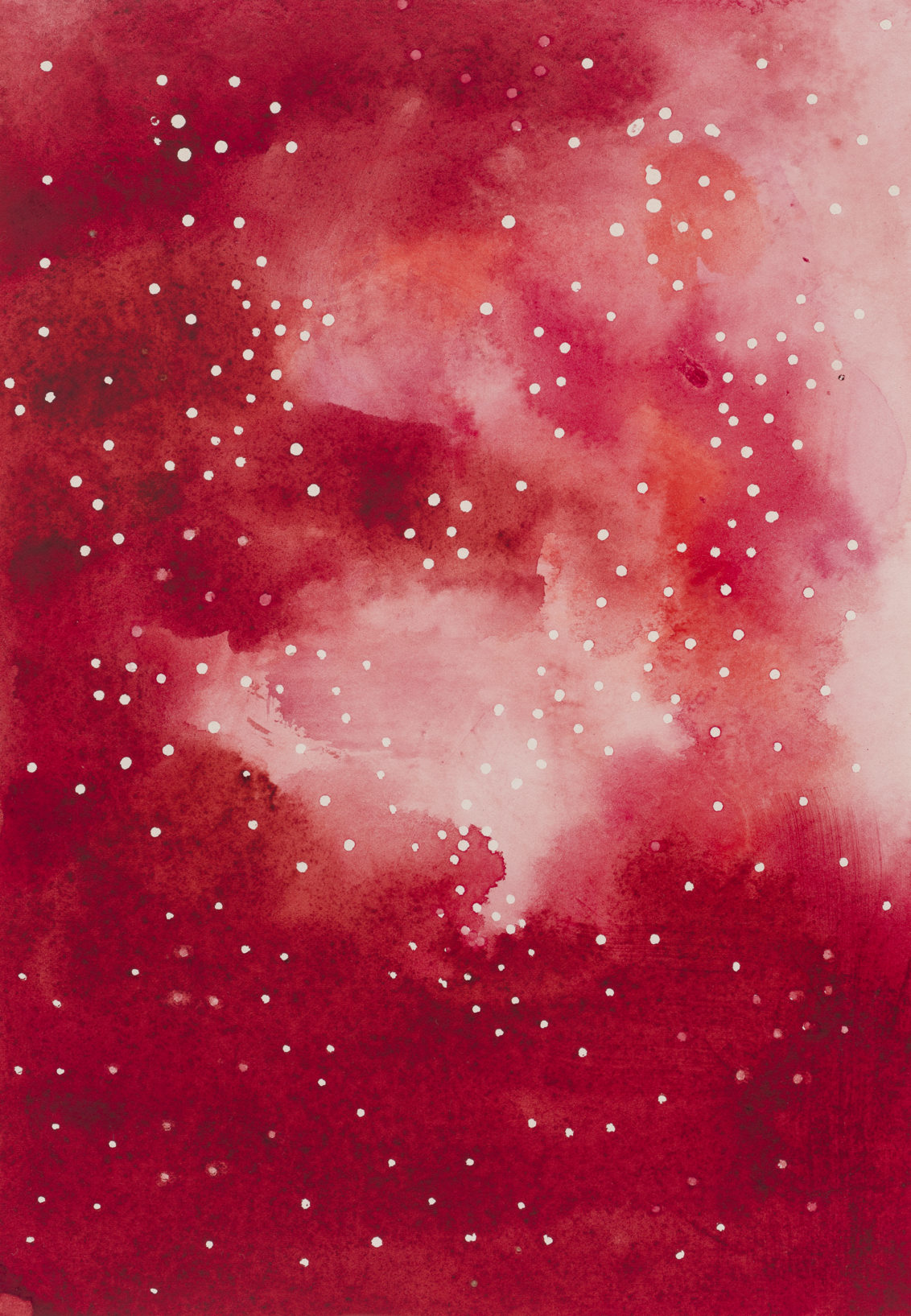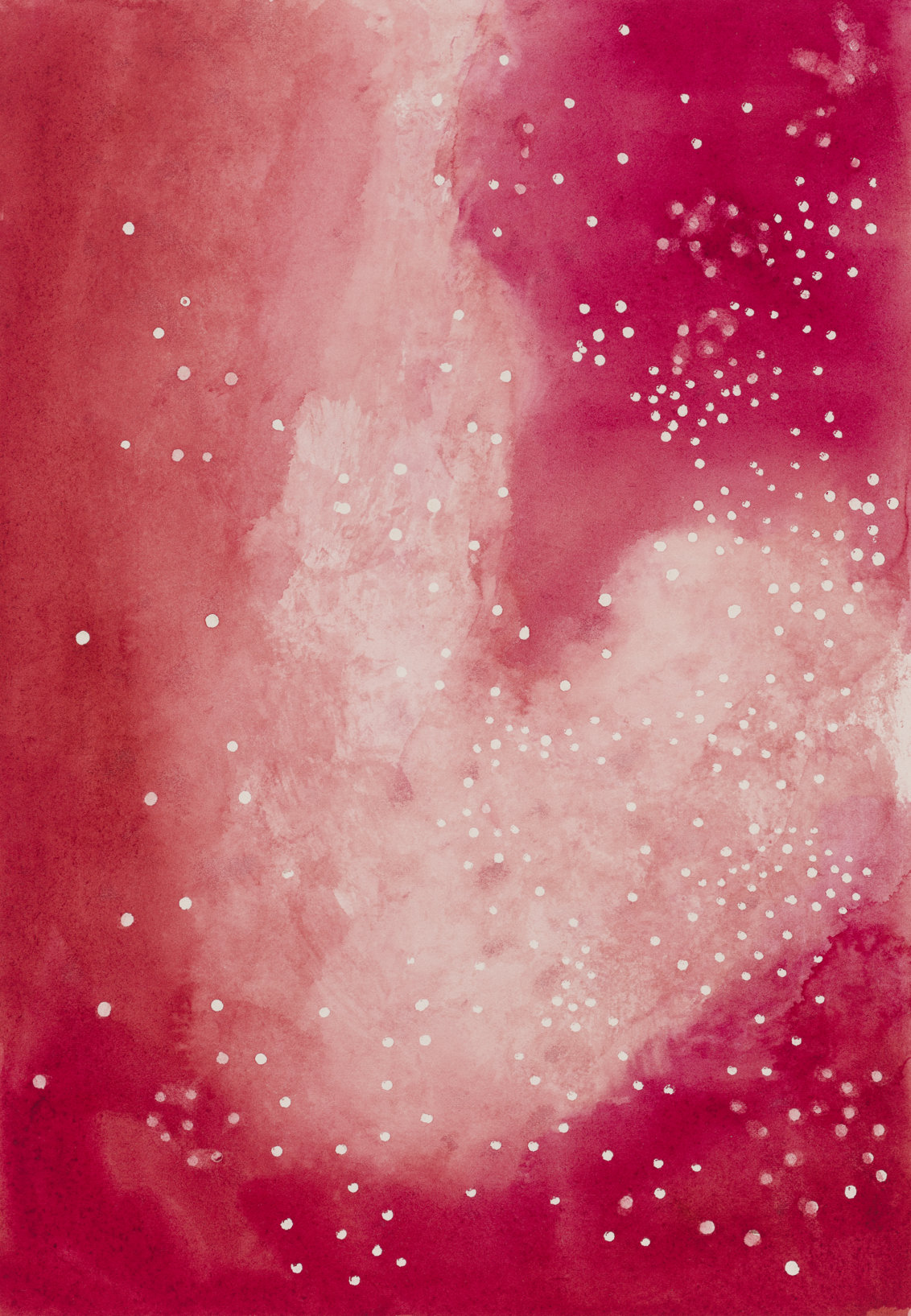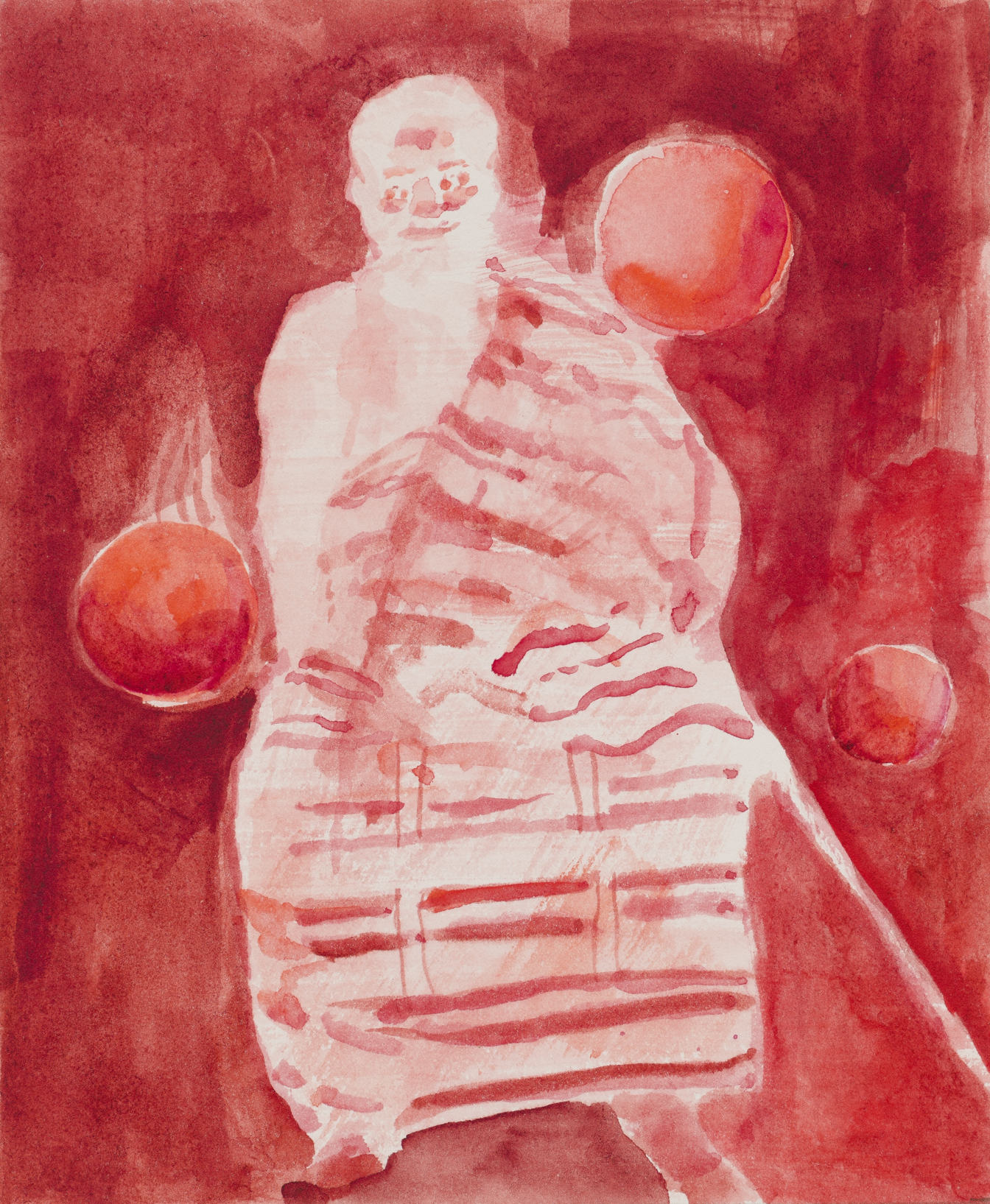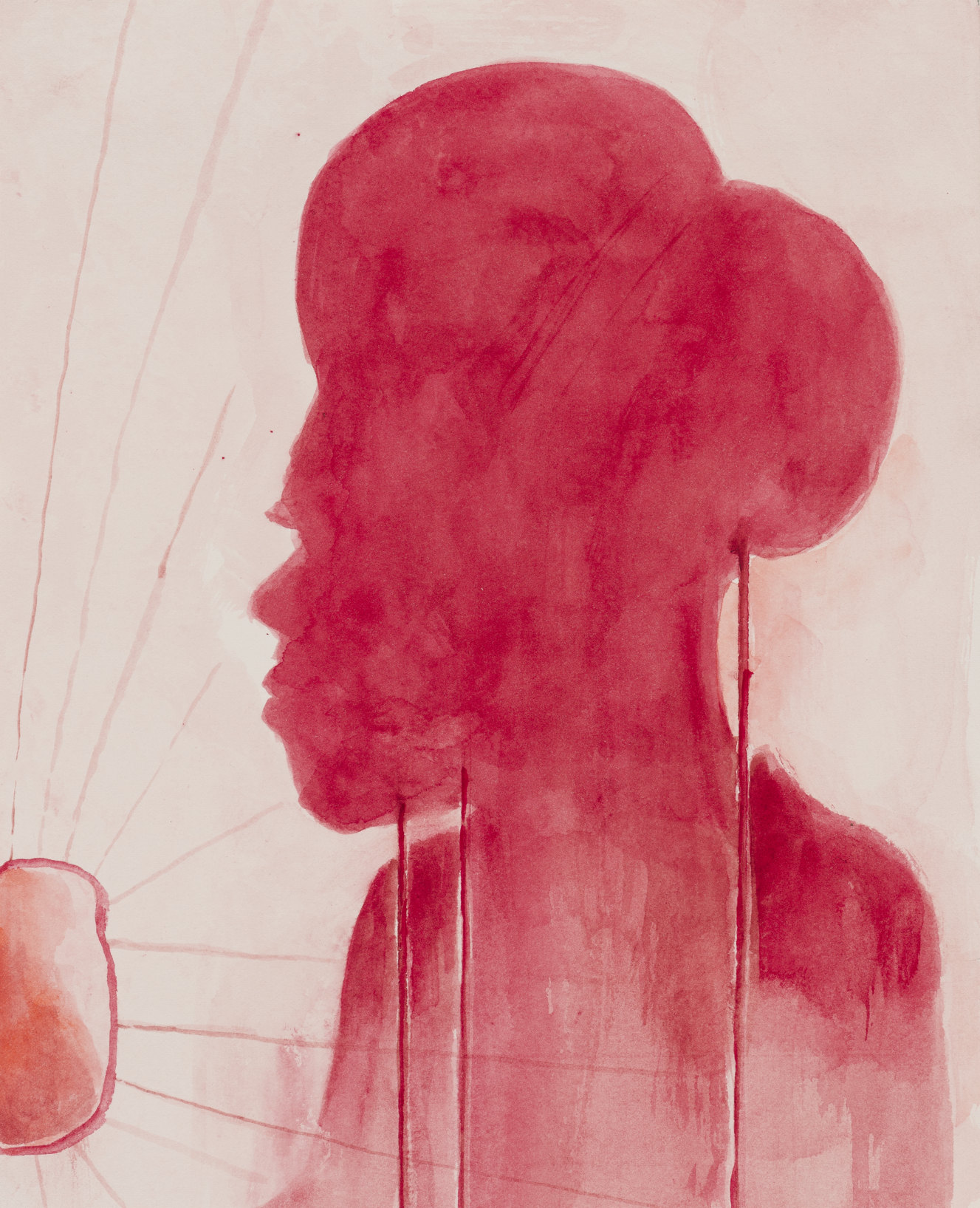Uwe Wittwer
A Short Parade
Works
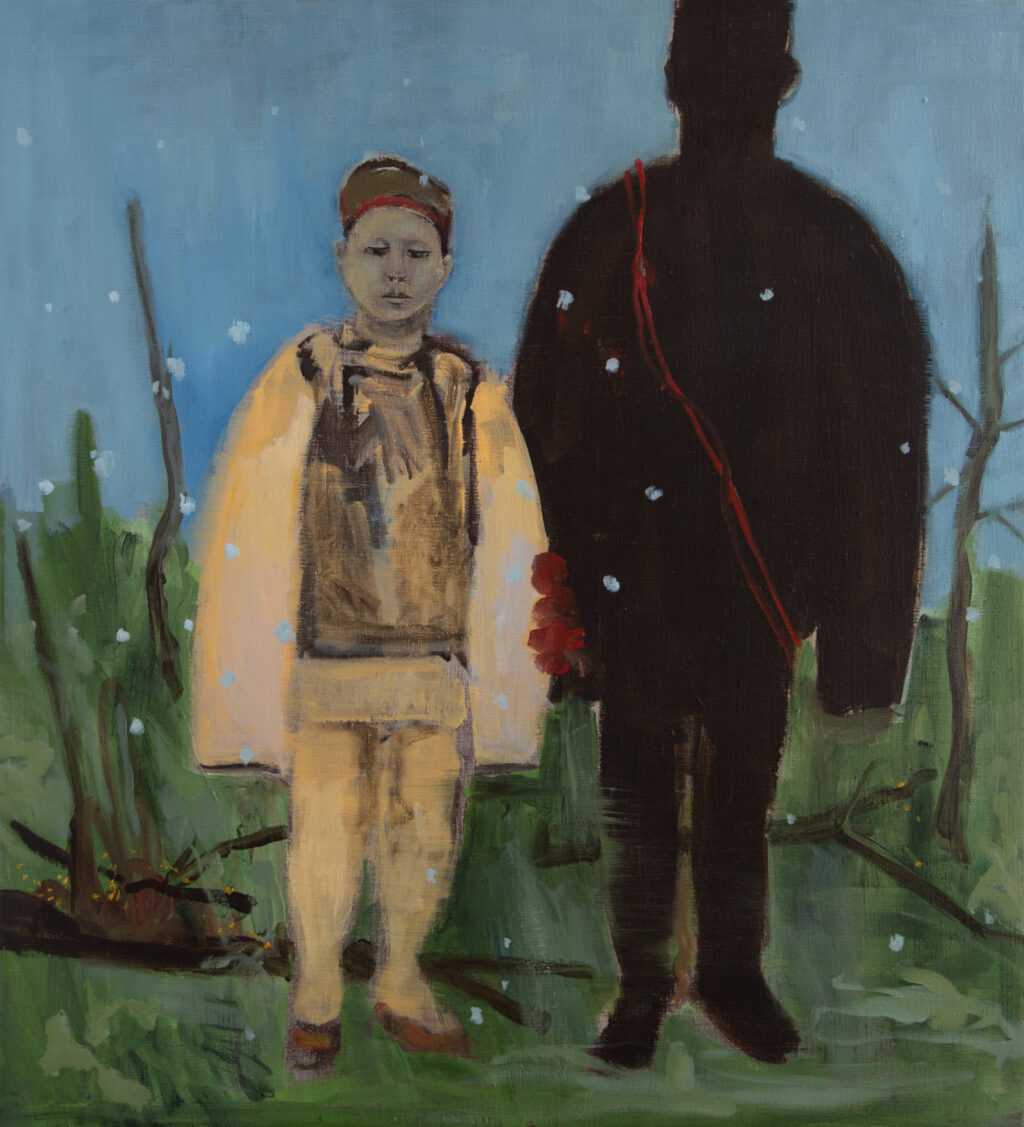
Portrait
2024
oil on canvas
55 × 50 cm
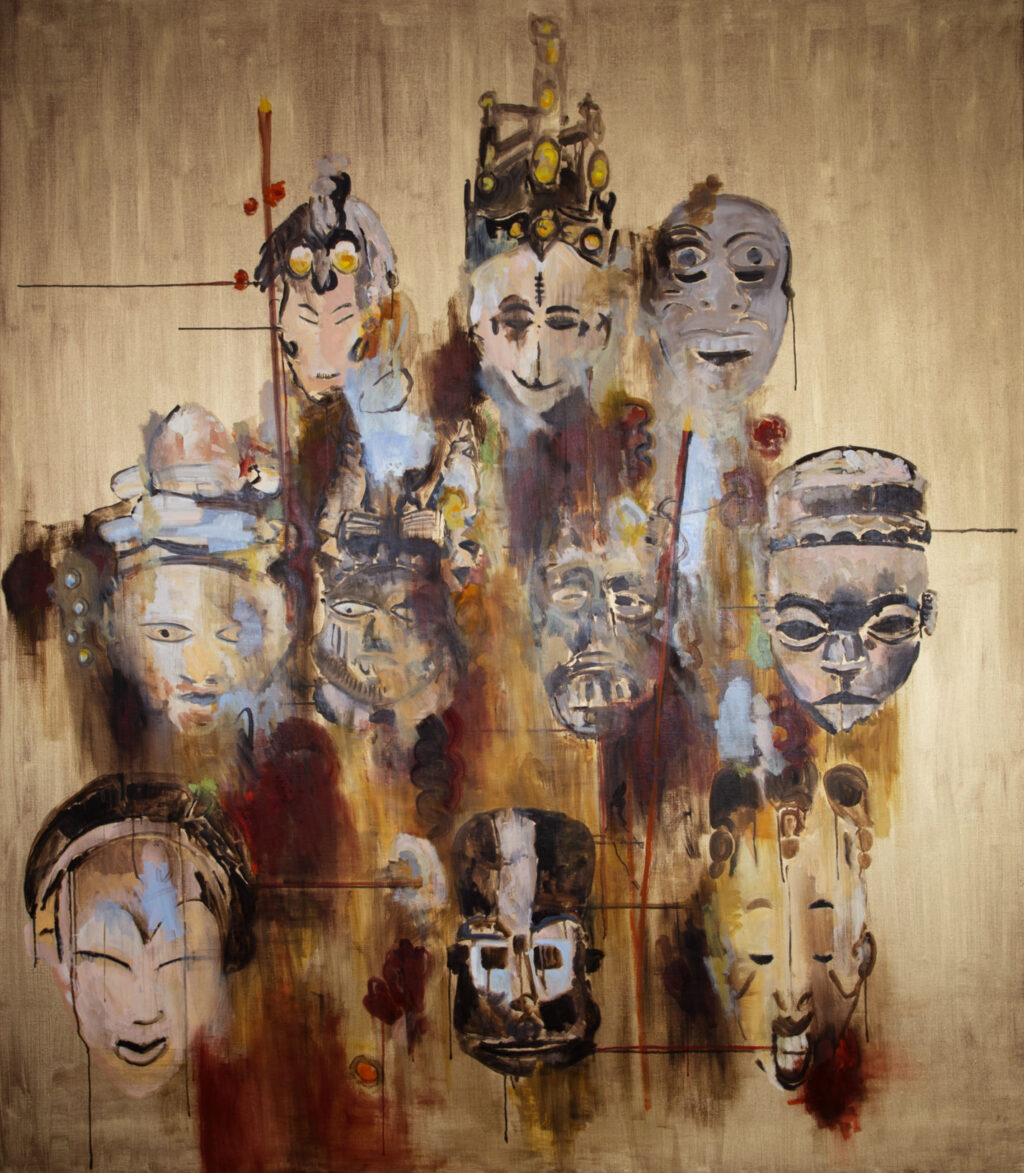
Masken
2024
oil on canvas
195 × 170 cm
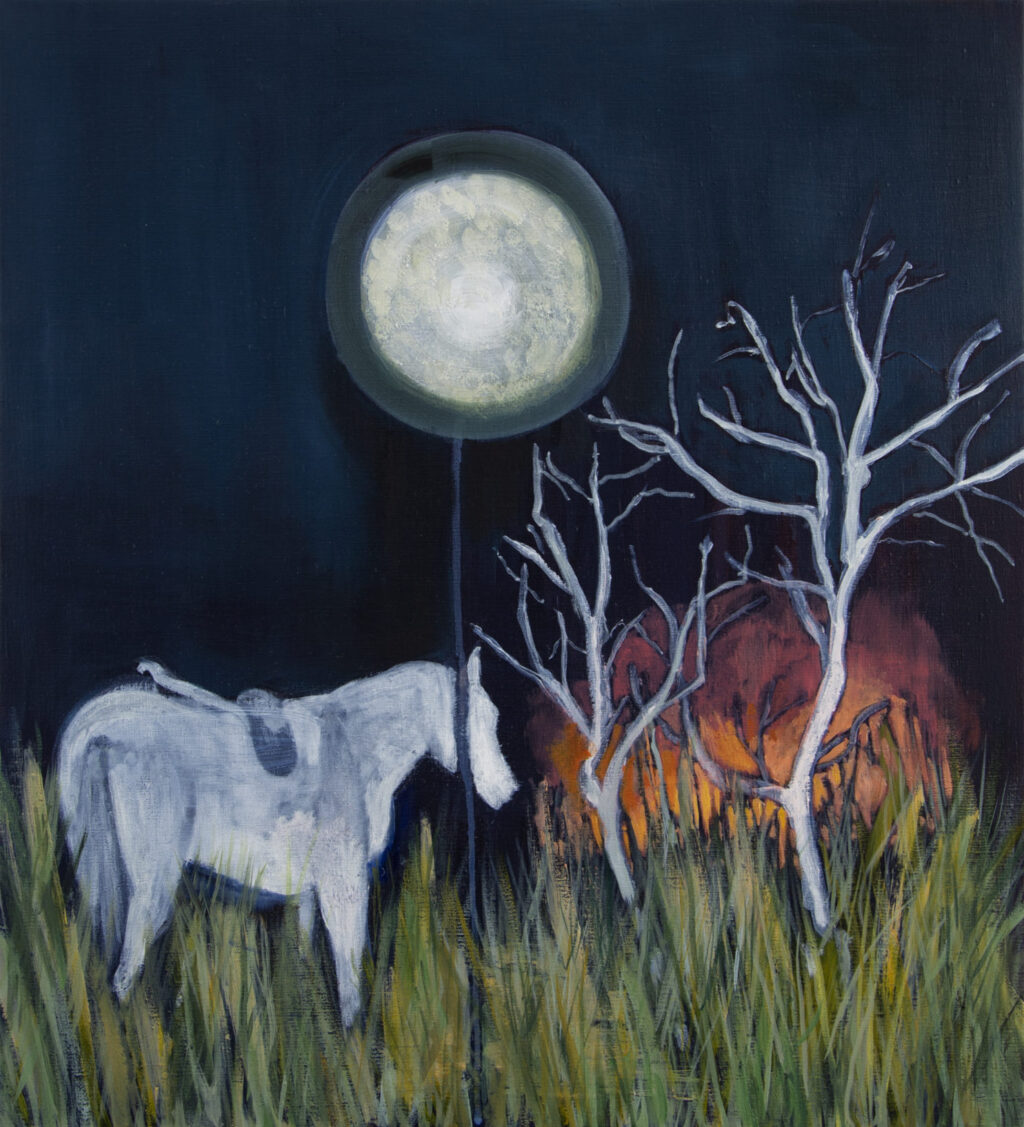
Mondnacht
2024
oil on canvas
55 × 50 cm
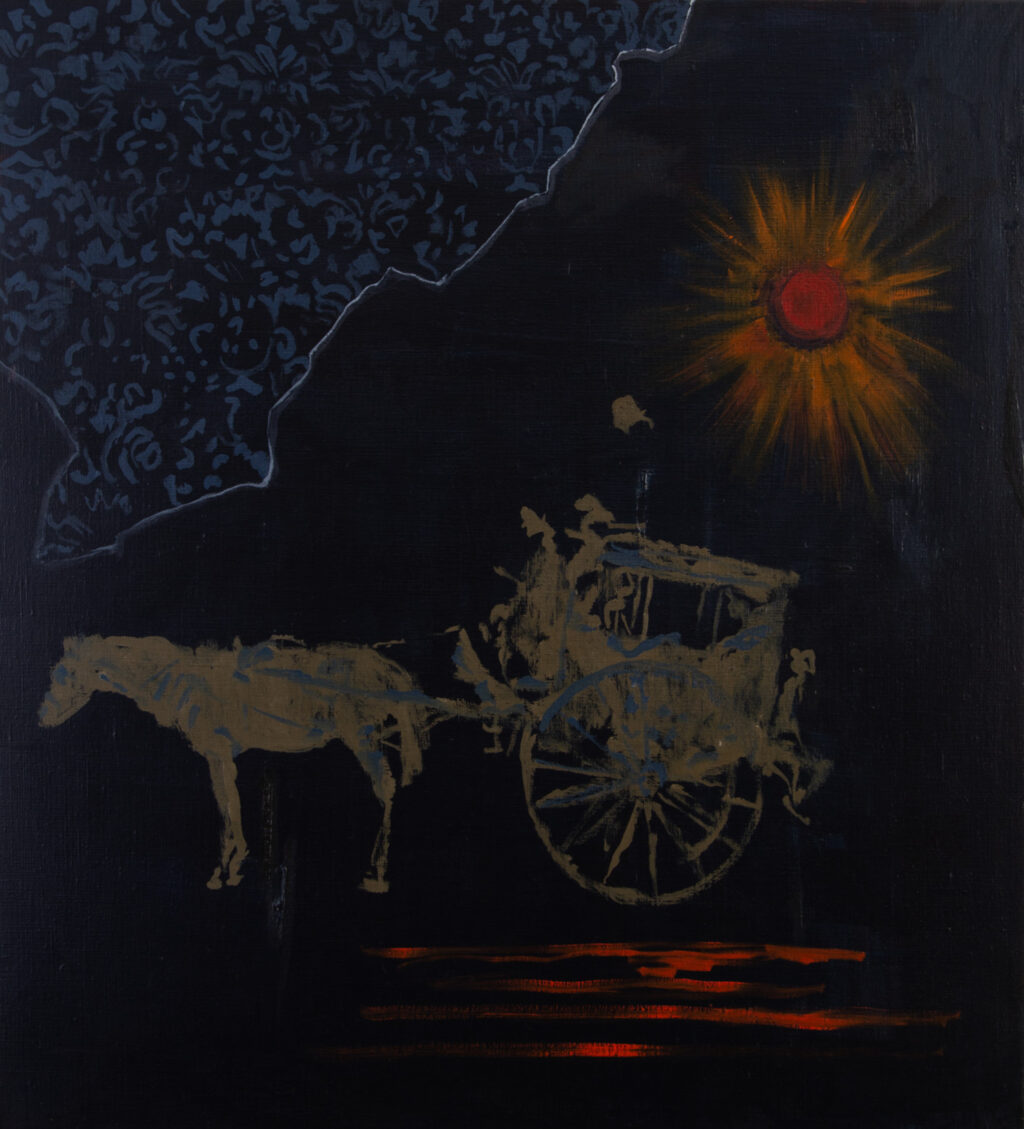
Droschke
2024
oil on canvas
55 × 50 cm
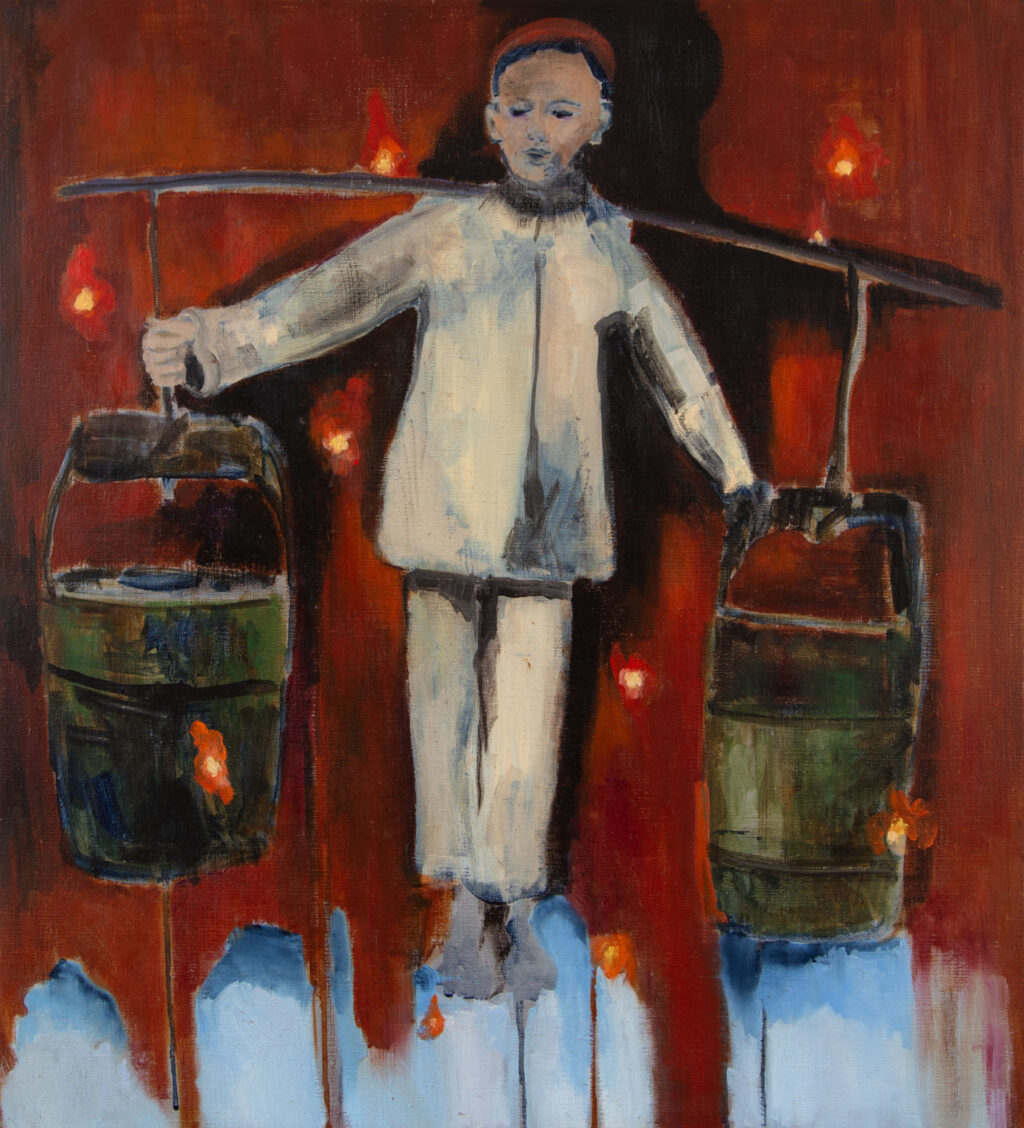
Wasserträger
2024
oil on canvas
55 × 50 cm
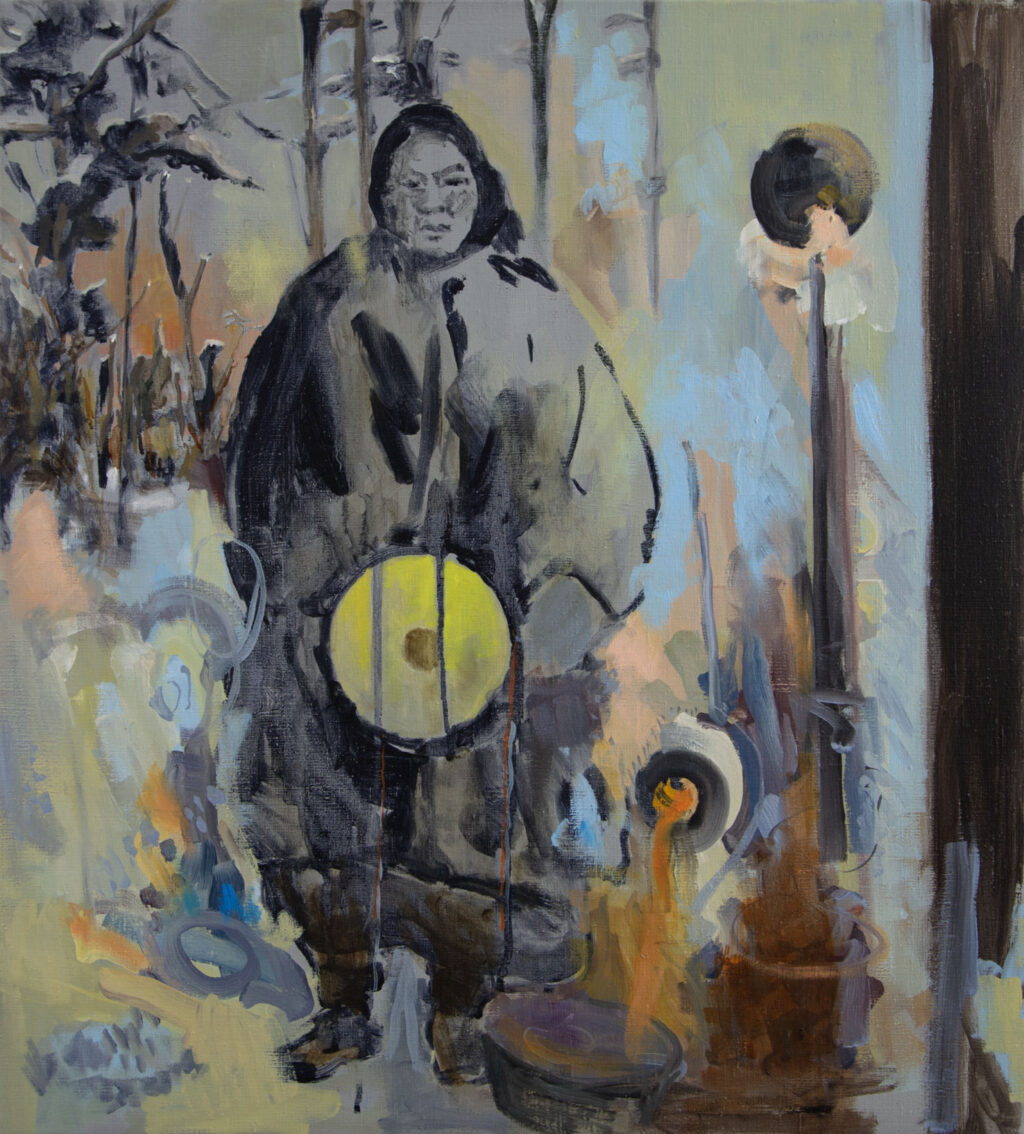
Wintertag
2024
oil on canvas
55 × 50 cm

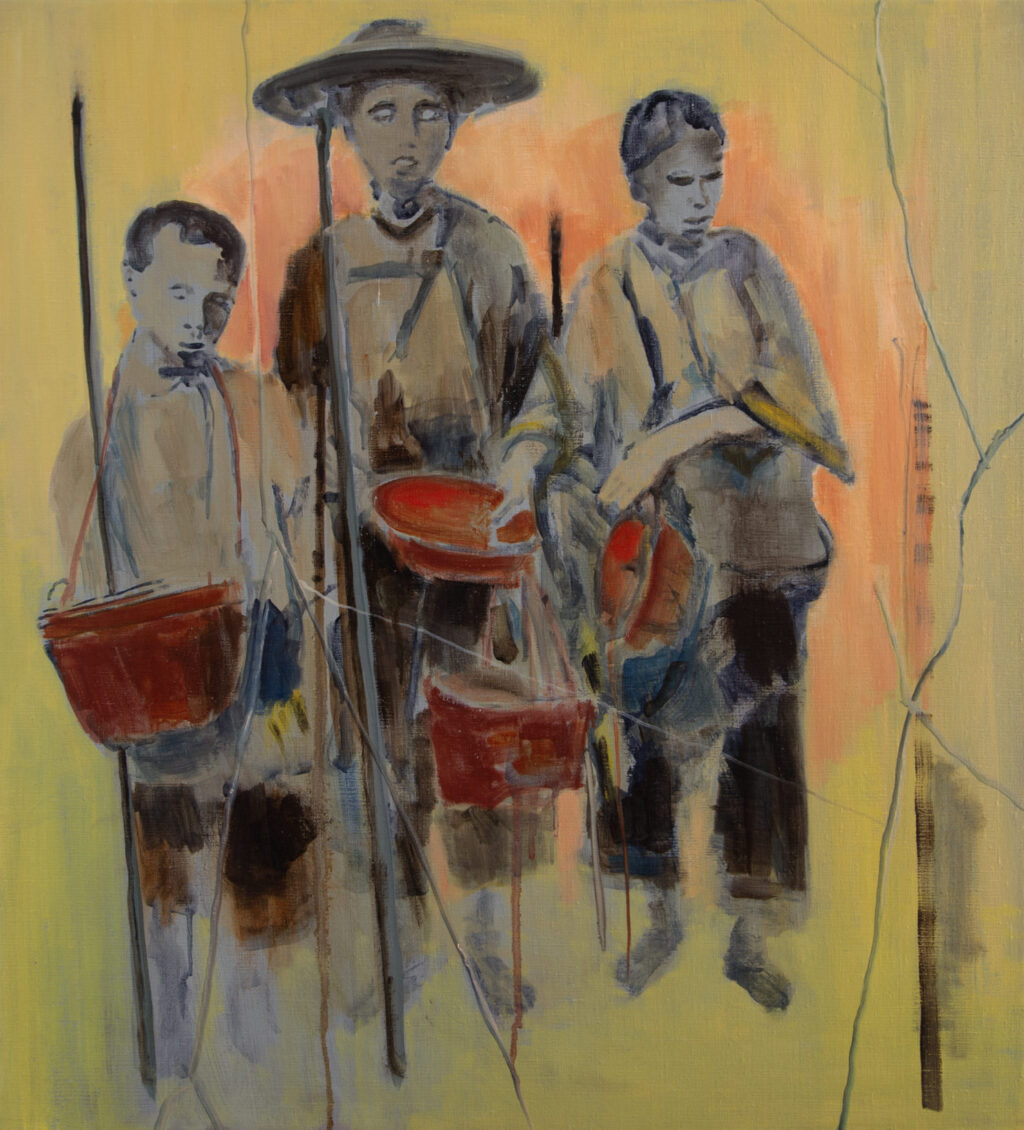
Die Blinden
2024
oil on canvas
55 × 50 cm
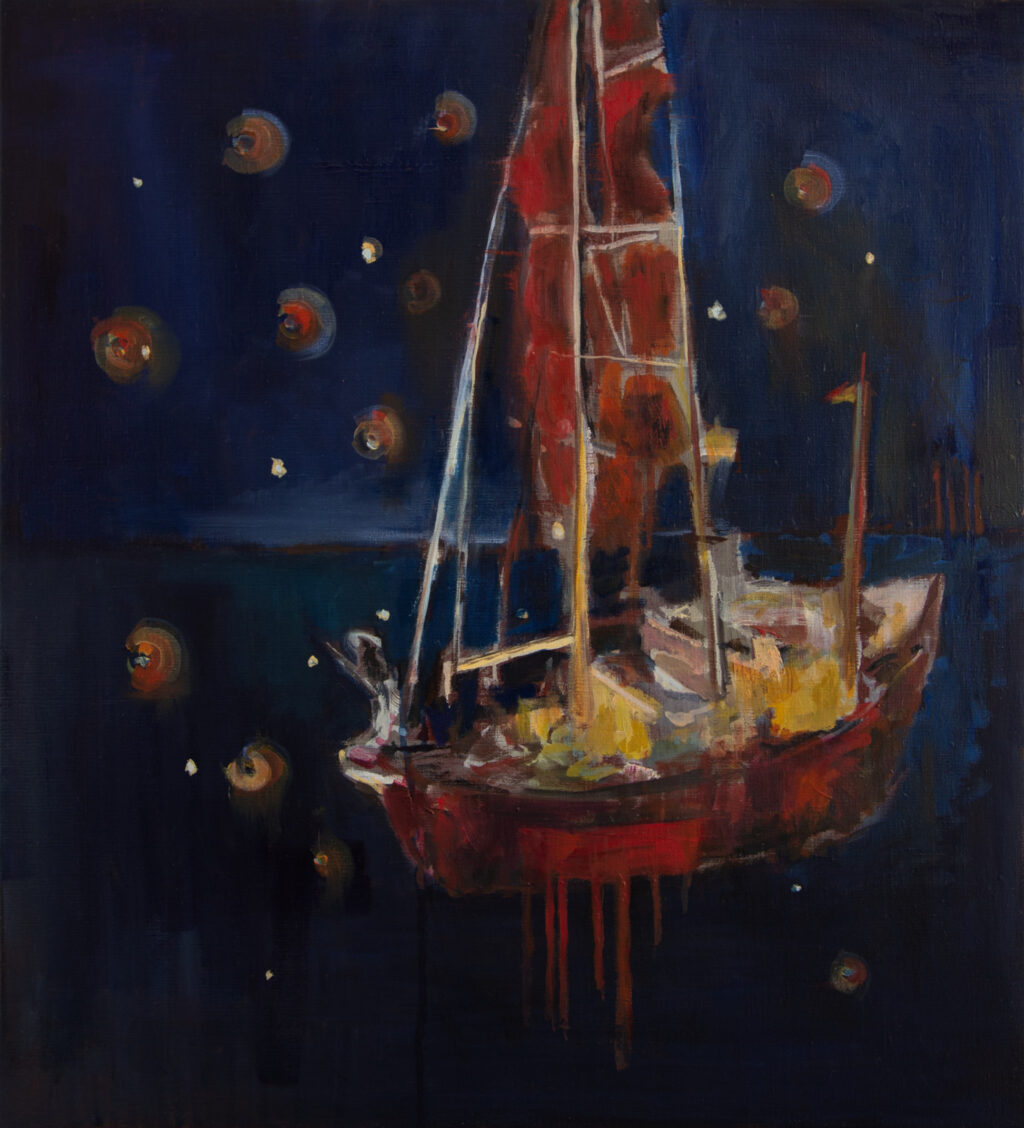
Schiff
2024
oil on canvas
55 × 50 cm
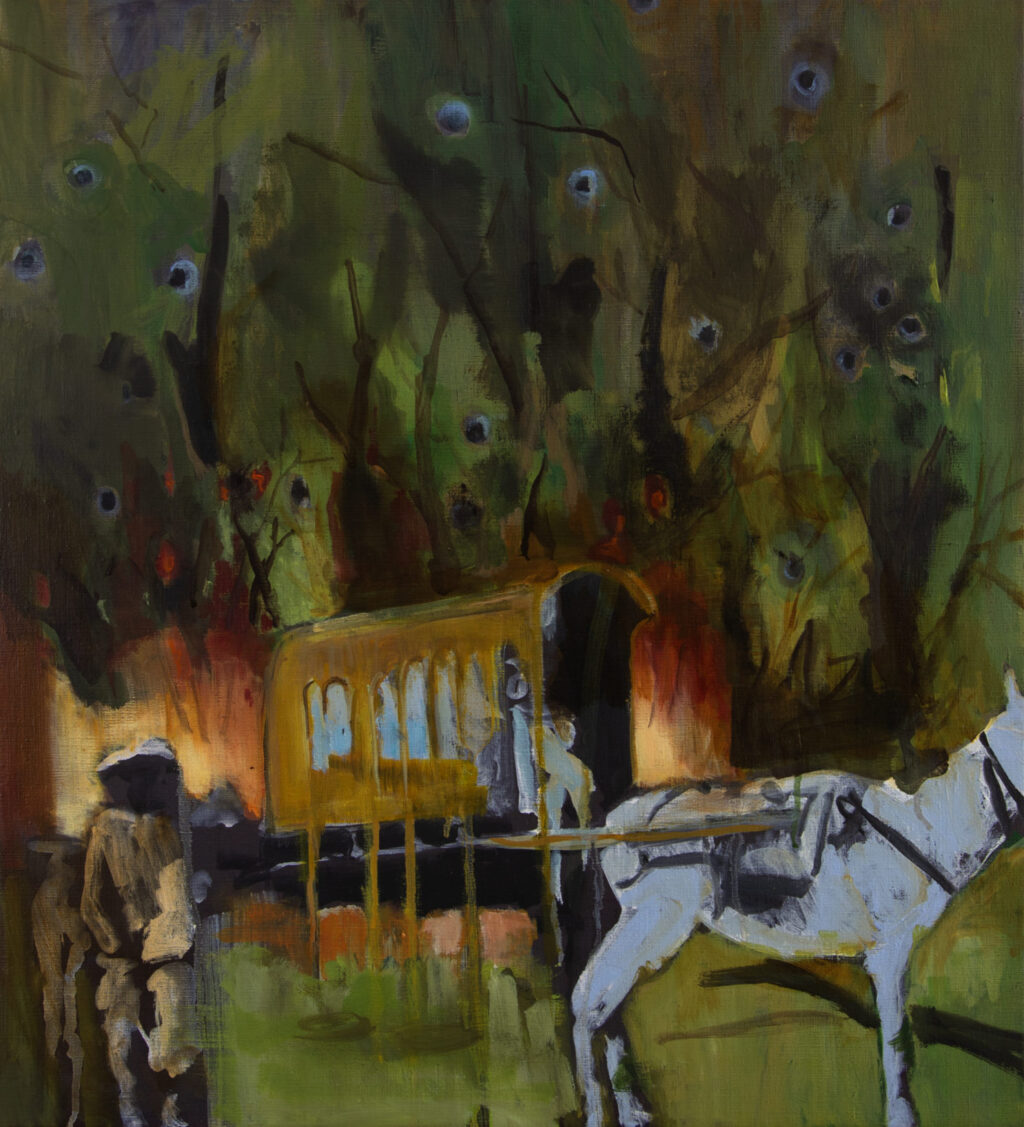
Sänfte
2024
oil on canvas
55 × 50 cm
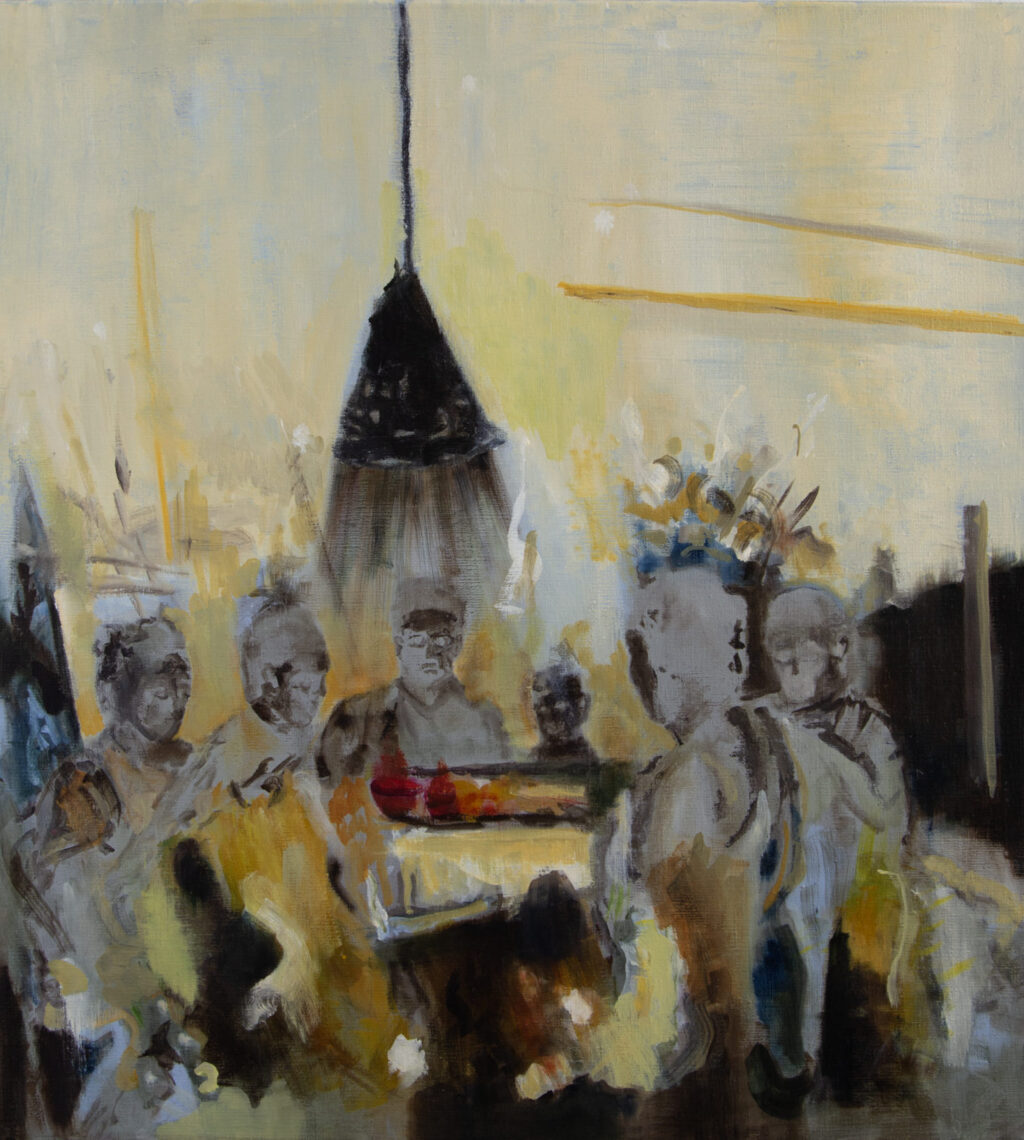
Der Rat
2024
oil on canvas
55 × 50 cm
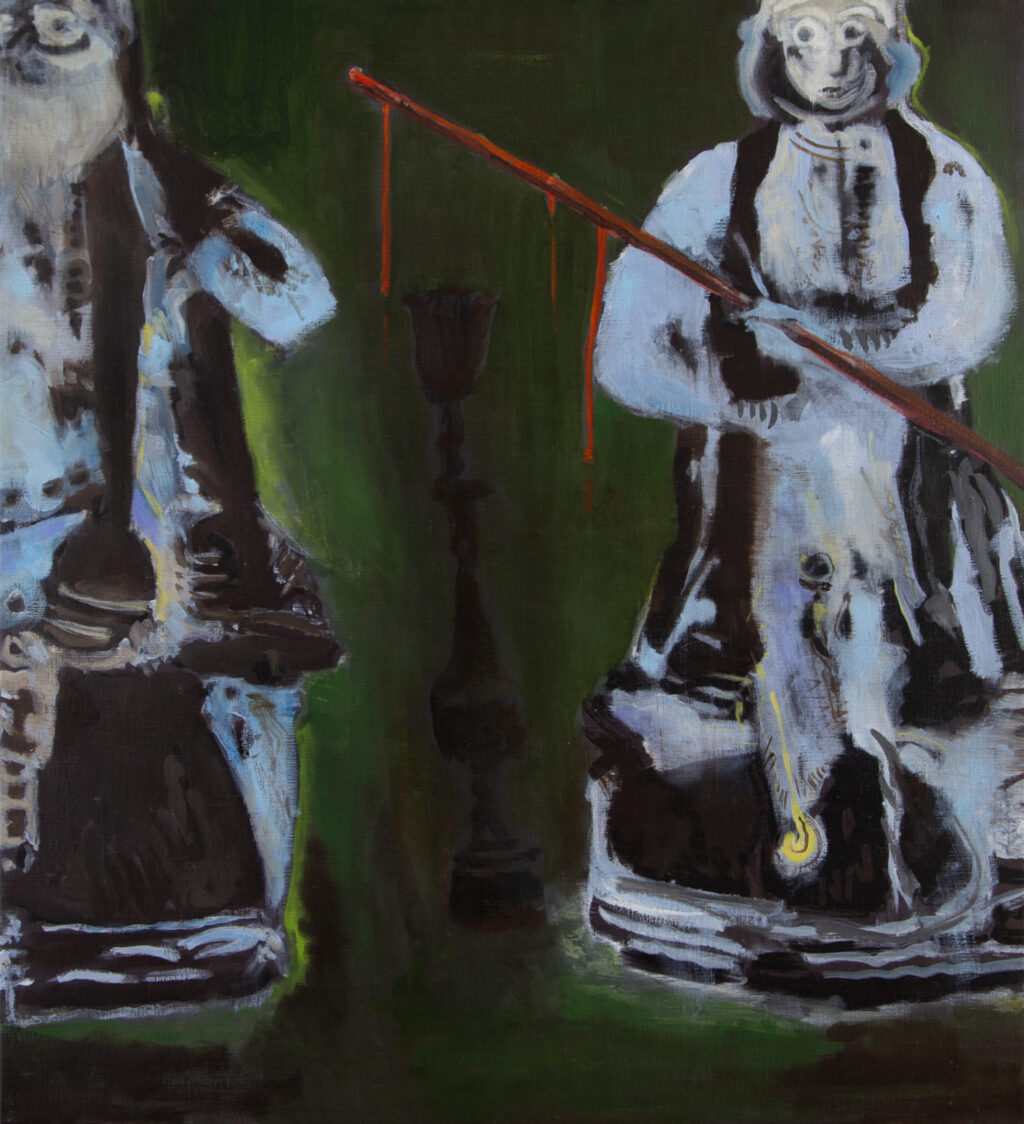
Bühne
2024
oil on canvas
55 × 50 cm
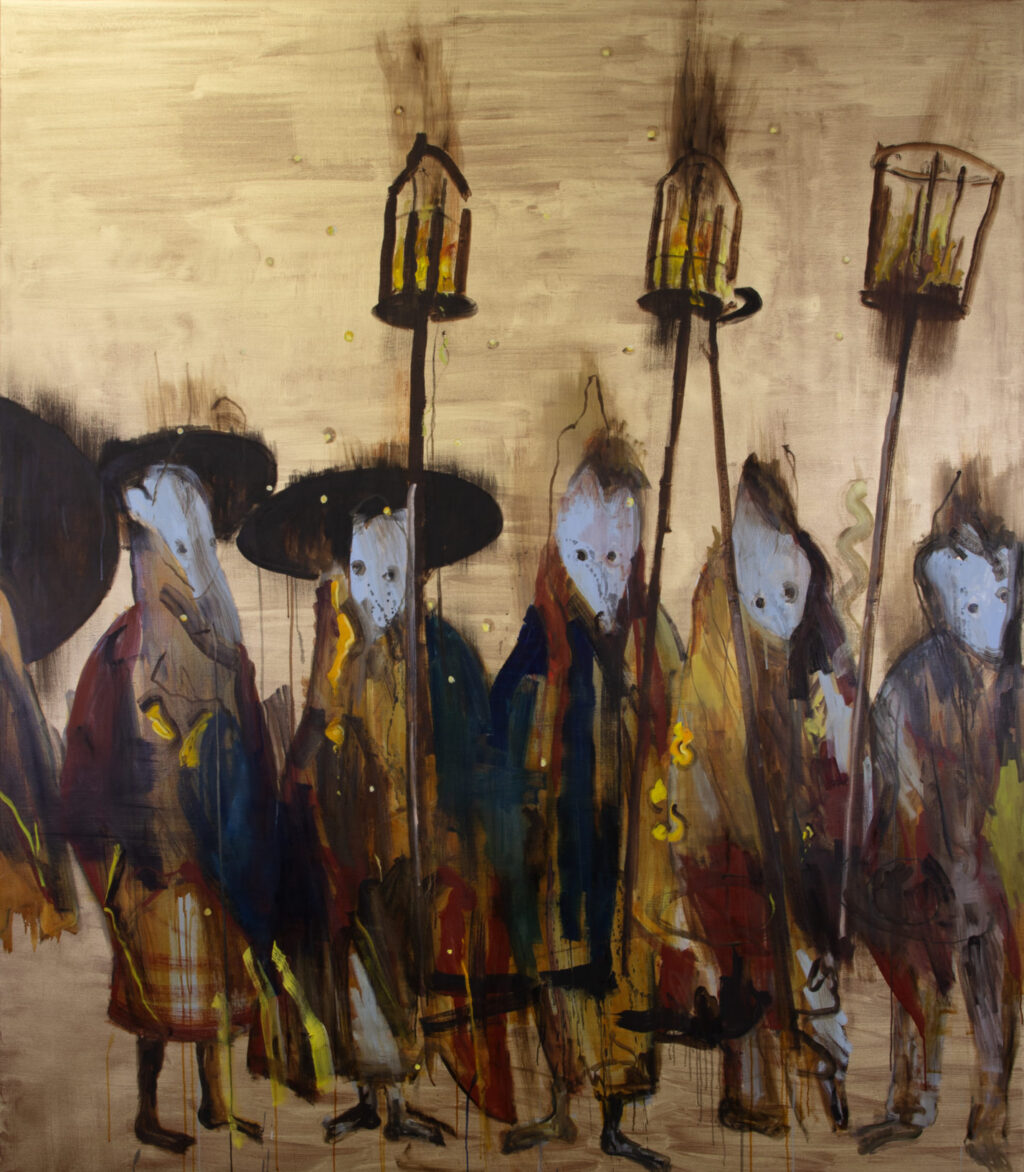
Kurze Parade
2024
oil on canvas
195 × 170 cm
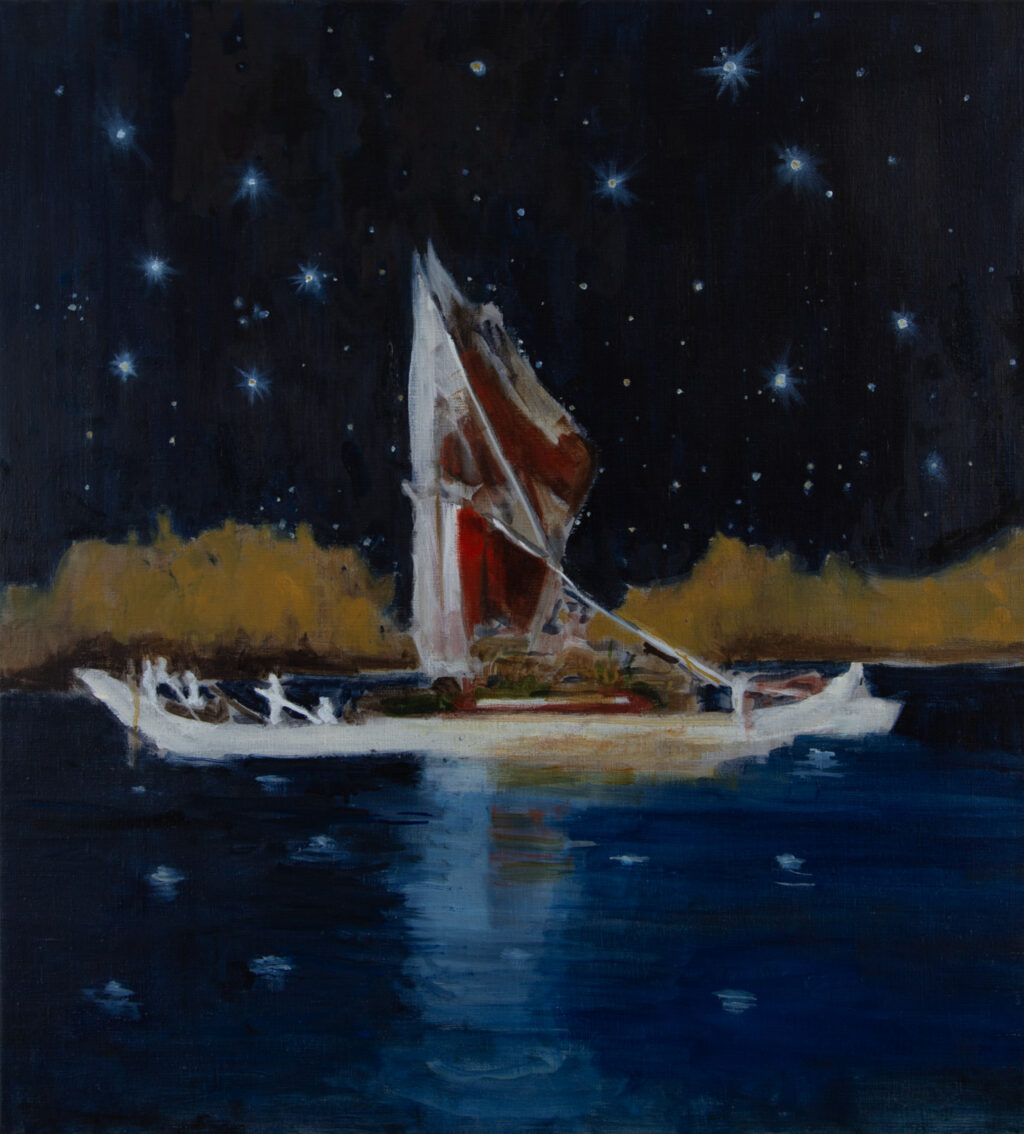
Schiff
2024
oil on canvas
55 × 50 cm
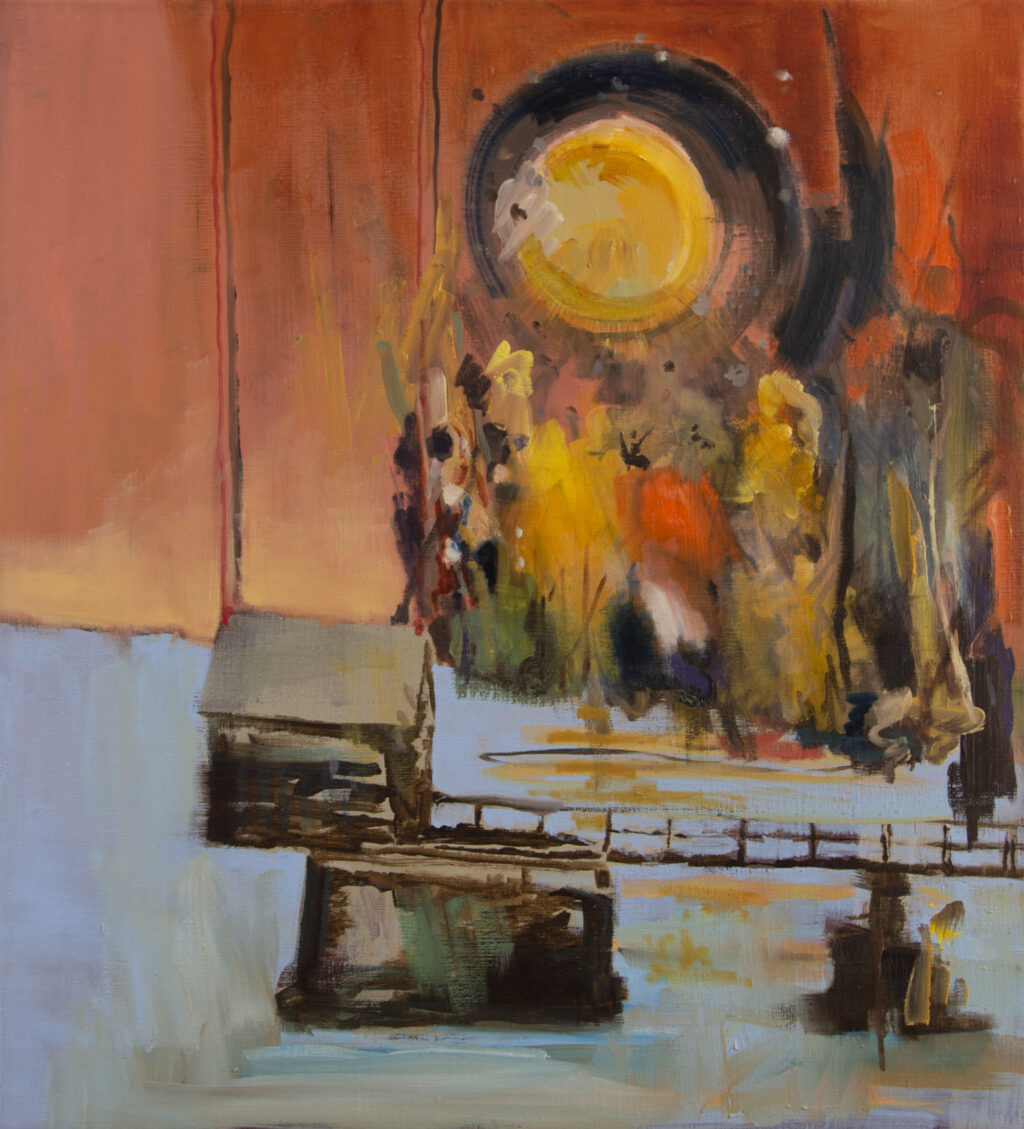
Accra
2024
oil on canvas
55 × 50 cm
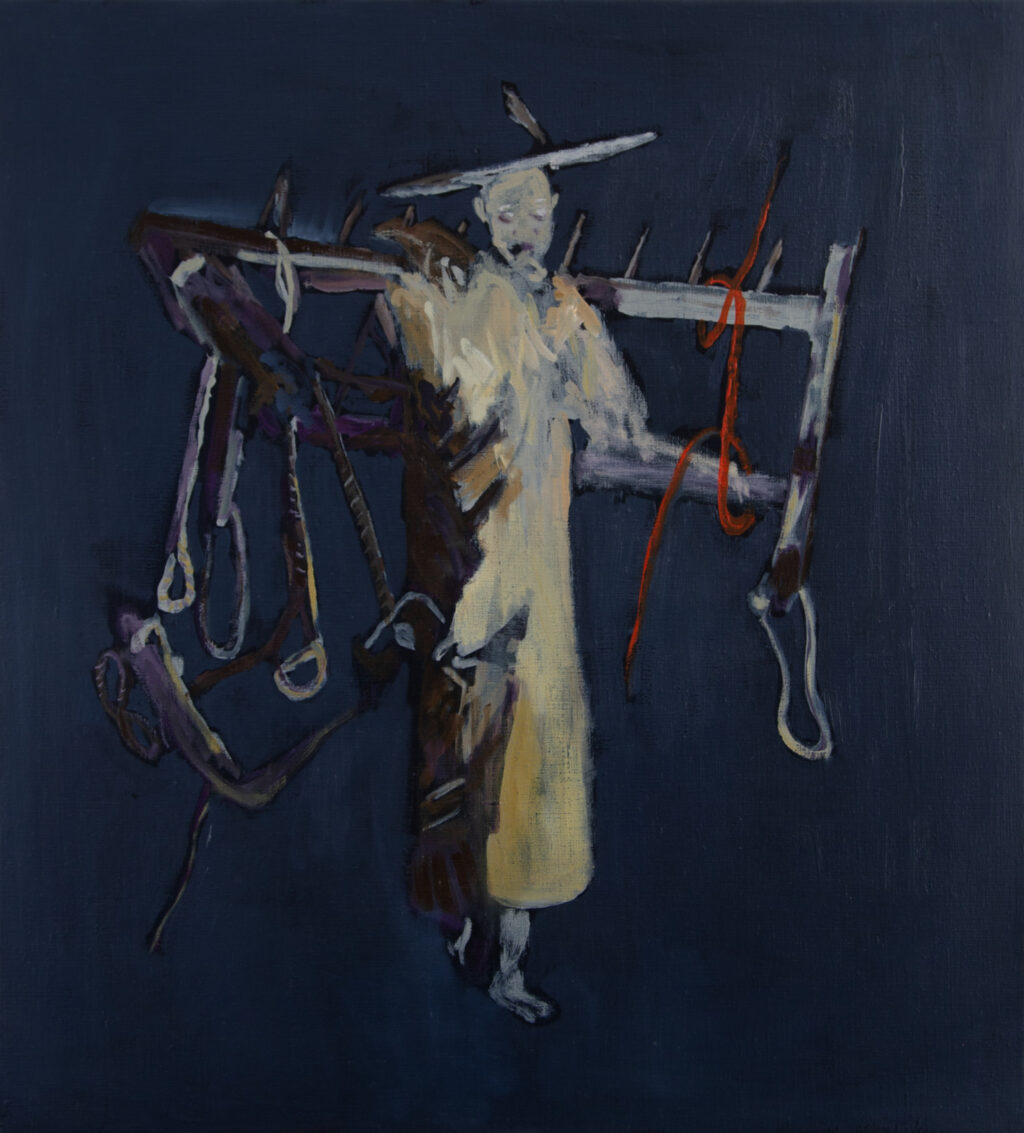
Bauer
2024
oil on canvas
55 × 50 cm
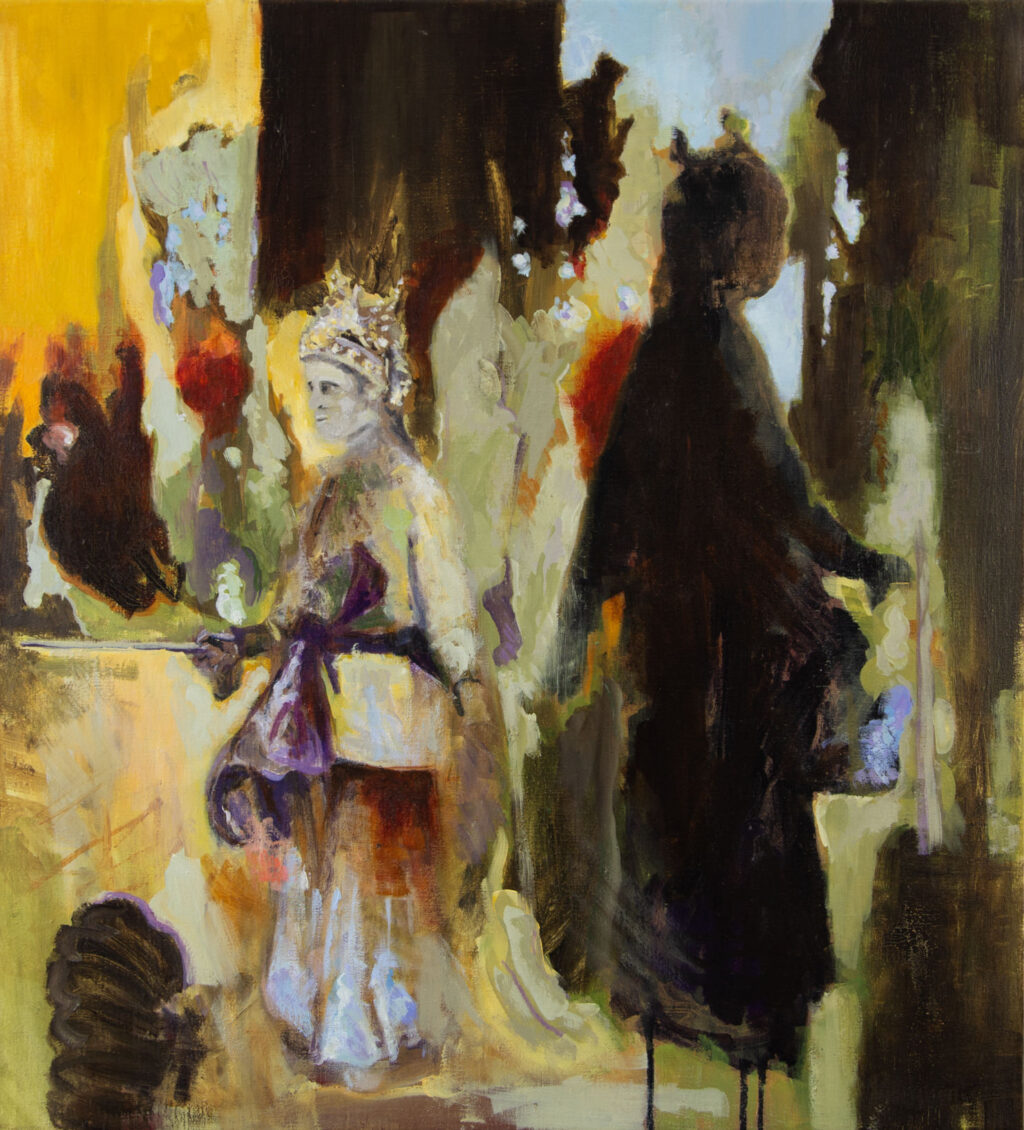
Portrait – Spiegel
2024
oil on canvas
55 × 50 cm
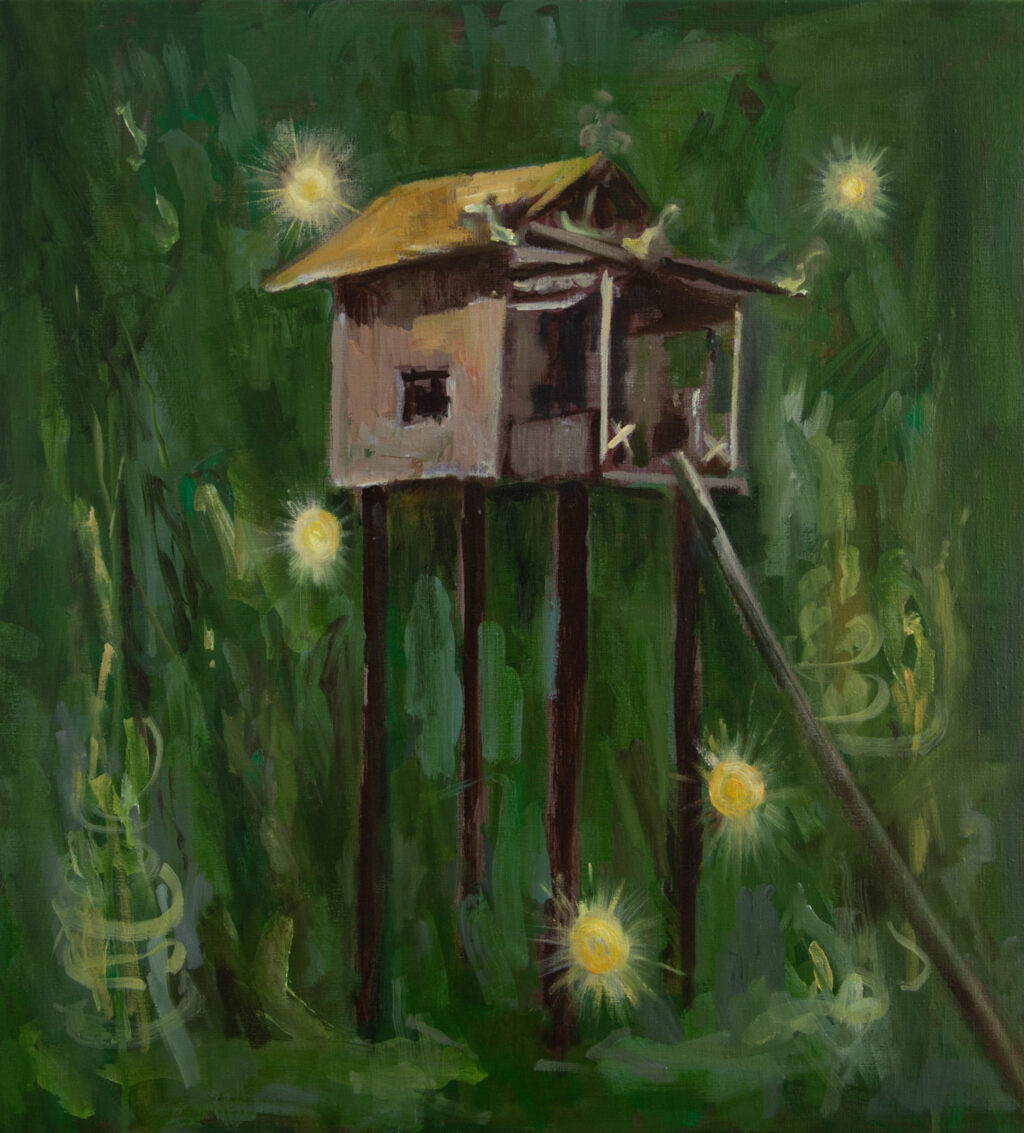
Hochsitz
2024
oil on canvas
55 × 50 cm
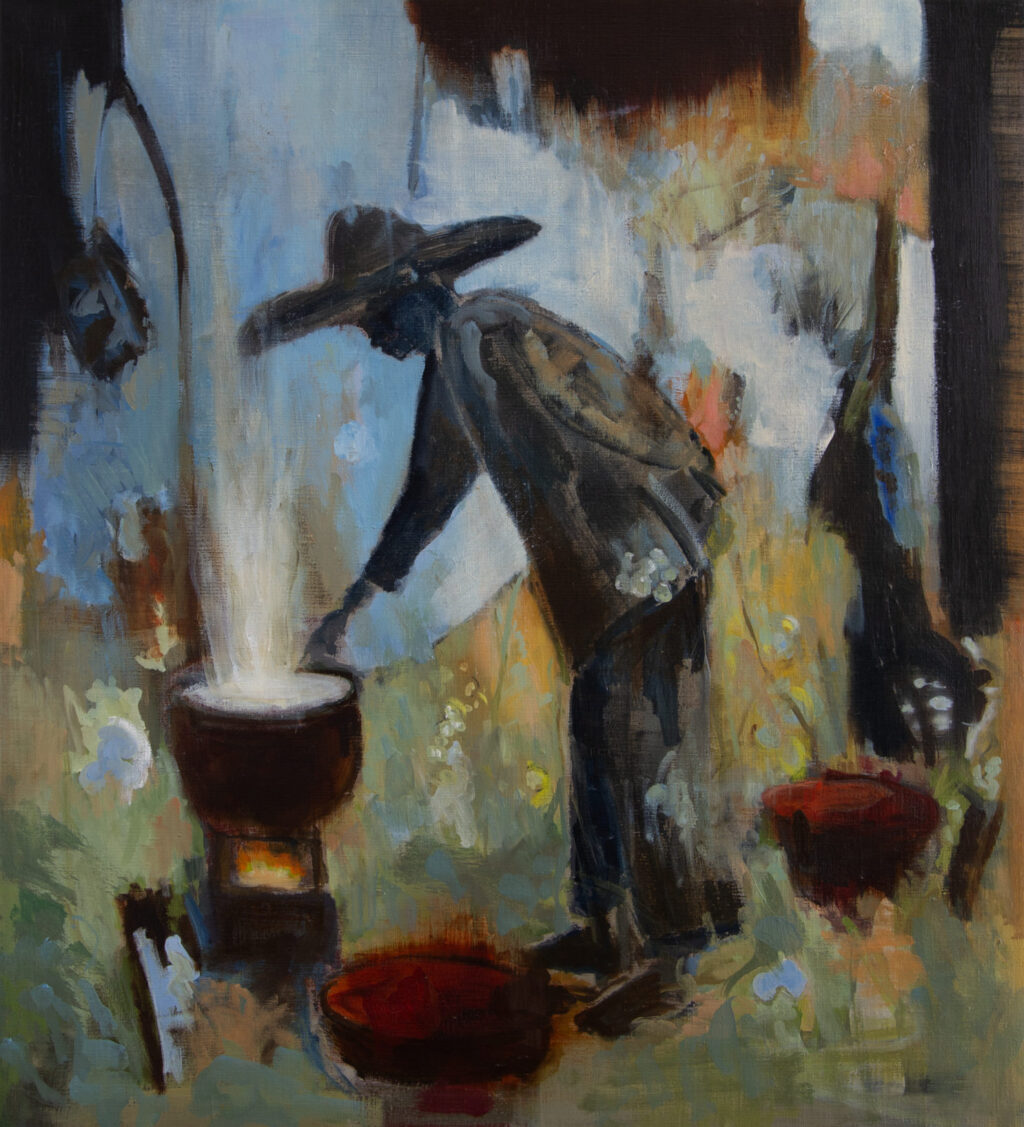
Färber
2024
oil on canvas
55 × 50 cm
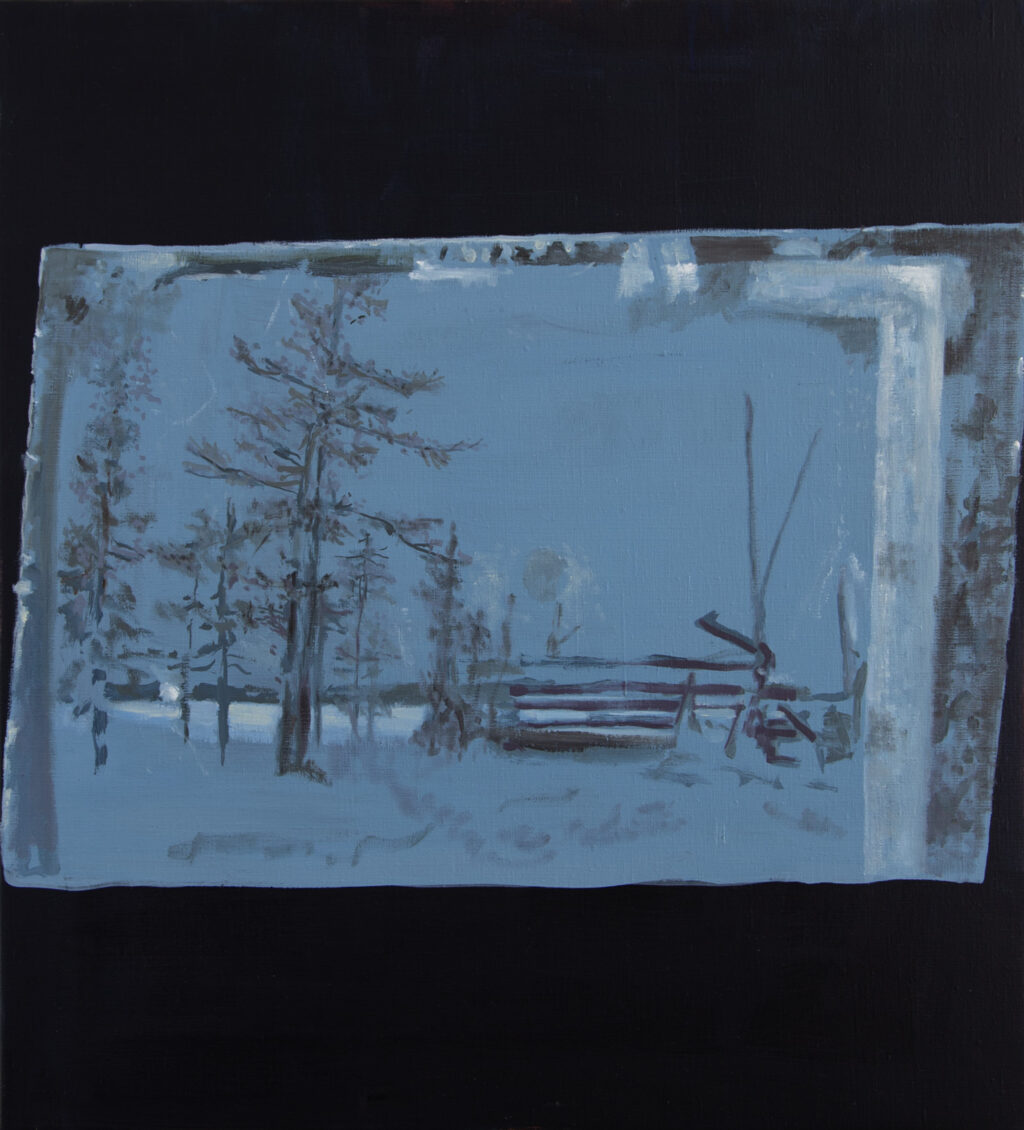
Wintertag
2024
oil on canvas
55 × 50 cm
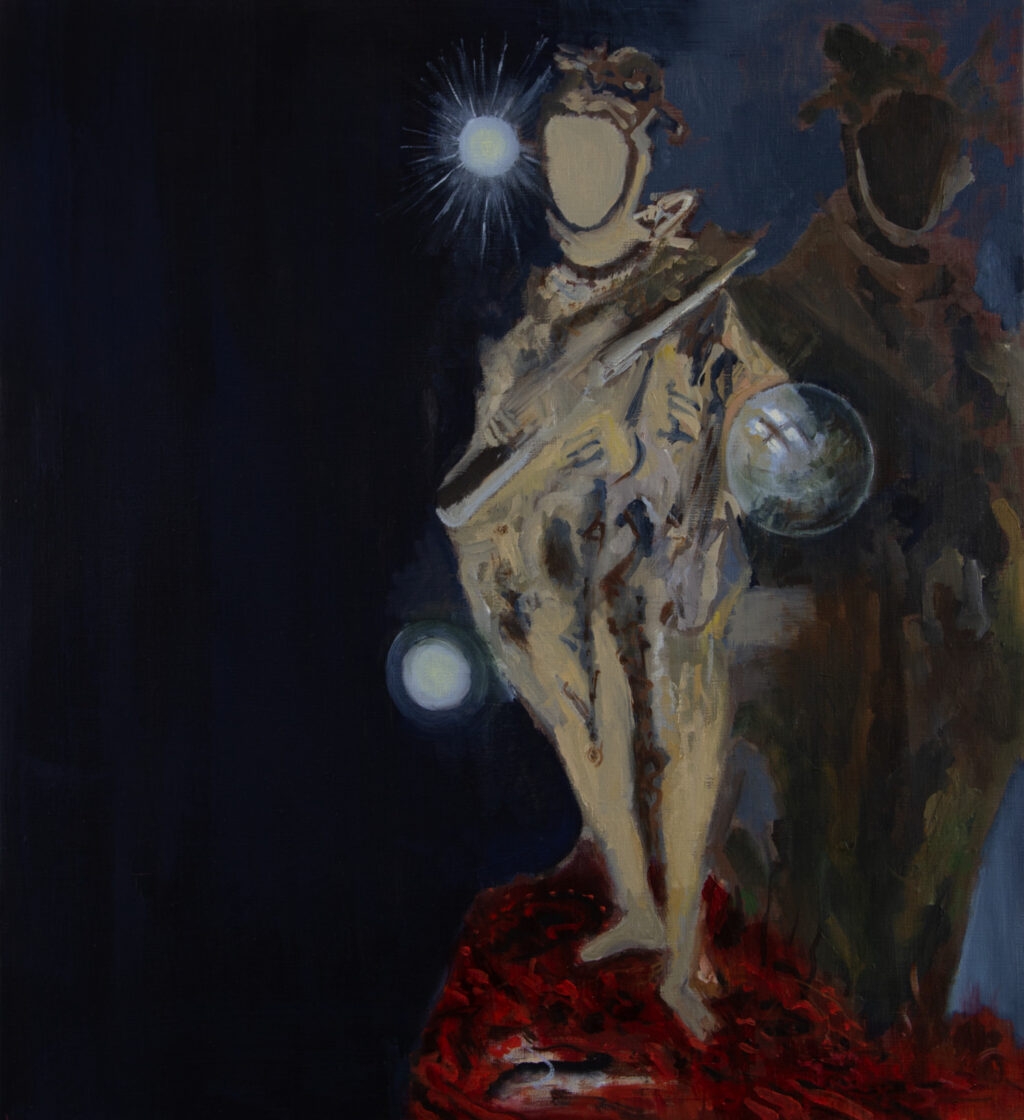
Der Prinz
2024
oil on canvas
55 × 50 cm
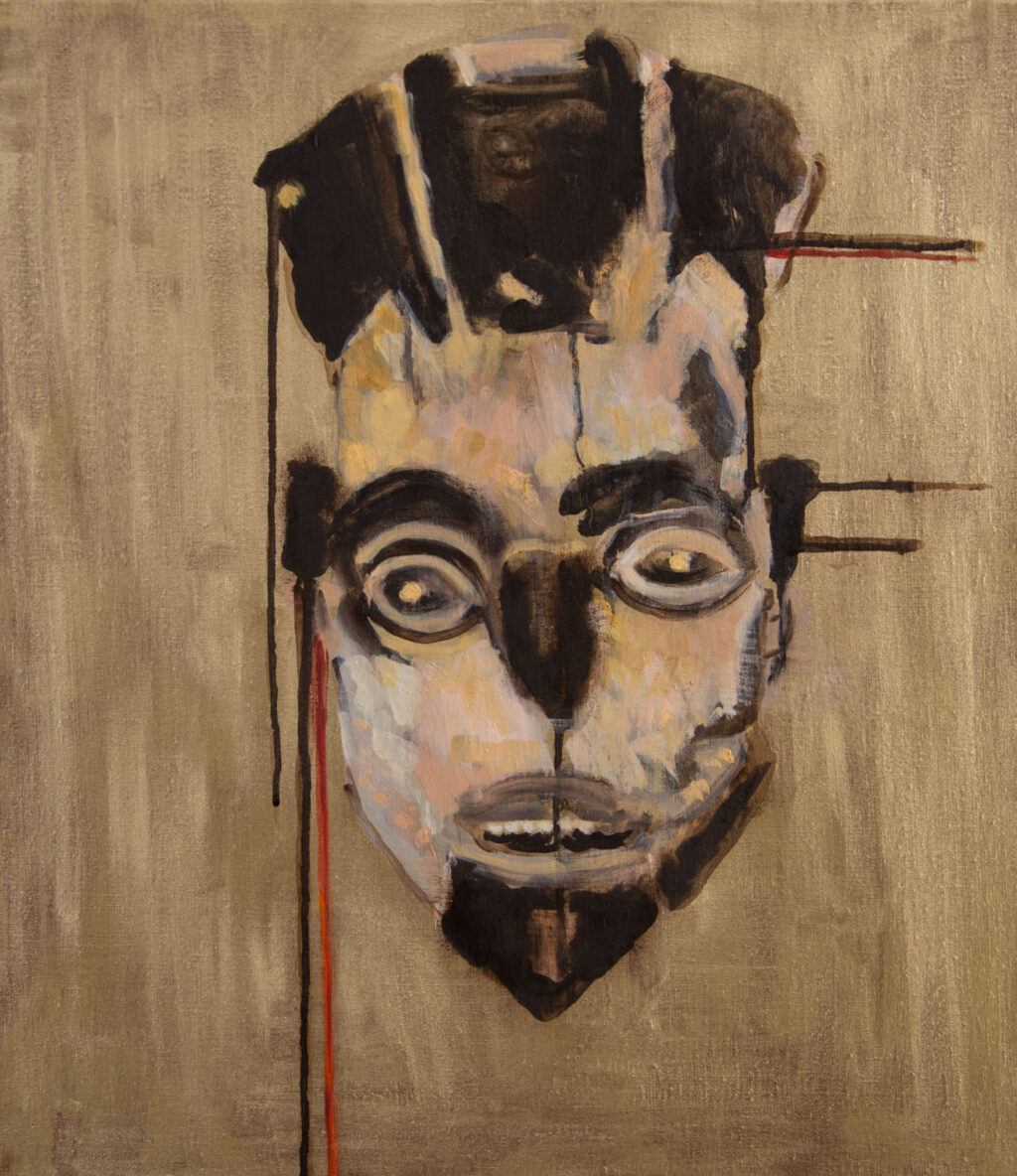
Maske
2024
oil on canvas
46 × 40 cm
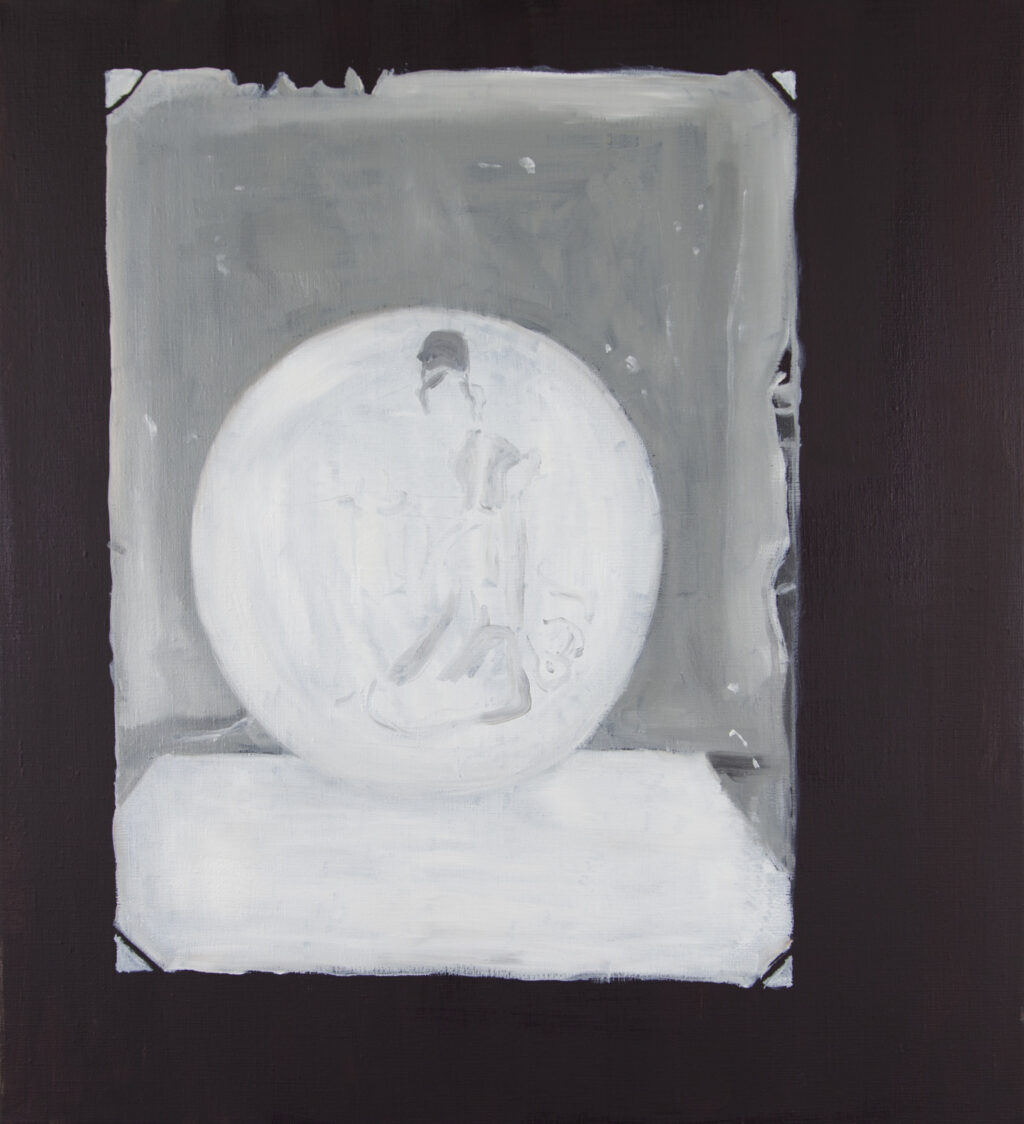
Porzellan
2024
oil on canvas
55 × 50 cm
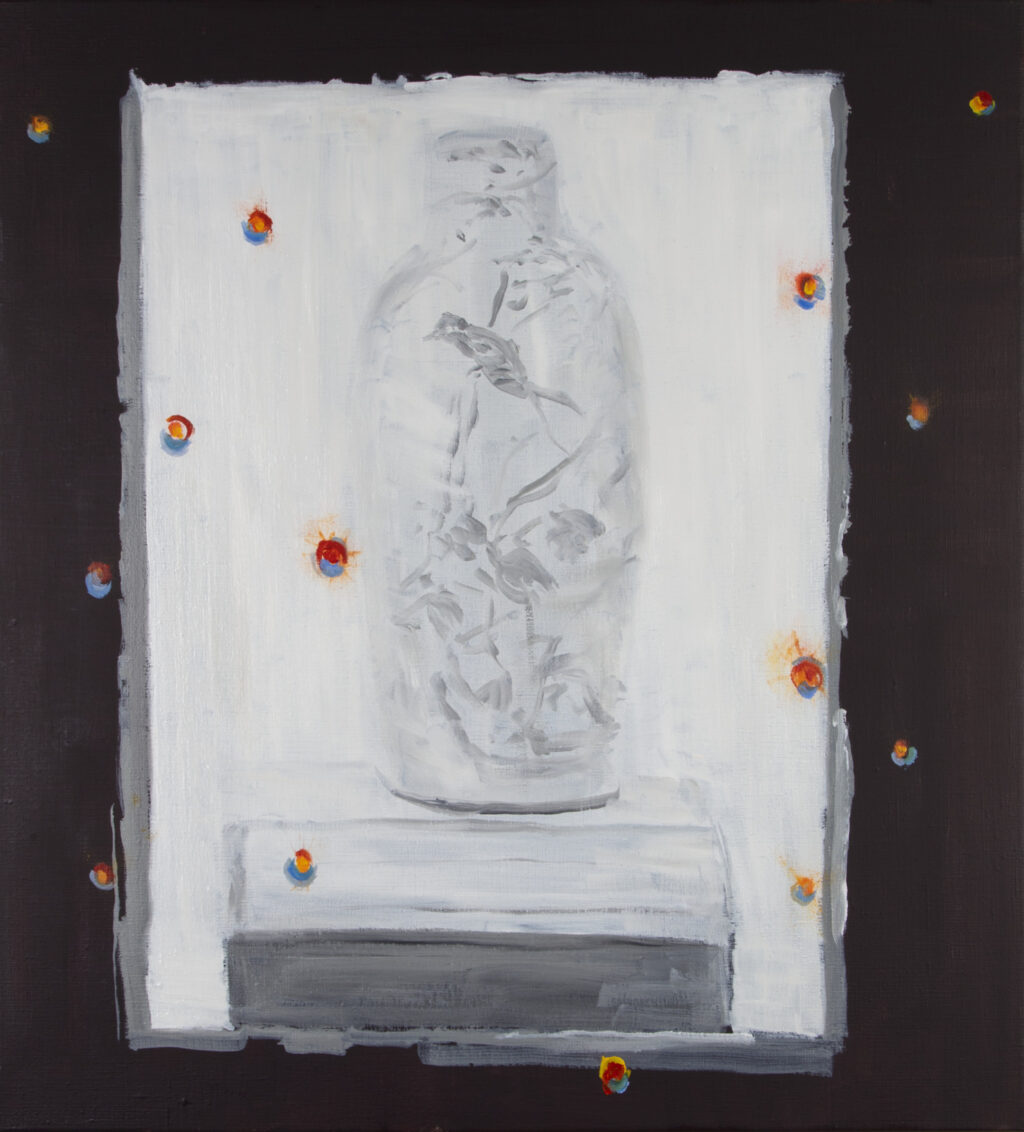
Porzellan
2024
oil on canvas
55 × 50 cm
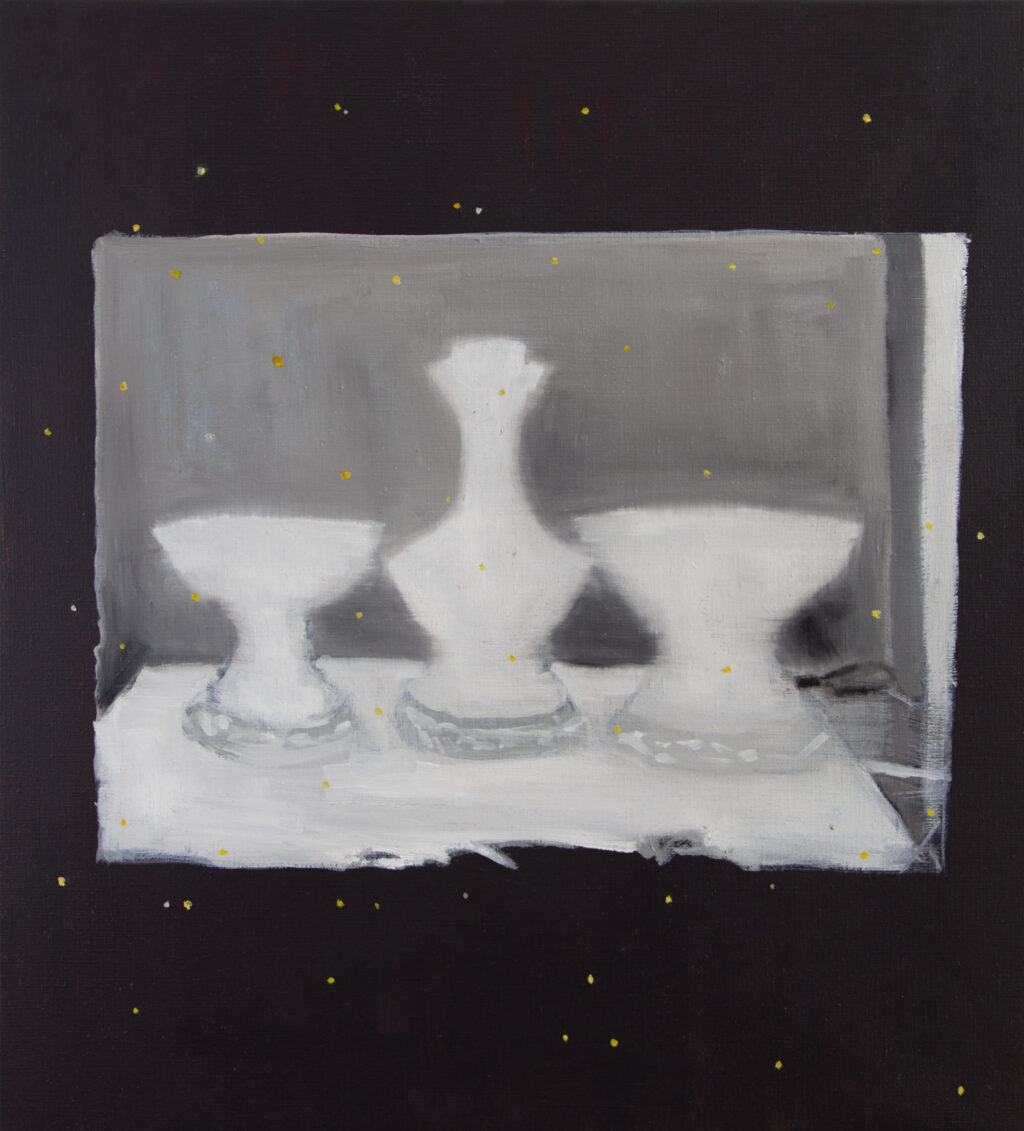
Porzellan
2024
oil on canvas
55 × 50 cm
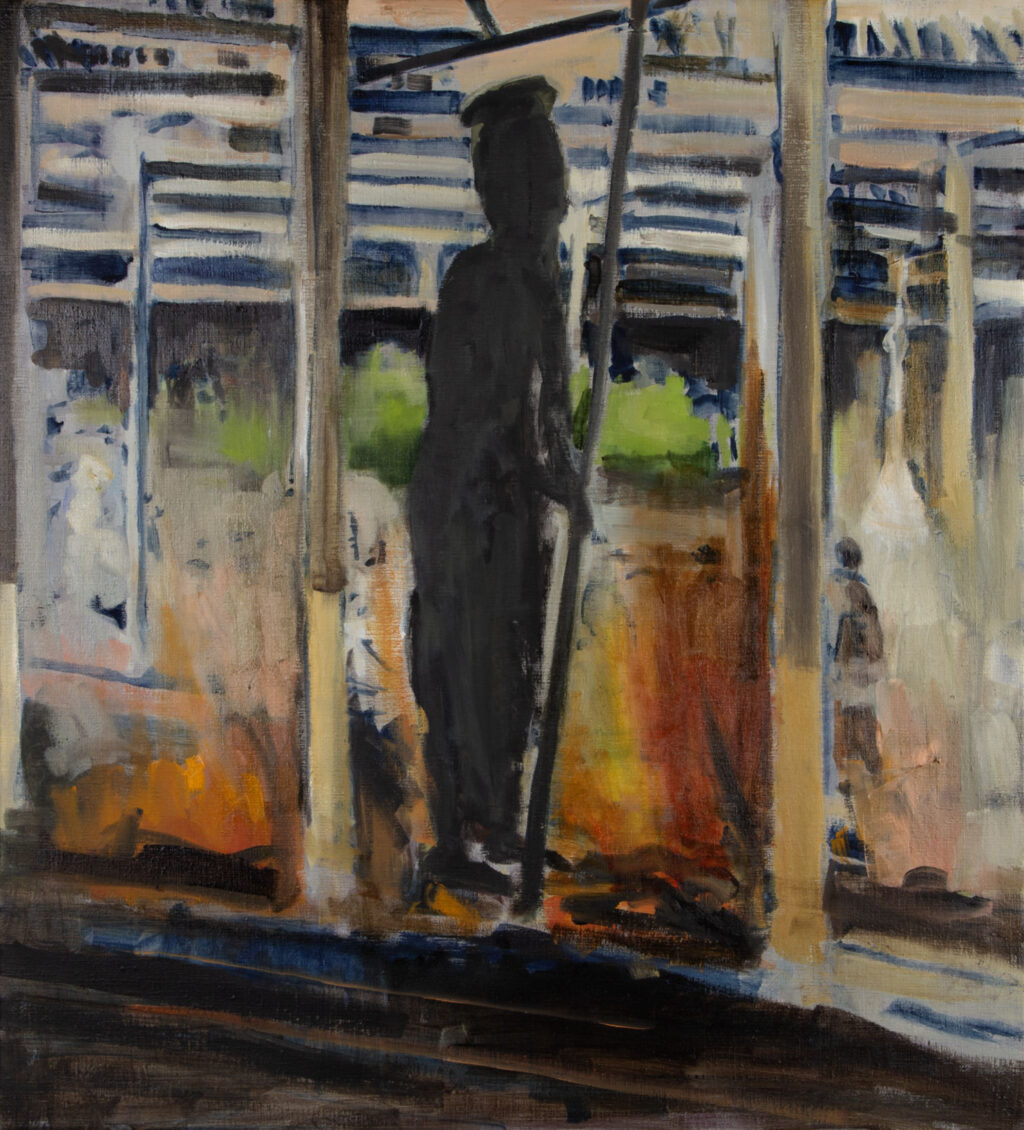
Der Hüter des Feuers
2024
oil on canvas
55 × 50 cm
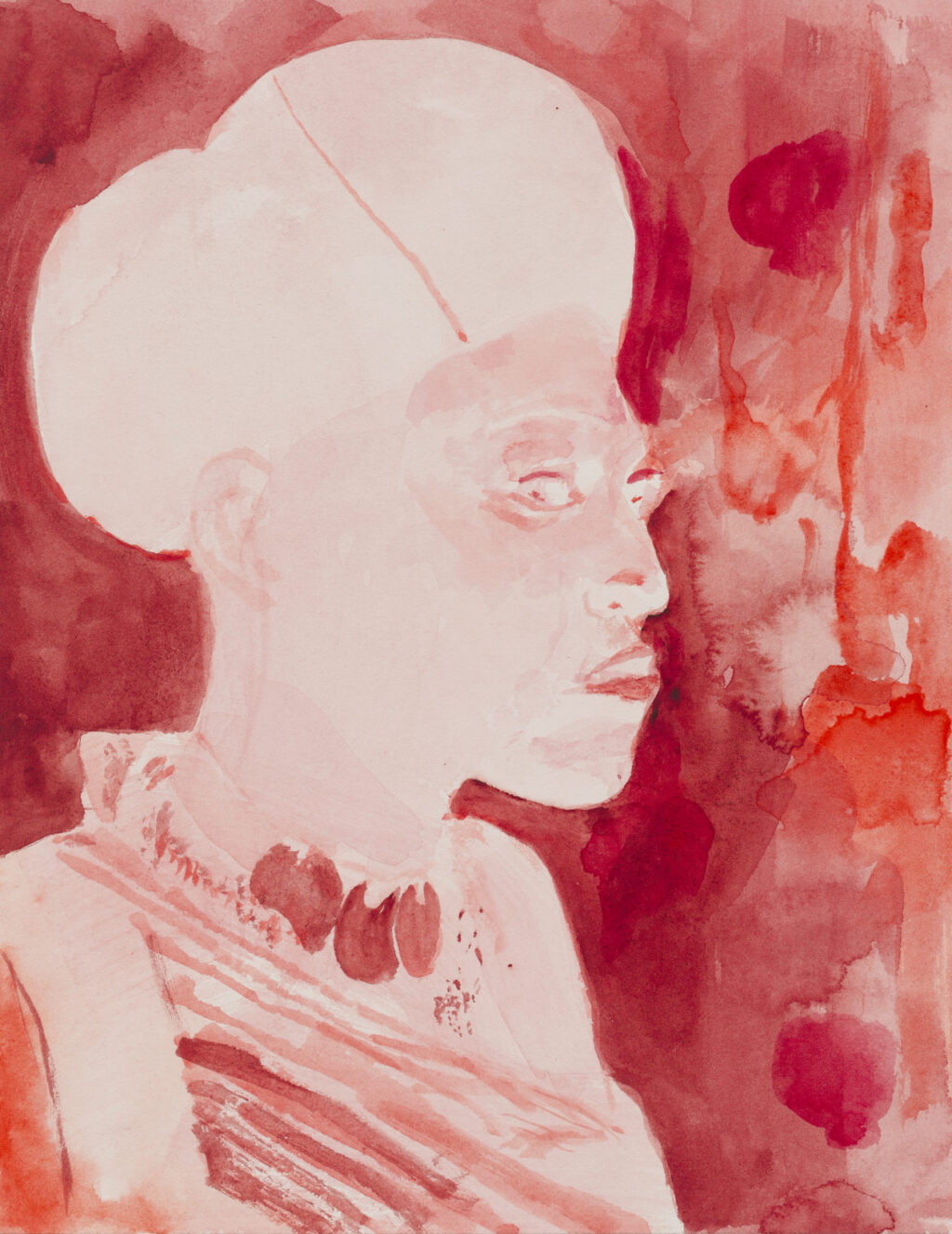
Trachtenraum
2024
watercolor on paper
23.4 ×18.3 cm
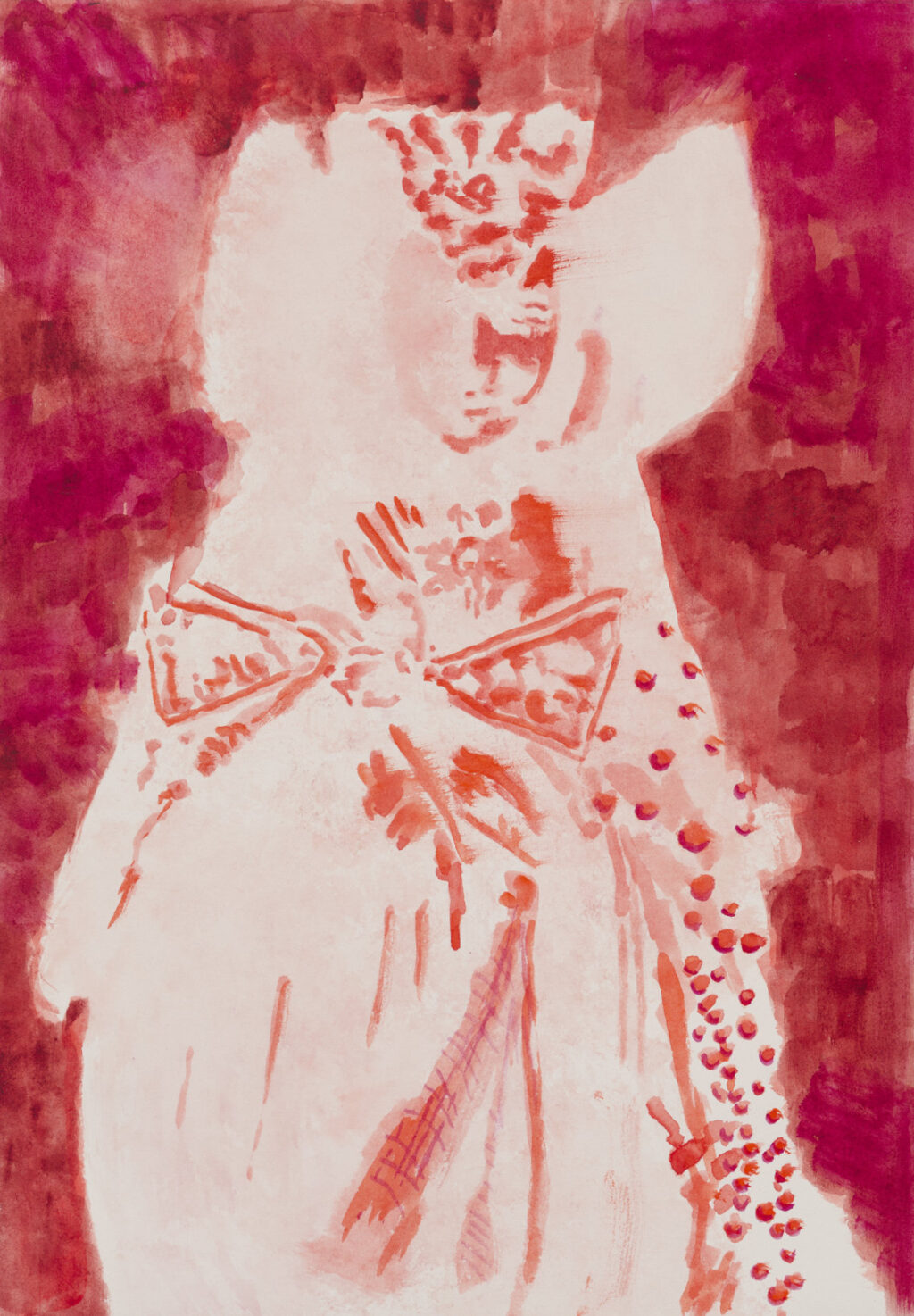
Trachtenraum
2024
watercolor on paper
29.5 × 20.6 cm
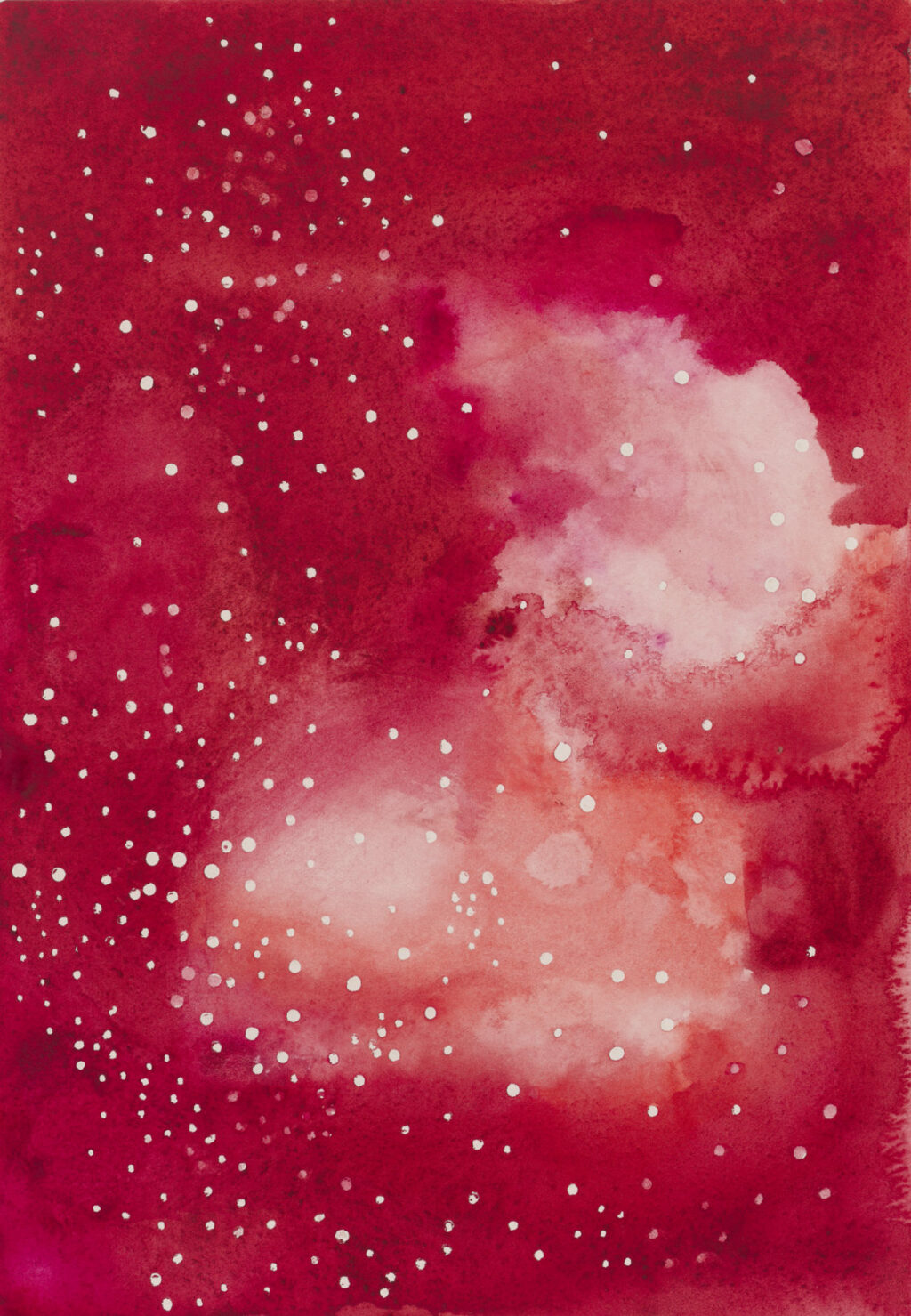
Trachtenraum
2024
watercolor on paper
29.2 × 20.3 cm
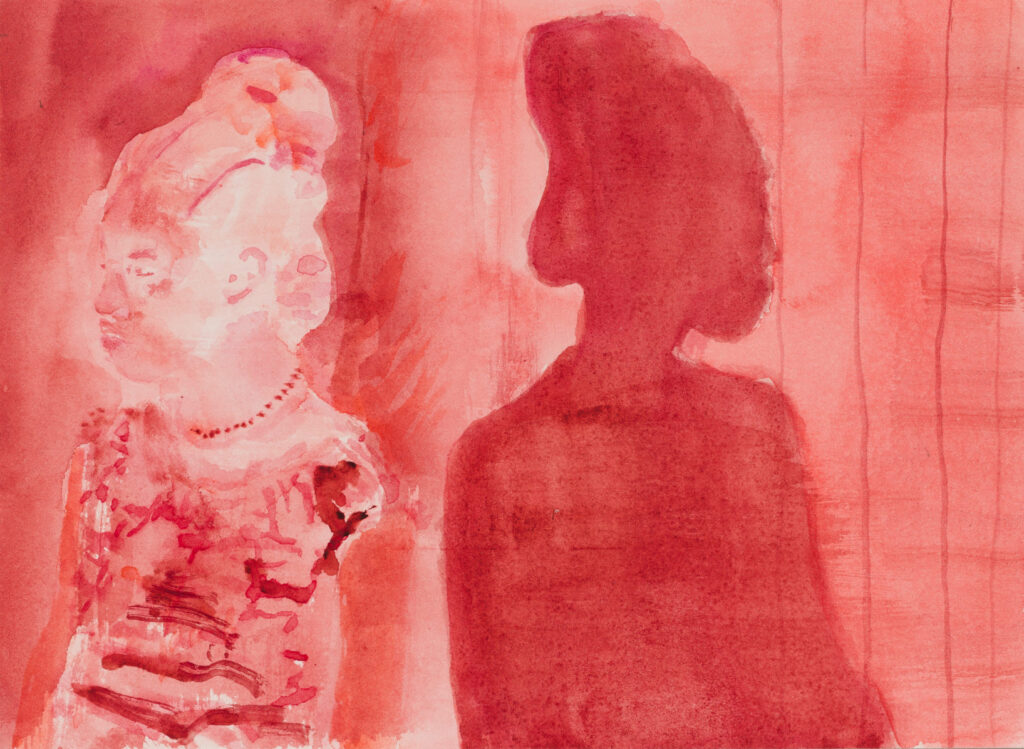
Trachtenraum
2024
watercolor on paper
17 × 23.4 cm
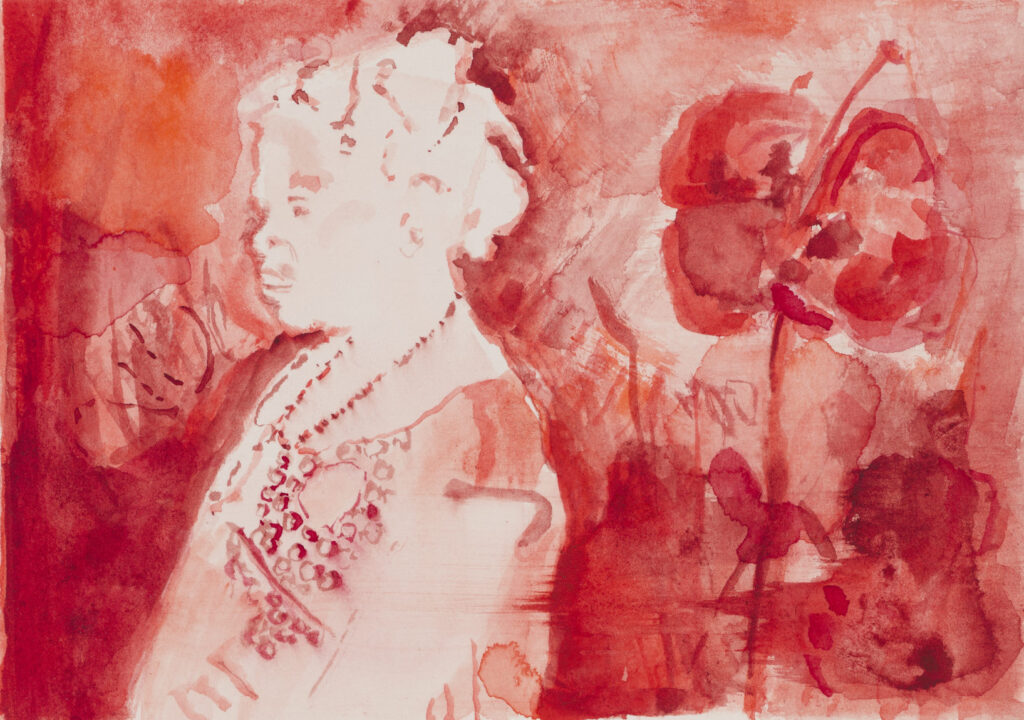
Trachtenraum
2024
watercolor on paper
12.2 × 17.4 cm
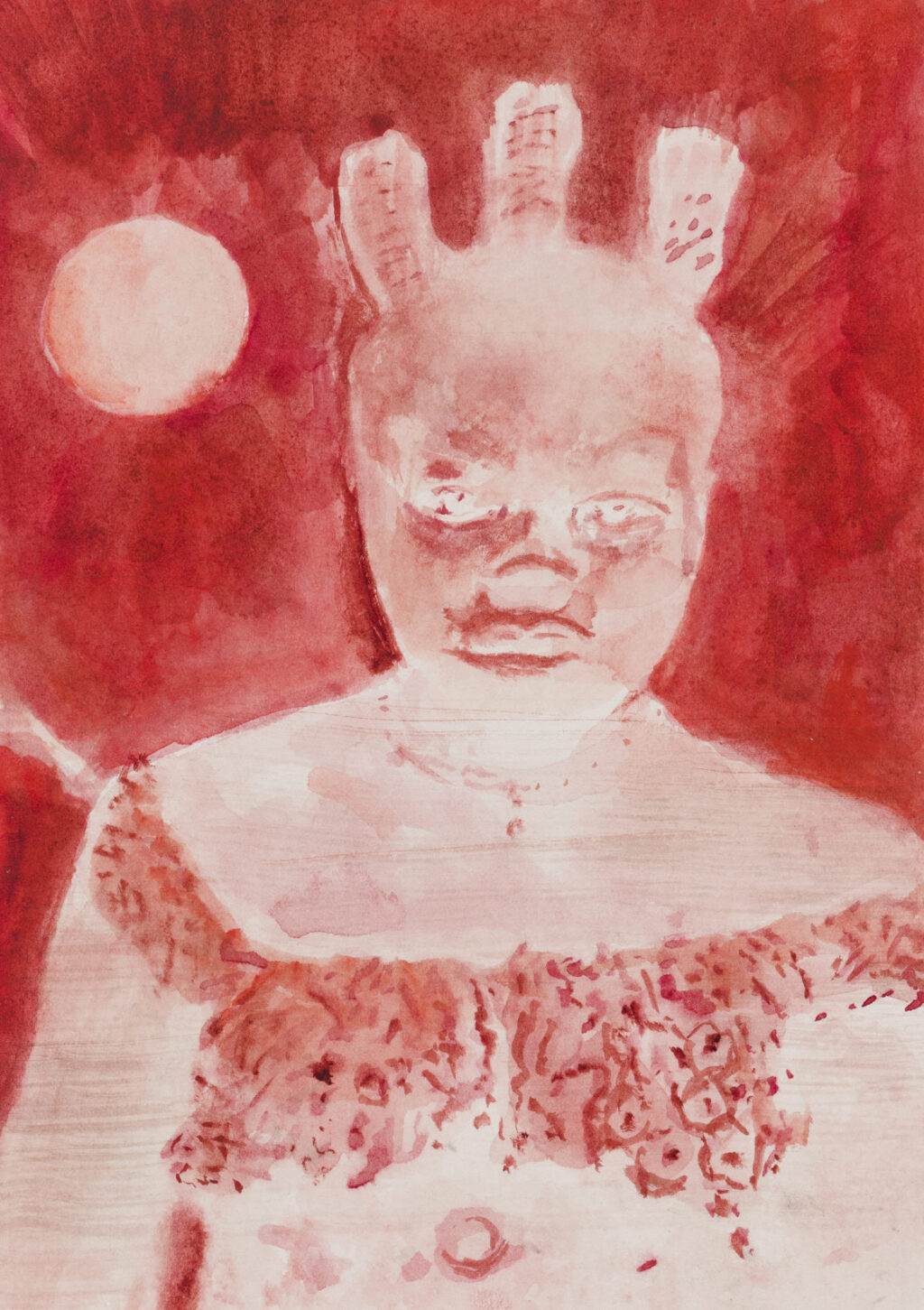
Trachtenraum
2024
watercolor on paper
17.4 × 12.3 cm
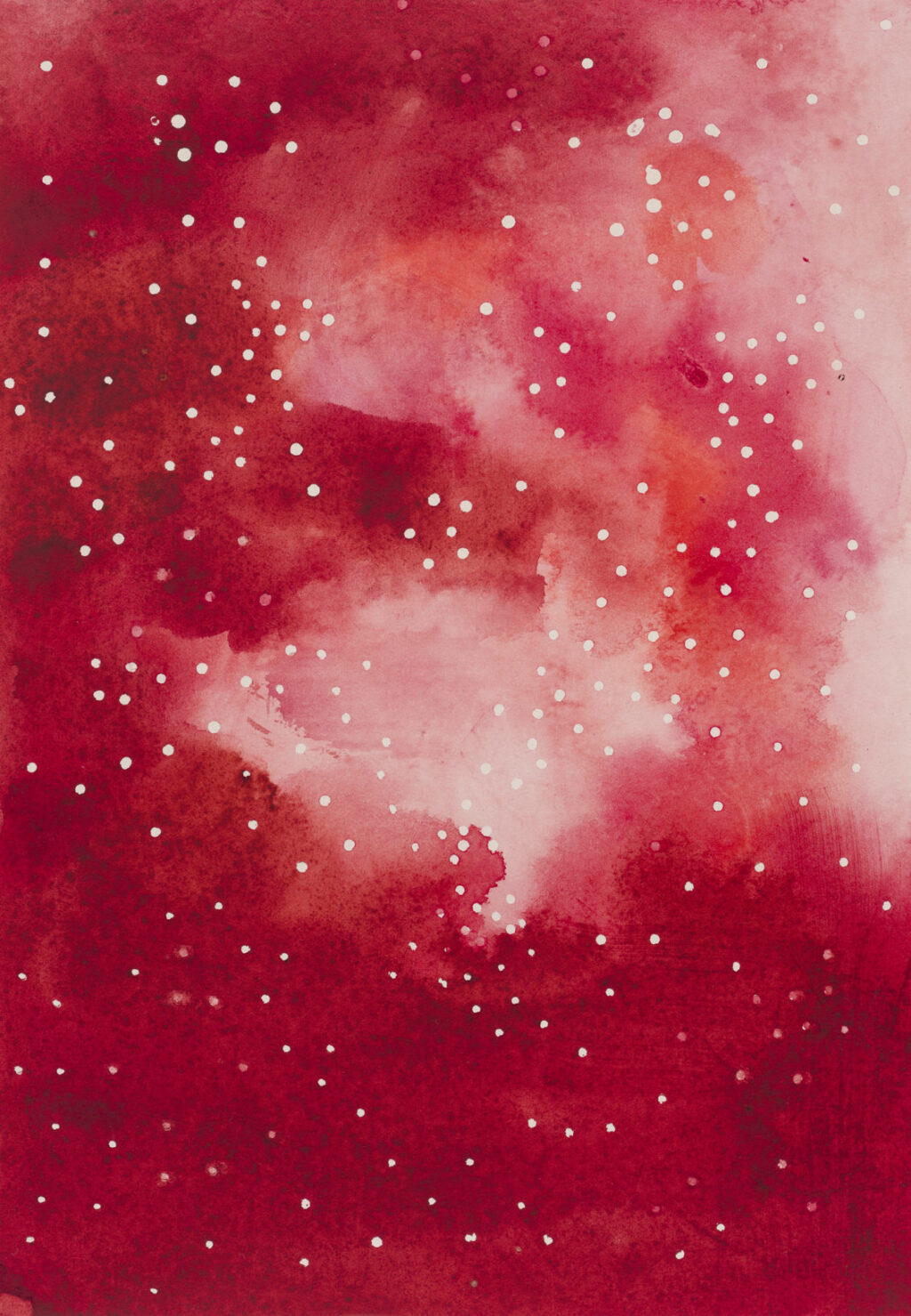
Trachtenraum
2024
watercolor on paper
29.3 × 20.5 cm
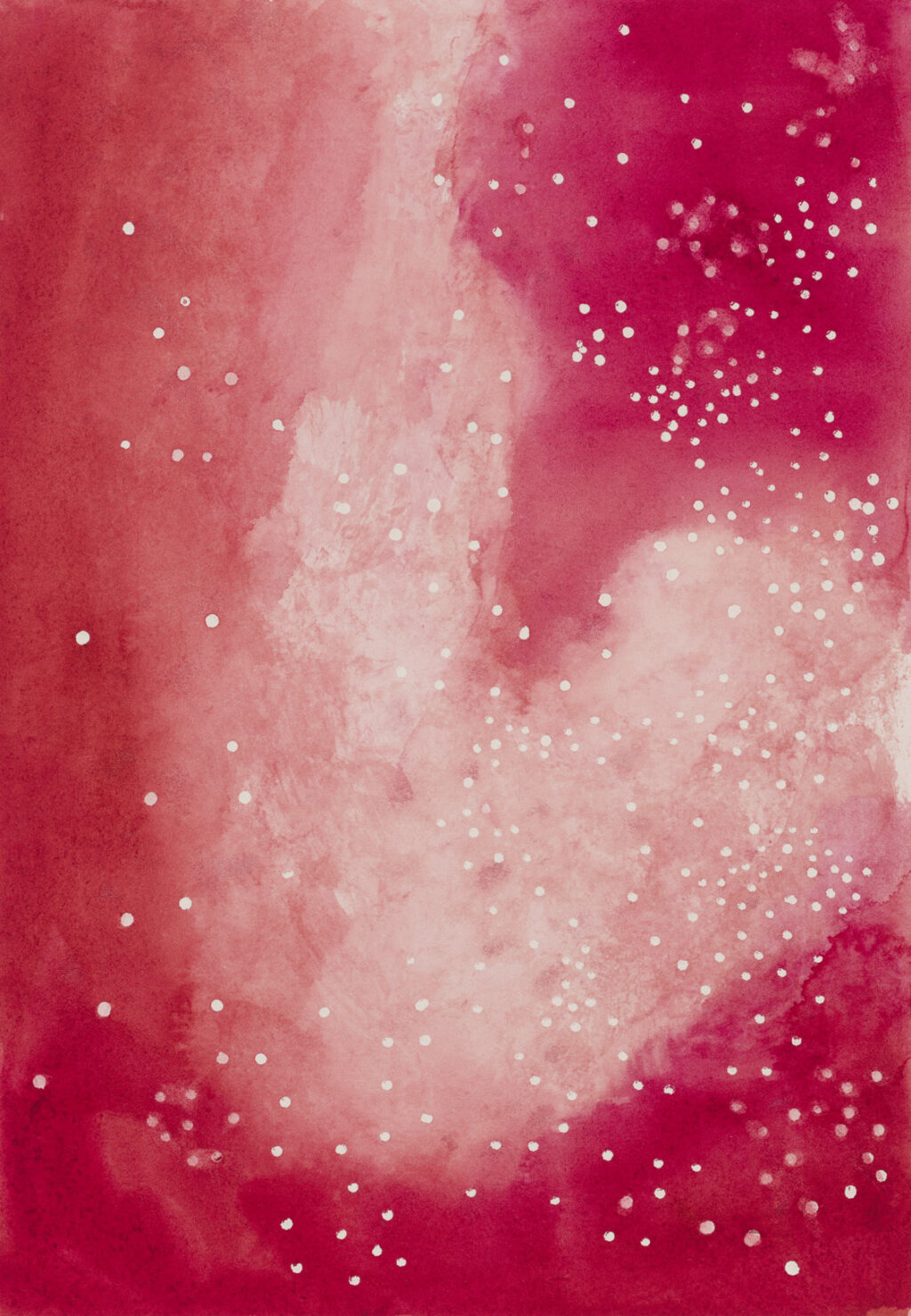
Trachtenraum
2024
watercolor on paper
29.2 × 20.3 cm
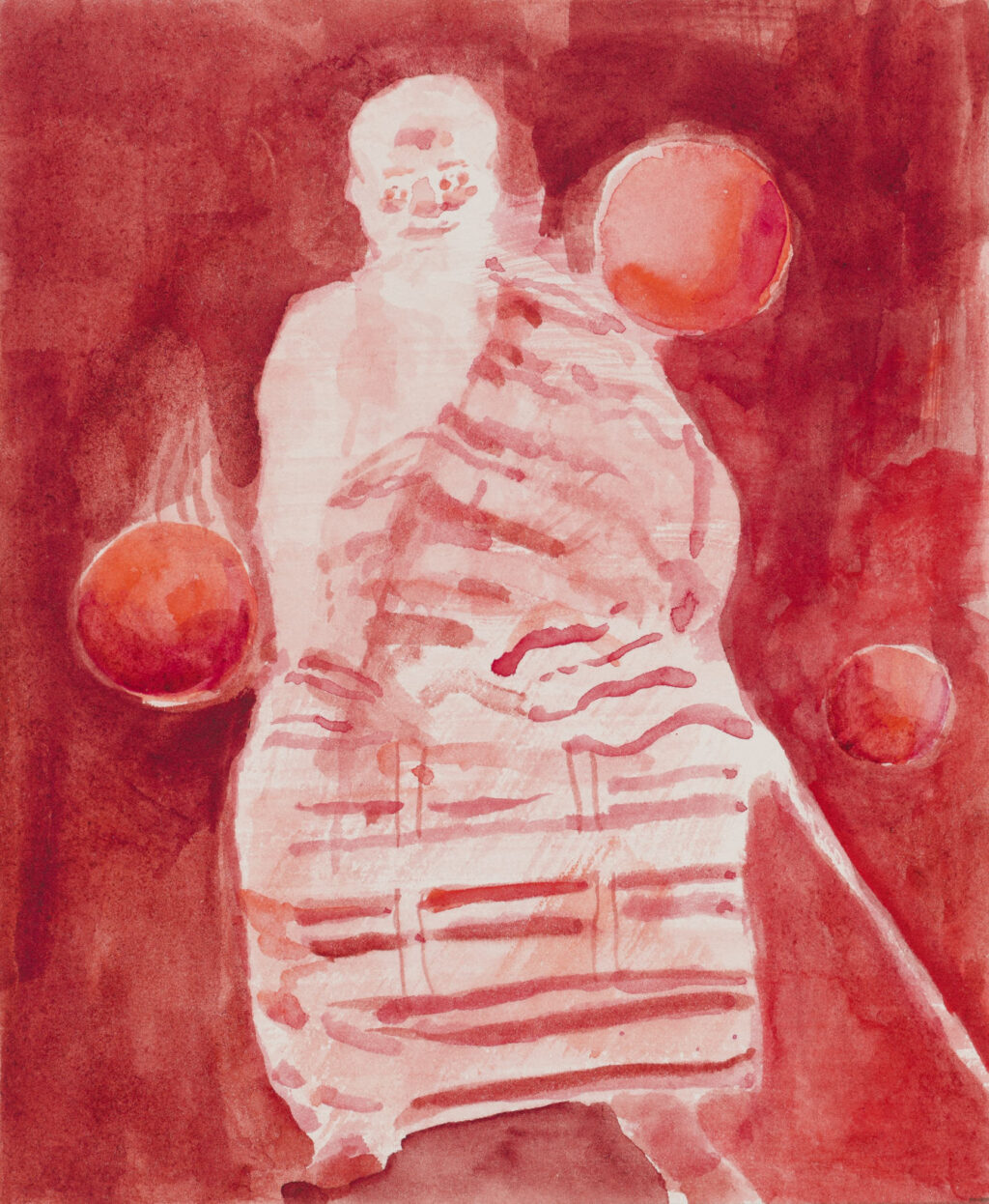
Trachtenraum
2024
watercolor on paper
15 ×12.5 cm
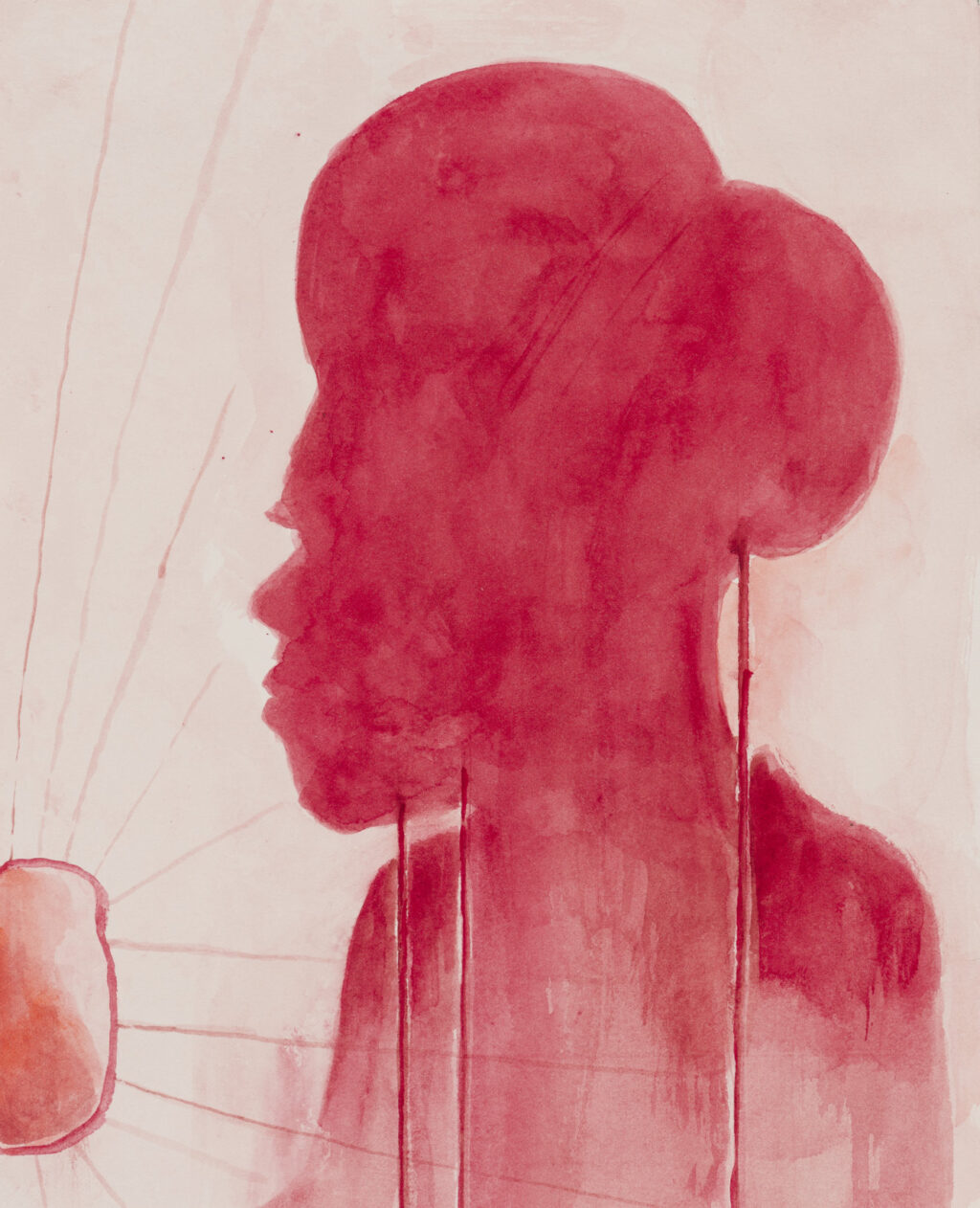
Trachtenraum
2024
watercolor on paper
24.7 × 20.2 cm
Text
Galerie Judin is very pleased to present A Short Parade, its eighth solo exhibition with Swiss painter Uwe Wittwer. Composed of twenty-three small-format and two large paintings, the first thing that catches the eye is the irresistible, jewel-like quality of the color palette. The underlining theme of the exhibition, however, may come as a surprise to many.
The artist’s homeland, Switzerland, is known for its exemplary democratic system and fierce neutrality. But its history features some decidedly dark and unpeaceful chapters. For centuries, the then still poor Alpine Republic’s sole export goods were murderous mercenary armies (the last remnant still serves in the Vatican)! Or, closer to our days, the merciless rejection of the persecuted Jews at the Swiss borders during the Nazi era (the Swiss only accepted their money.) But one could argue that the Swiss at least managed to get through the imperialistic 19th century without colonial blood on their hands. In today’s fierce post-colonial discourse, Switzerland is practically non-existent (apart from the stunning number of Benin bronzes in Swiss museums, of course.)
Now, in an intriguing series of paintings and watercolors, Uwe Wittwer is addressing the activities of the “Basler Mission”, a venerable Swiss institution founded in 1815 and still active today. Long before the bustling little town of Basel set out to conquer the world with its eponymous art fairs, its wealthiest families decided to bring Protestantism to India, South China, Indonesia, West Africa and South America. To be fair, there is no record of any atrocities ever committed by the Swiss – but the basic attitude of the missionaries was, of course, one of racial and religious superiority. And the missionaries (inevitably) cooperated with the local colonial powers and thus helped to consolidate their rule. The Basler Mission was also driven by tangible economic interests and so exploitation of indigenous populations was a welcome side effect of evangelization. Recently, in an effort to come to terms with its past, the organization has provided public access to its substantial archives – some 30.000 digitalized images.
Continue reading
This trove of historic photographs, in snapshots or staged images, attests to the everyday lives of the missionaries and their local charges. It has proven to be an absolute windfall for an artist like Wittwer – whose working process has long been associated with that of an interrogator of archives, primarily within the depths of the internet. Long before coming across the Swiss involvement in colonialism, Wittwer had consistently turned to moments in history that exemplify the 20th century’s legacy of conflict and displacement to find themes for his art, often intertwining collective memory and his own biography. For, Verwehung (Drift) an exhibition at Galerie Judin in 2009, Wittwer immersed himself into the glory and misery of life before and during the second world war in rural Eastern Prussia, from where his grandfather had fled westward in 1945. He drew on a few autobiographical images for this – but mainly on what he discovered on the internet.
Wittwer’s artistic practice is characterized by his scrutinizing, almost untrusting approach to found imagery. He never transposes found images one-on-one into artwork. In dealing with historical or biographical source material, he works through an elaborate process of deconstruction, using strategies including rendering images as negatives or using repetition, redaction, fragmentation or reversal. Through such manipulation the original images are transformed, ultimately offering alternative realities.
This also applies to a considerable extent to the 25 new paintings in A Short Parade. Take the eponymous painting, one of only two large formats: it presents us with five unidentifiable figures wearing cloaks in bright, warm colors, their faces hidden behind larva-like, pointy masks. They are holding up burning lanterns on long poles, even though they are walking in bright daylight. The viewer is immediately reminded of traditional European carnival parades, and interestingly, the lanterns in the painting indeed correspond to a centuries-old carnival custom from the Basel area. But this seemingly conclusive association leads us straight down a wrong interpretive path. The black-and-white photo that Wittwer used as a template for this painting does, in fact, stem from the archives of the Basel Mission. Looking at it, we readily recognize the figures, but the masks they are wearing can now be disconcerned as being in the Asian tradition. And in the background we see small wooden houses standing on rat-proof stilts. The figures’ arms and hands disappear under their cloaks – they do not carry lanterns. The artist has made full use of the artistic freedom he’s entitled to and has altered the original image to such an extent that its “colonial” origin is no longer apparent. What persists is an air of ethnicity and folklore – only that our perception has been turned towards the photographer’s cultural extraction, and away from the exotic folklore that his performers were asked to put on display. Wittwer thus turns the exposure, the exoticization, against its originator.
In Droschke, one of the small formats, the motif immediately reminds us of Wittwer’s very memorable images of the refugee treks in the war winter of 1944 from the series Verwehung, mentioned above. But it is likely that the artist did not name the picture “Droschke” (cab) without reason, referring to the light one-horse carriages, which remain to be popular with visitors to Vienna or New York’s Central Park. But the strangely oversized wheels and the worrisome slant point in a different direction. In fact, this modest vehicle is standing at the edge of a barren wilderness and the coachman is wearing a turban. Once again, the artist not only plays with the contemporary viewer’s perception, but also comments on the Eurocentric perspective of the photographer. The composition of the historical photograph suggests an excursion, a recreational activity. However, the discernable posture of the passengers suggests that they were not in a leisurely mood.
Not all the paintings in the series are encoded to this extend. A painting is titled Sänfte (Sedan Chair) and the sight of a plantation owner (or missionary) being carried around a lush landscape fulfills our expectations of the colonial everyday behavior. Wittwer has painted mysterious floating blue “eyes” into the trees in the background, reminiscent of a peacock’s fanned out tail. Perhaps here too, the original photograph would provide more solution. In Rat (Council), we see an assembly of dignitaries in traditional Far Eastern clothing. It is an appreciation of the fact that in almost all areas of colonization, political and social structures pre-existed European interference. In the center of the painting Der Hüter des Feuers (The Keeper of the Fire) we see the silhouette of a figure, which reminds us of a temple warden or a palace guard. We are not far off the mark. As a template, Wittwer used a photograph taken around 1900 of an industrial site in Calcutta (now Kolkata) – and then added the figure. In a sense, the industrial weaving facilities built by the British in India were indeed the new palaces of colonial exploitation and the temples of capitalism. Ever since the infamous helicopter sequence from Apocalypse Now, buildings on stilts set against jungles are burned into our collective memory as being Vietnamese. And so Hochsitz (Raised Hide), takes us back almost 20 years in Wittwer’s continuous and overlapping development of series. For the creation of the Camps series, he used the snapshots of the daily routines of US soldiers stationed in Vietnam, which veterans had posted on the internet. And that is where we come full circle. For what was the Vietnam War if not the most brutal aftermaths of colonial world politics?
Wittwer’s approach to image-making has been described as “voyeuristic”. This is something he was, of course, aware of with every brushstroke, as he turned to the extremely charged subject matter of colonial history. Wittwer understands the relevance of contemporary art as a lens to understanding a fast-evolving world and as navigational aid in the ever-growing flood of images. To this end, it is a good thing that he dares to look back into our past.
Video
Exhibition Tour
Video Art/Beats
